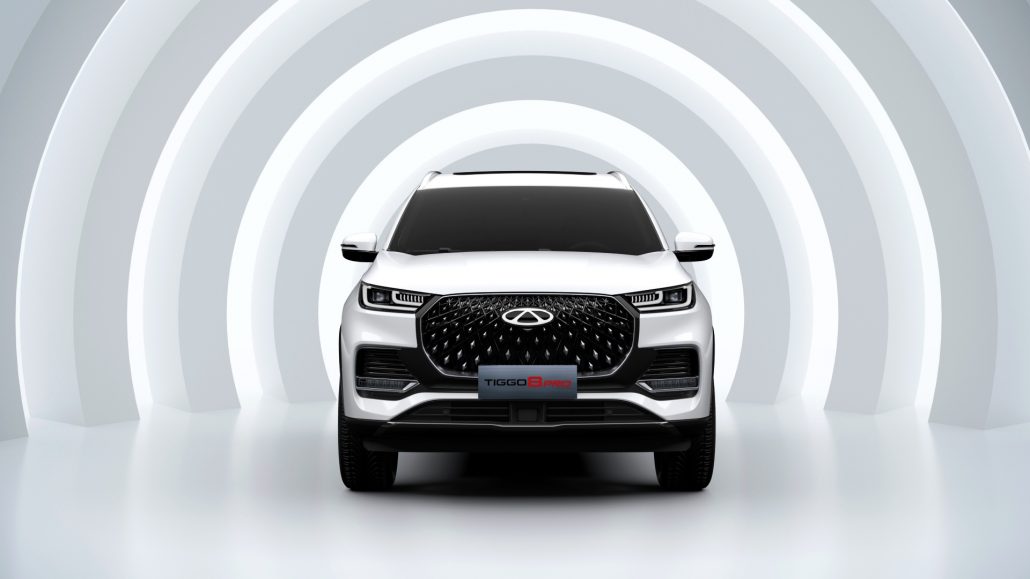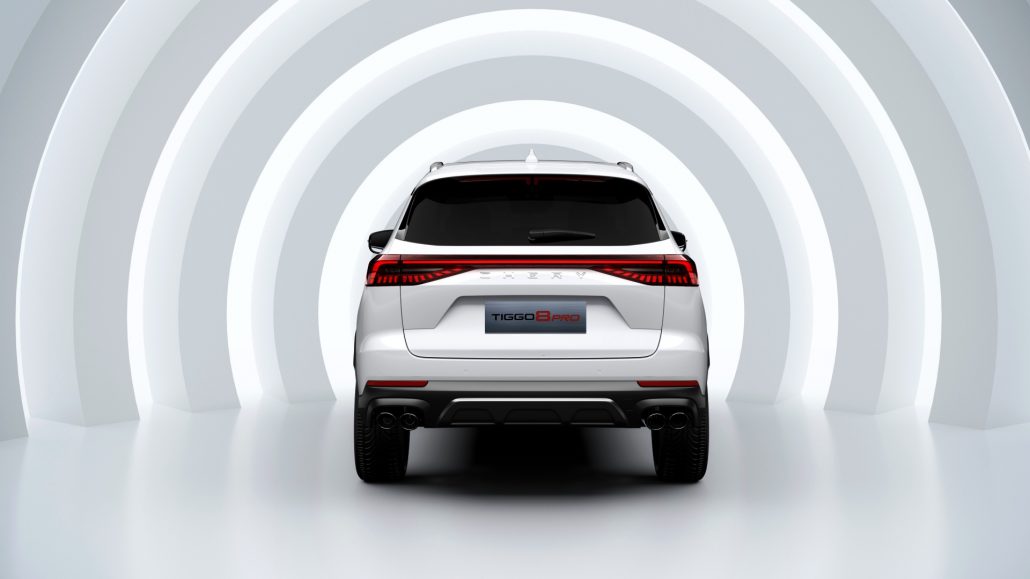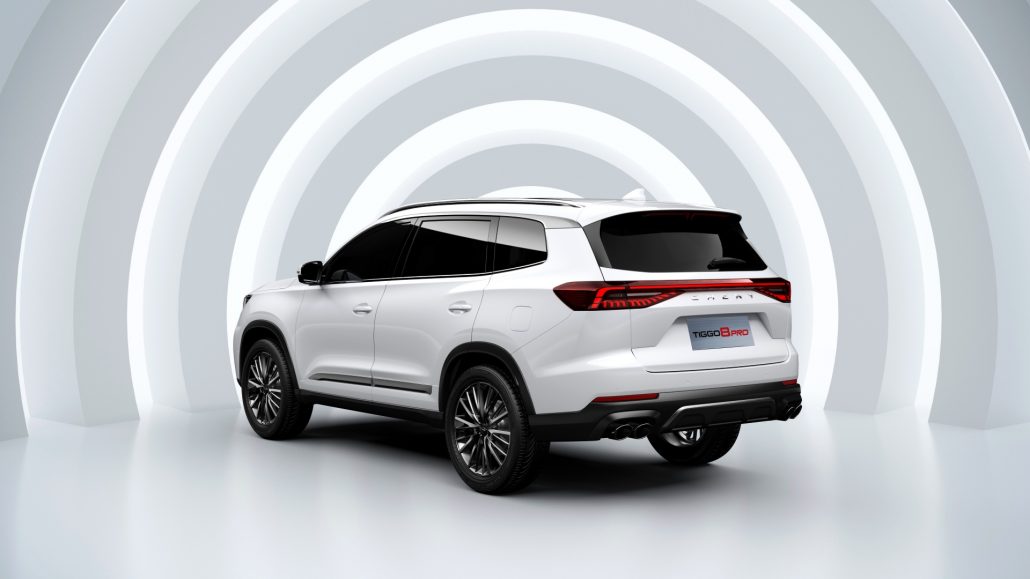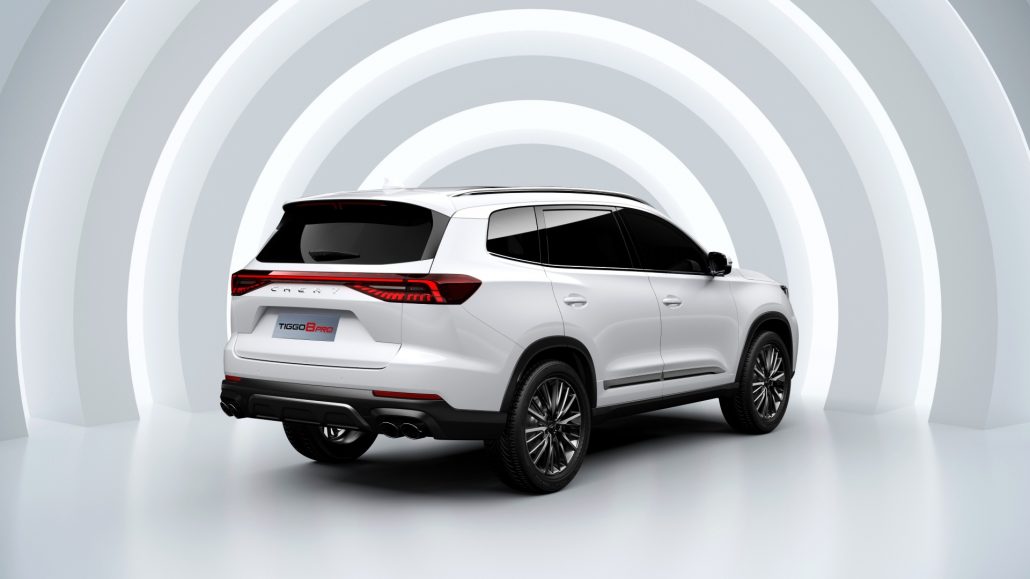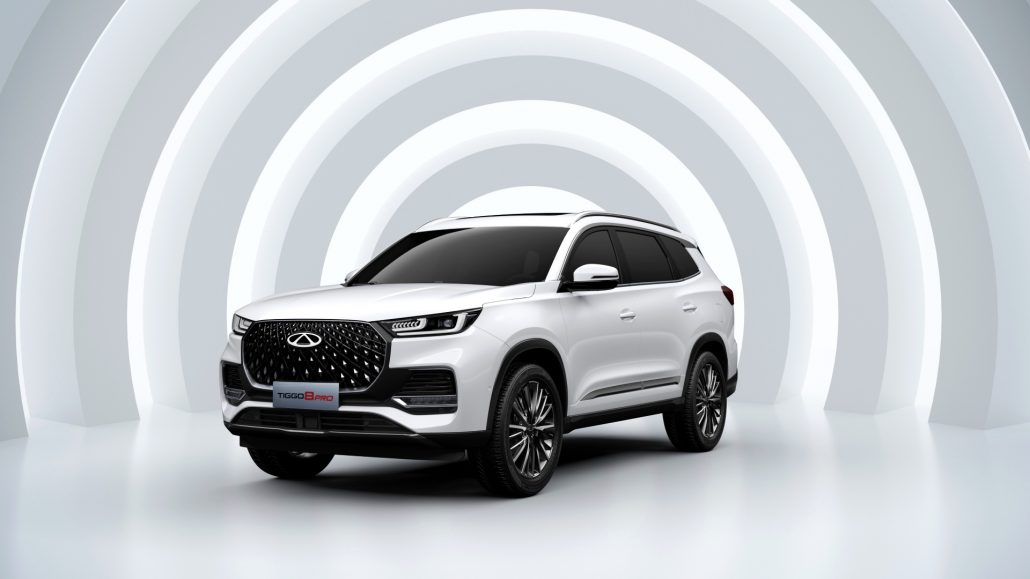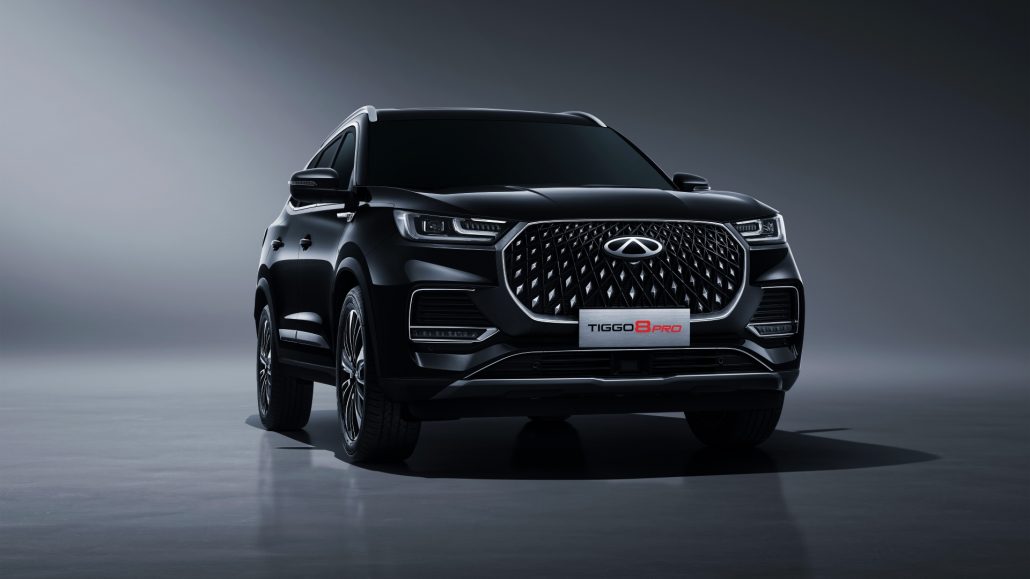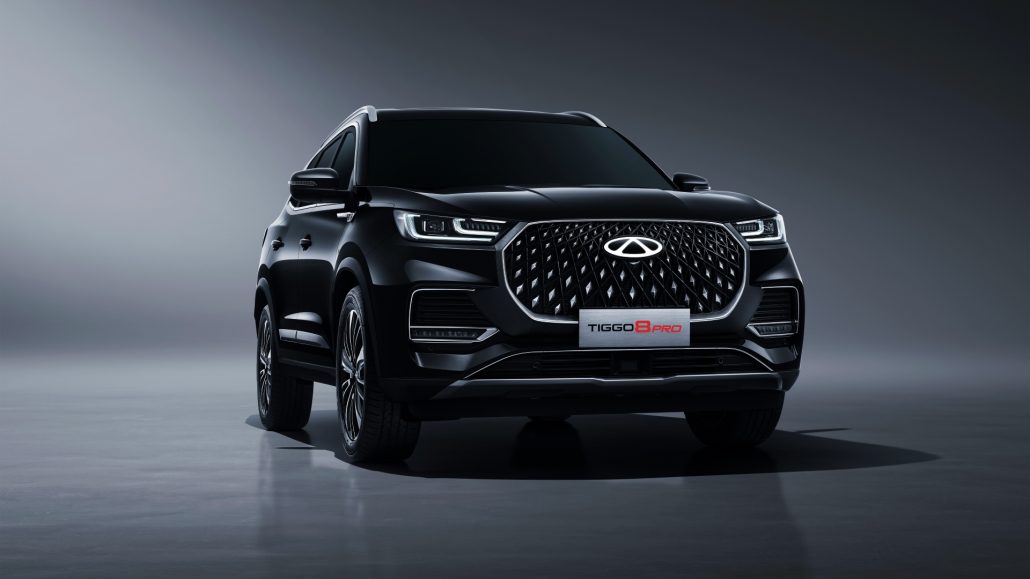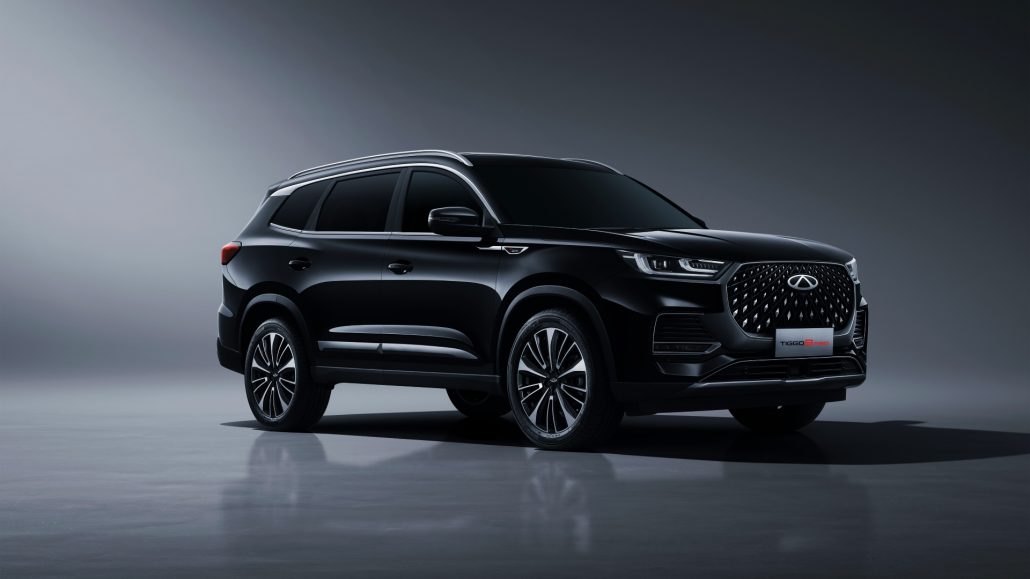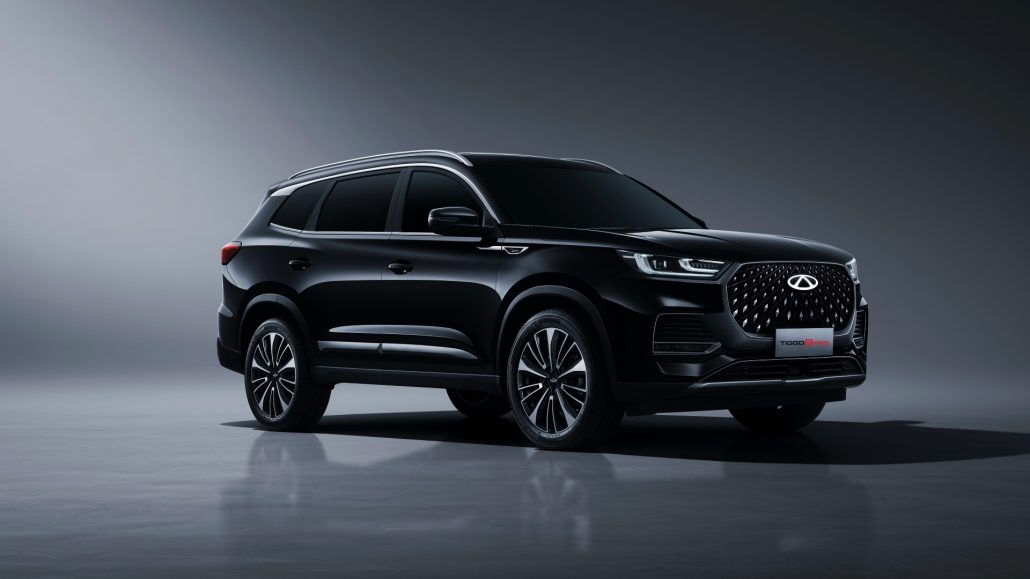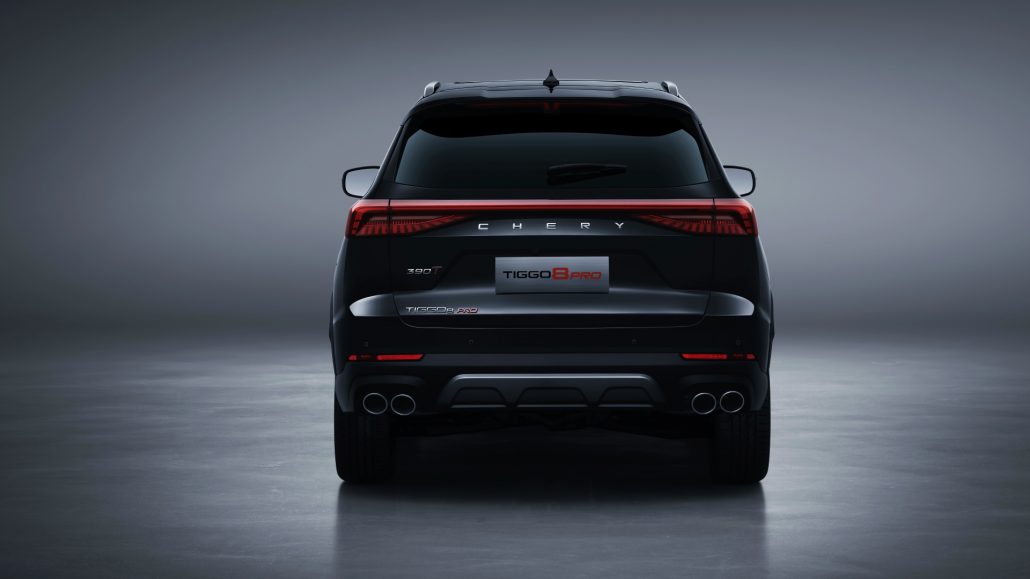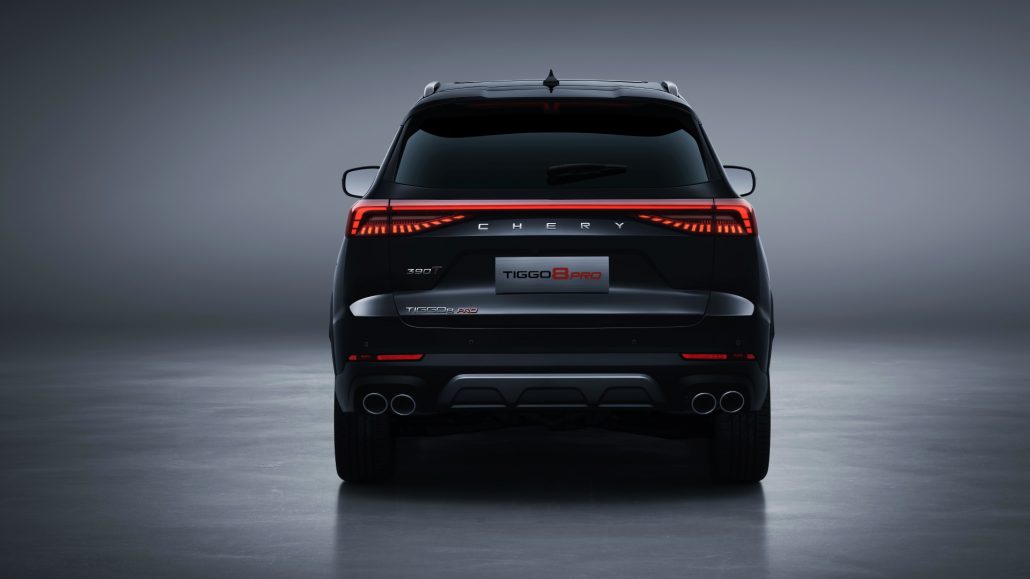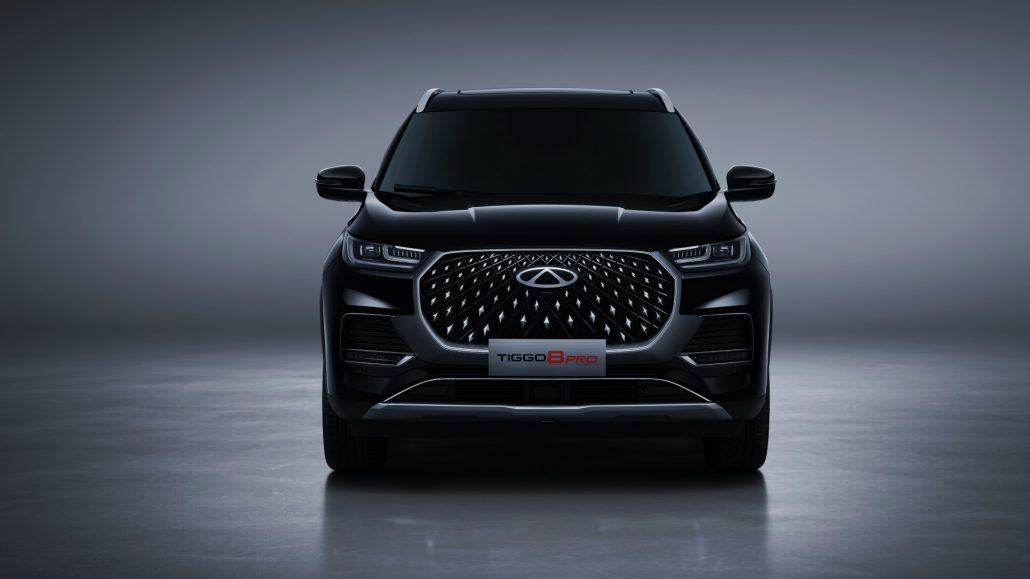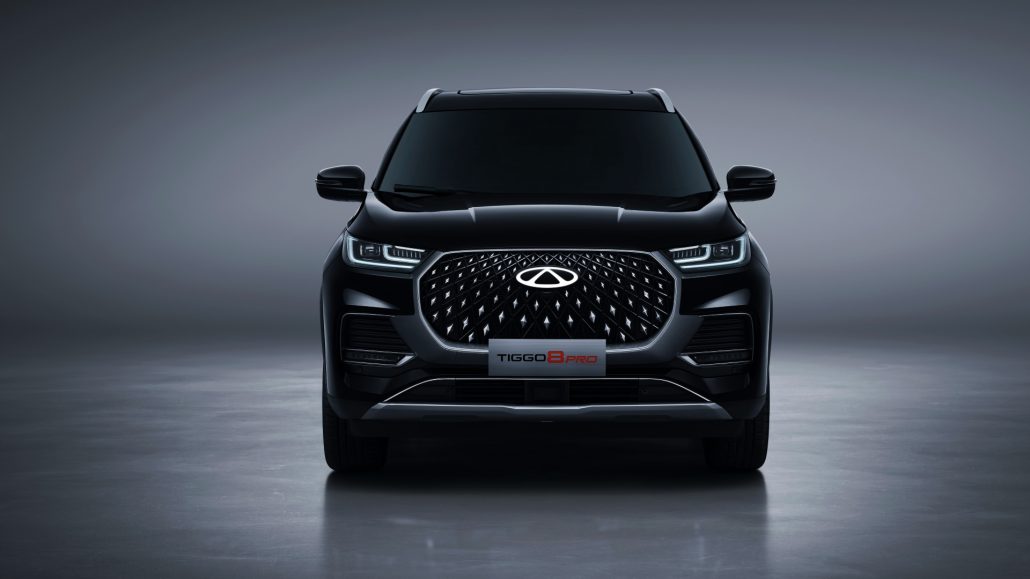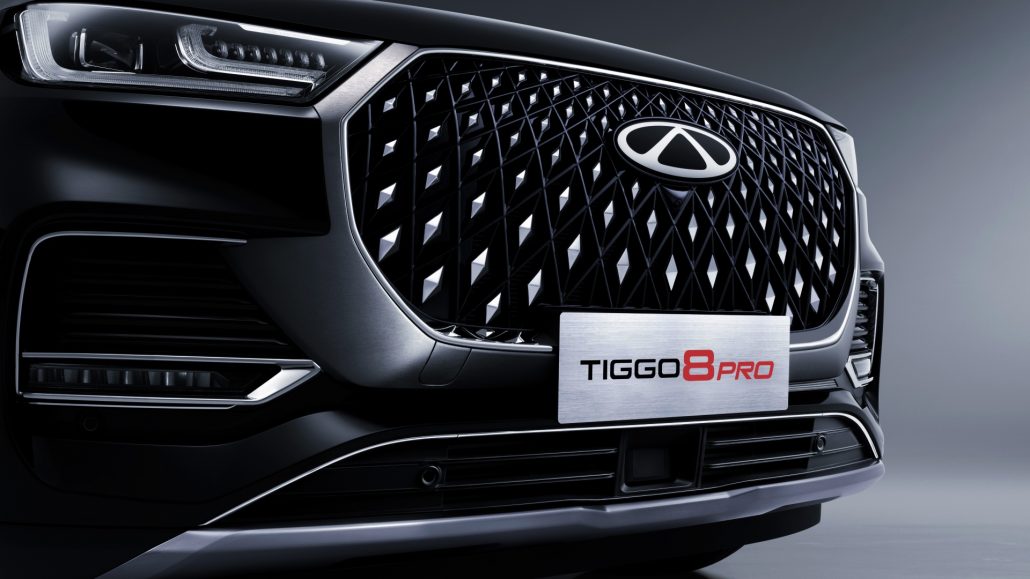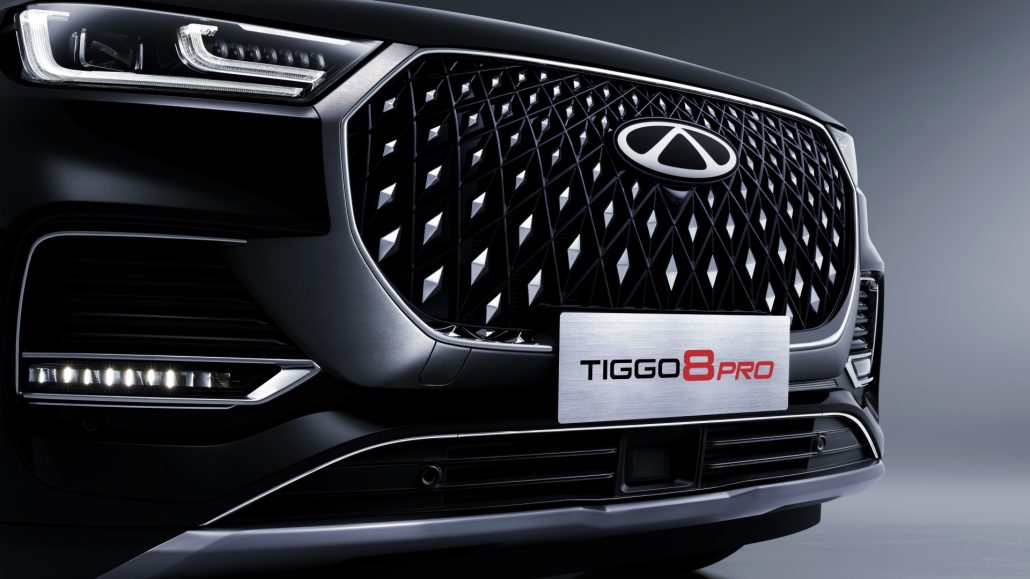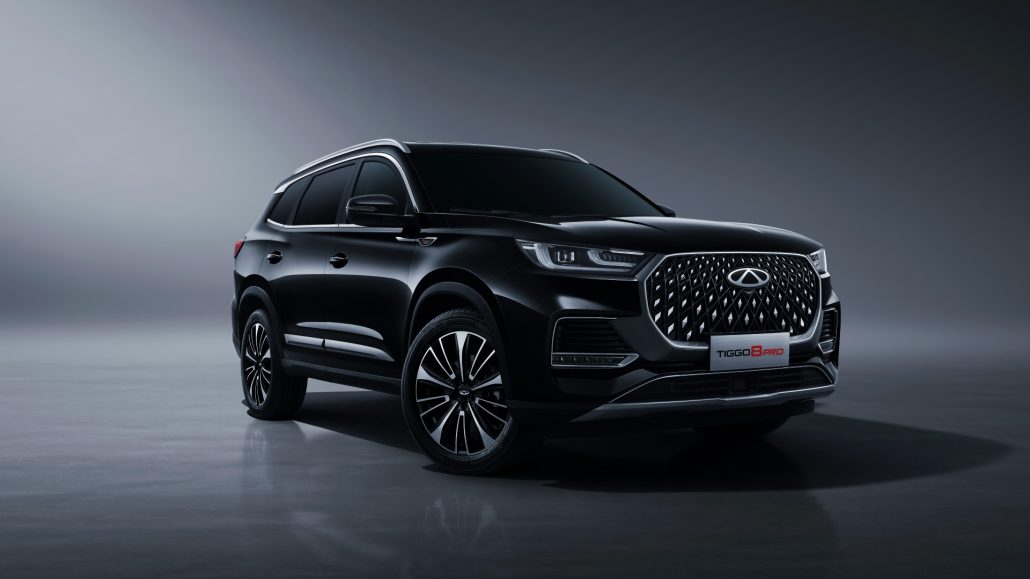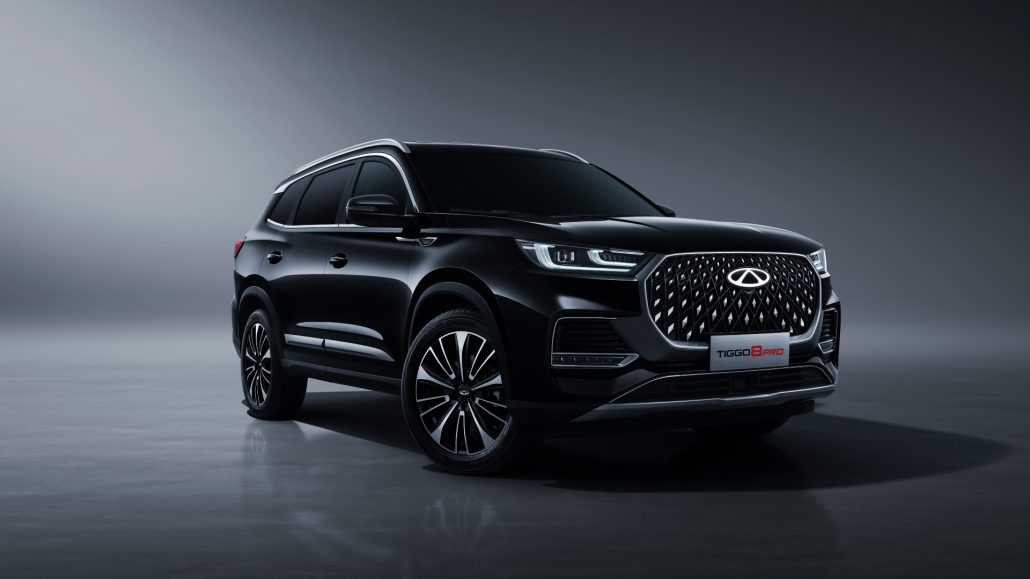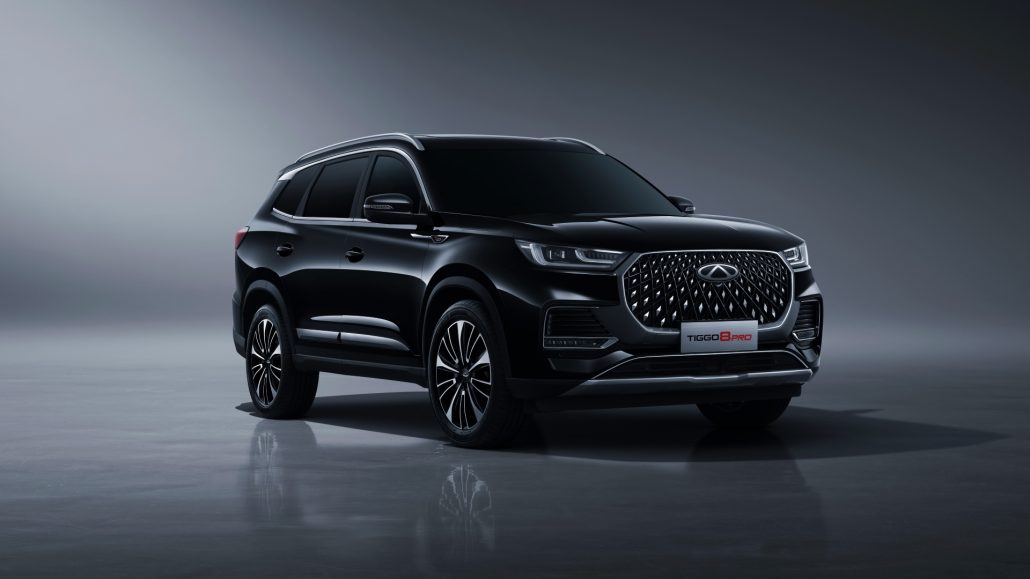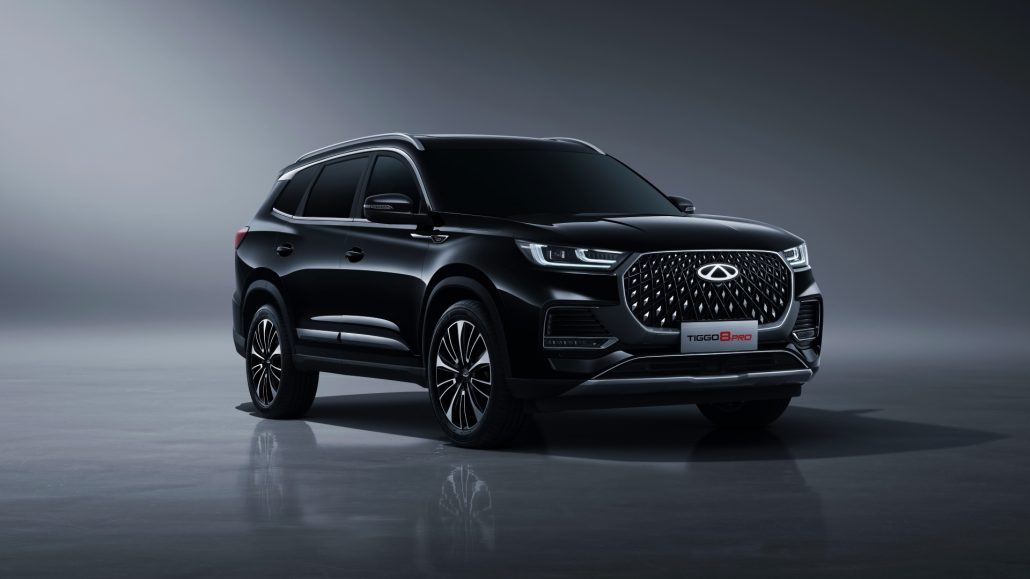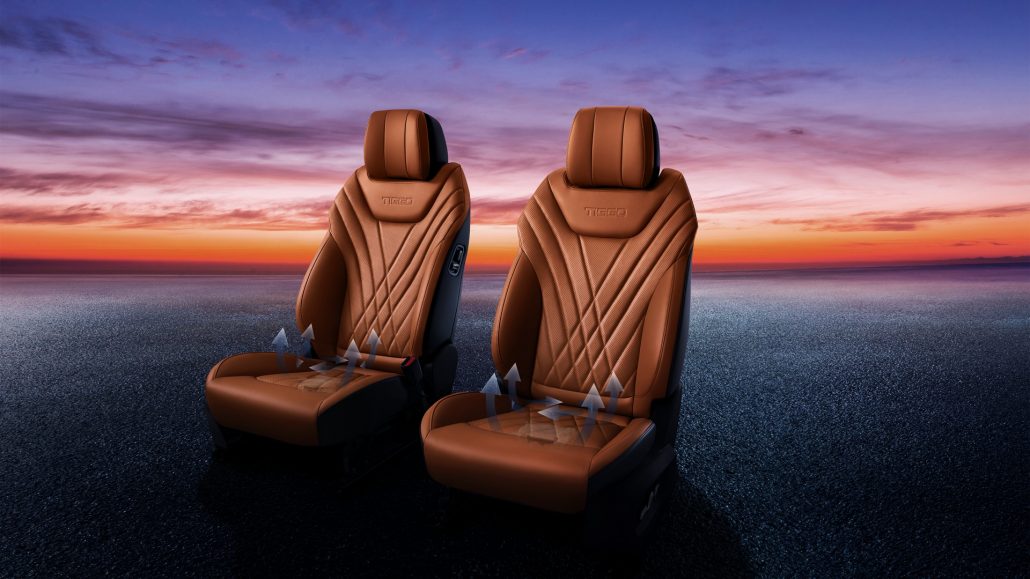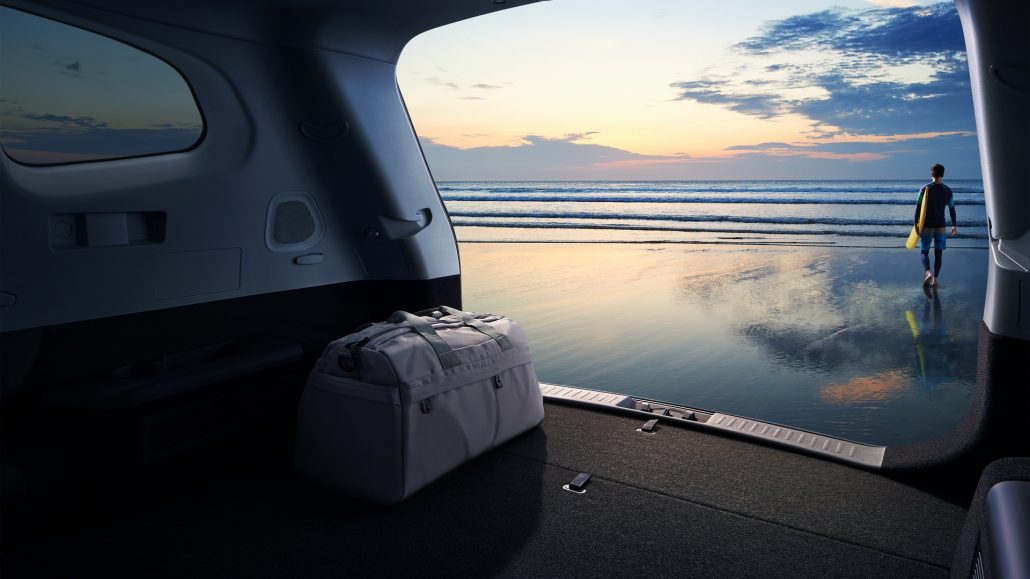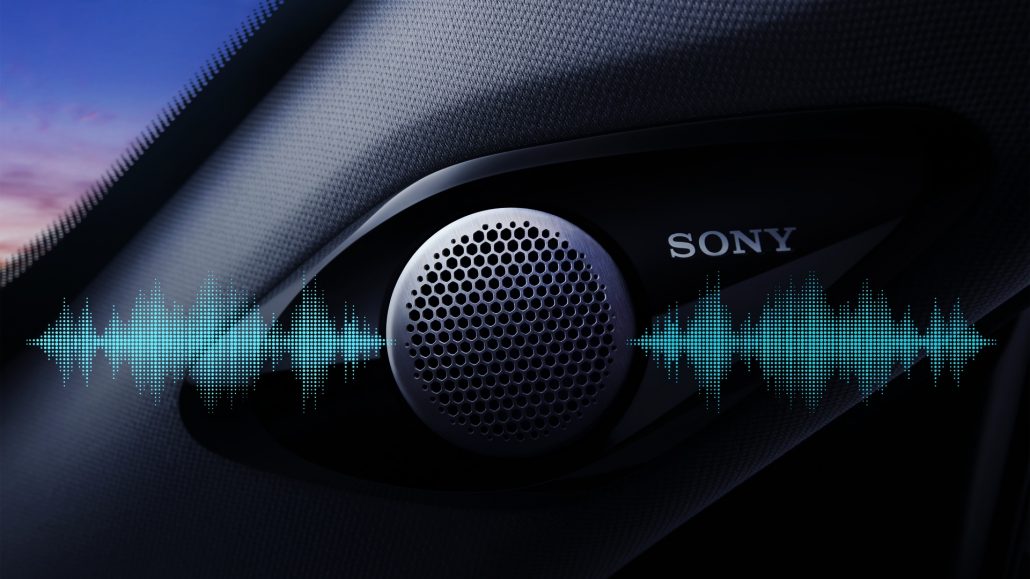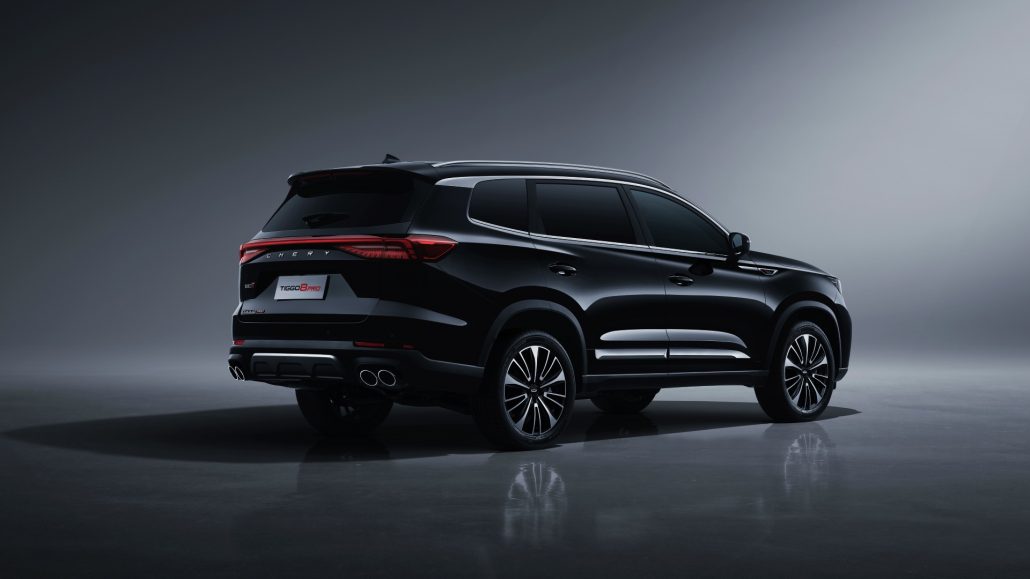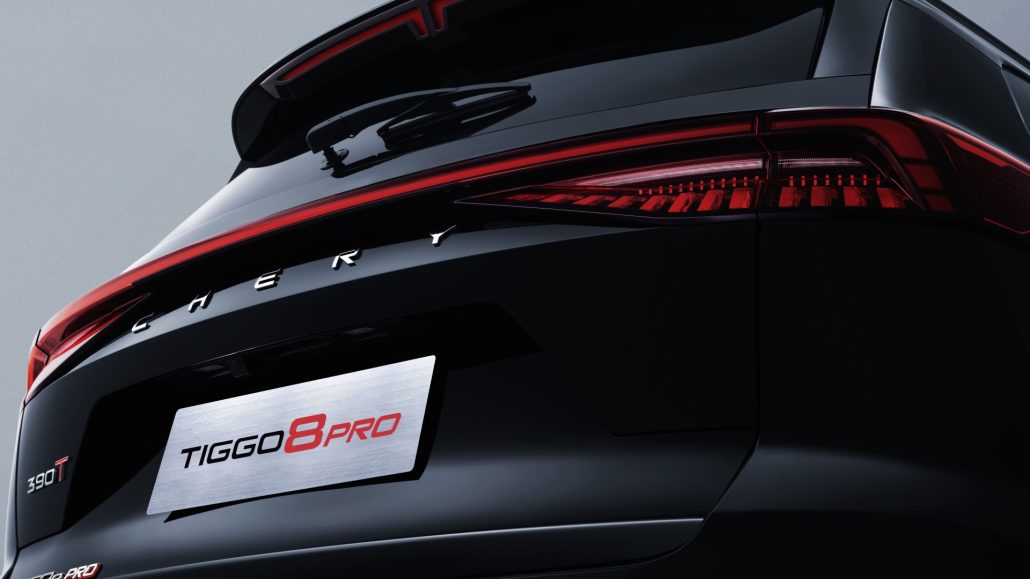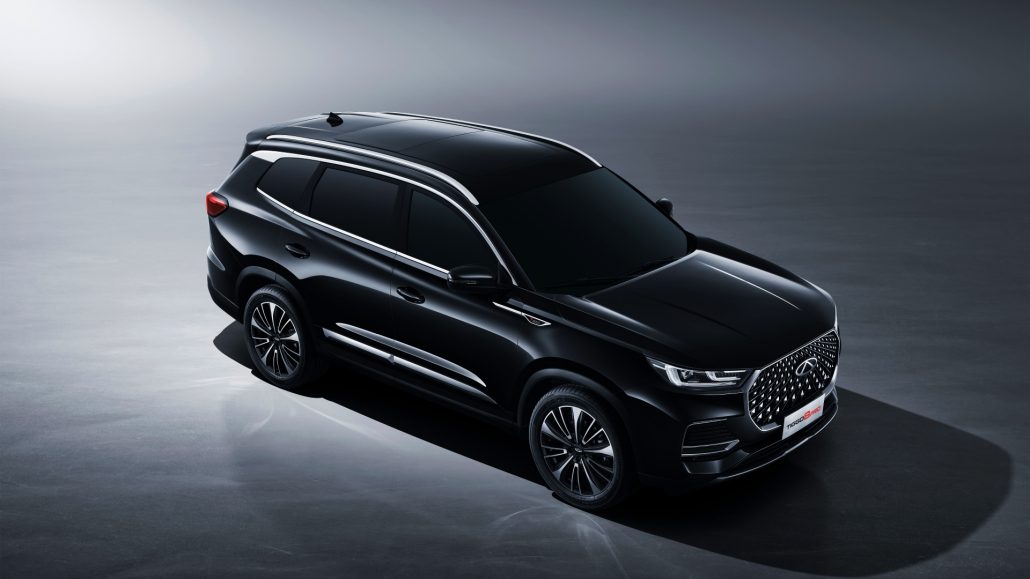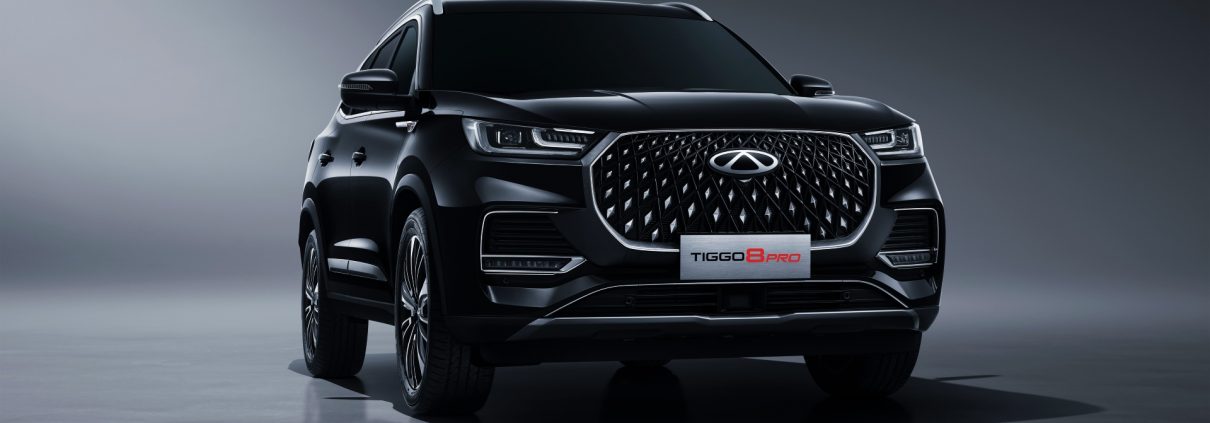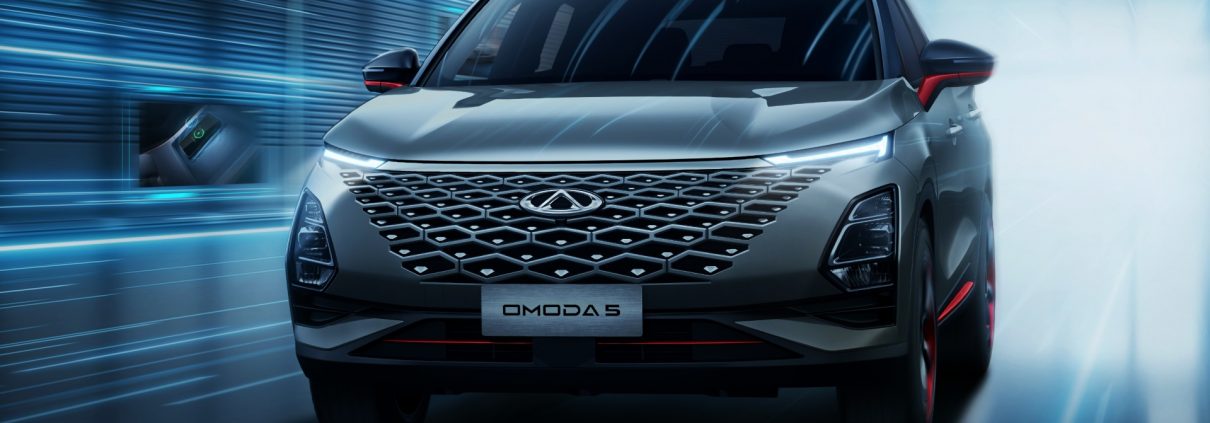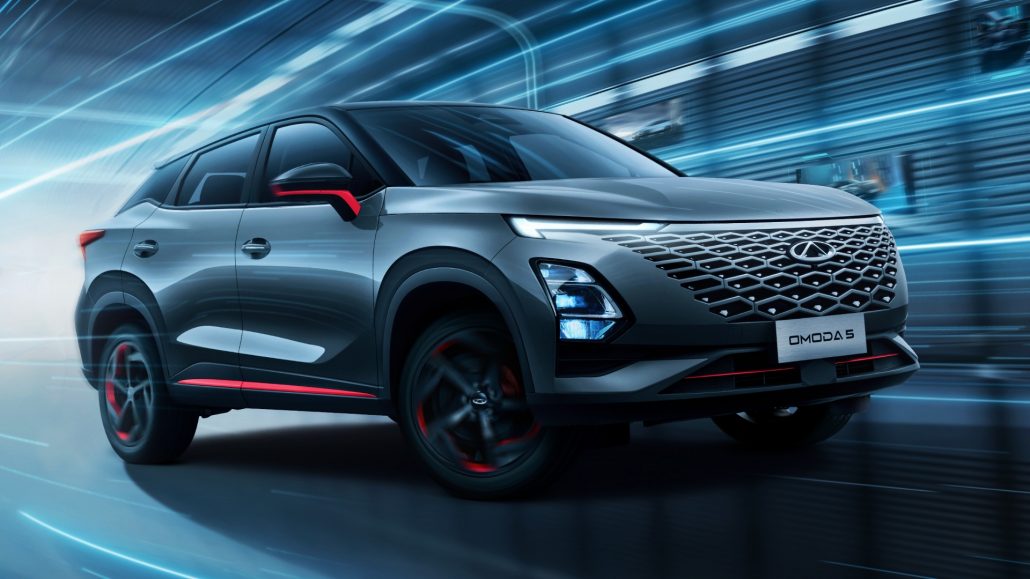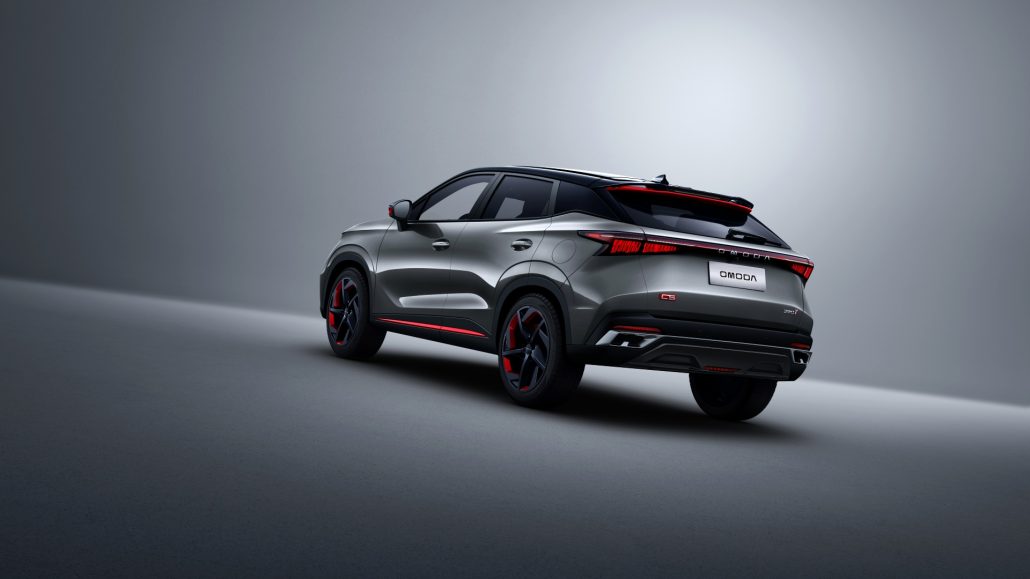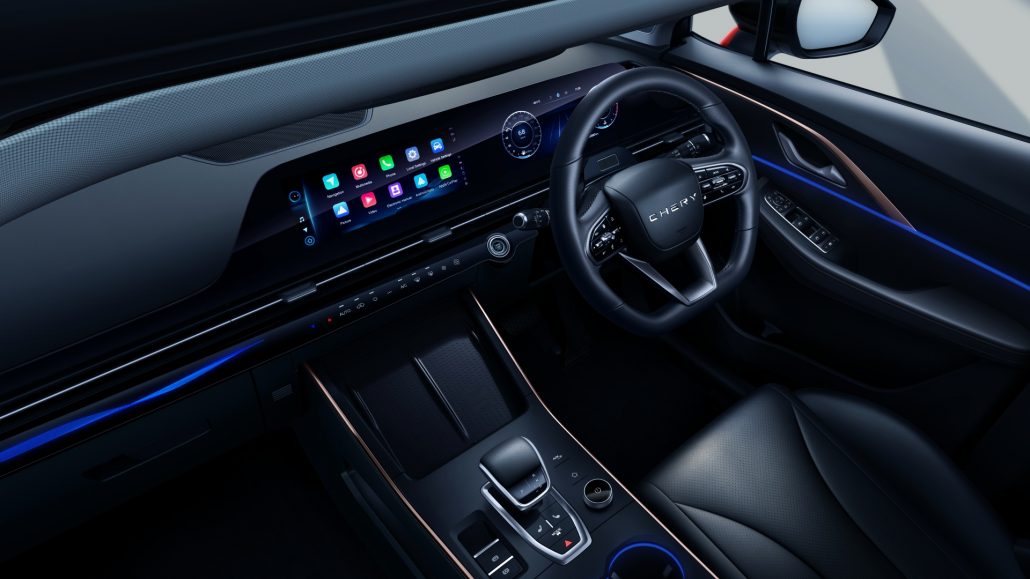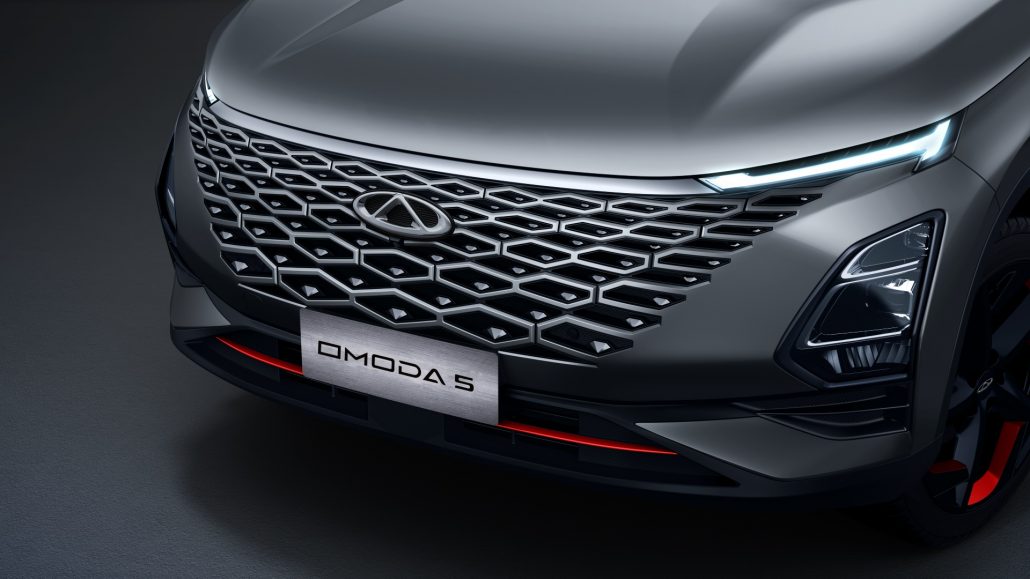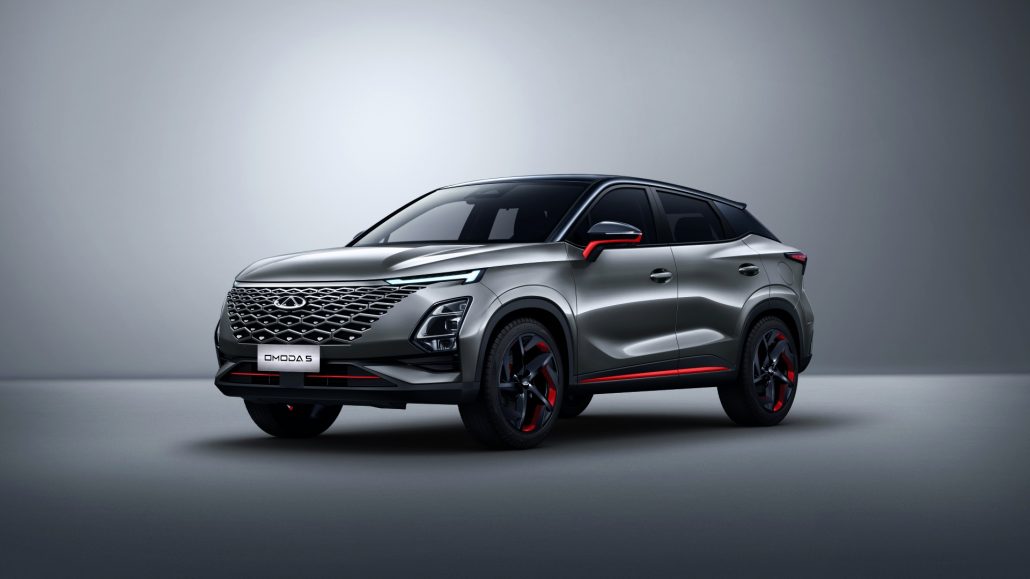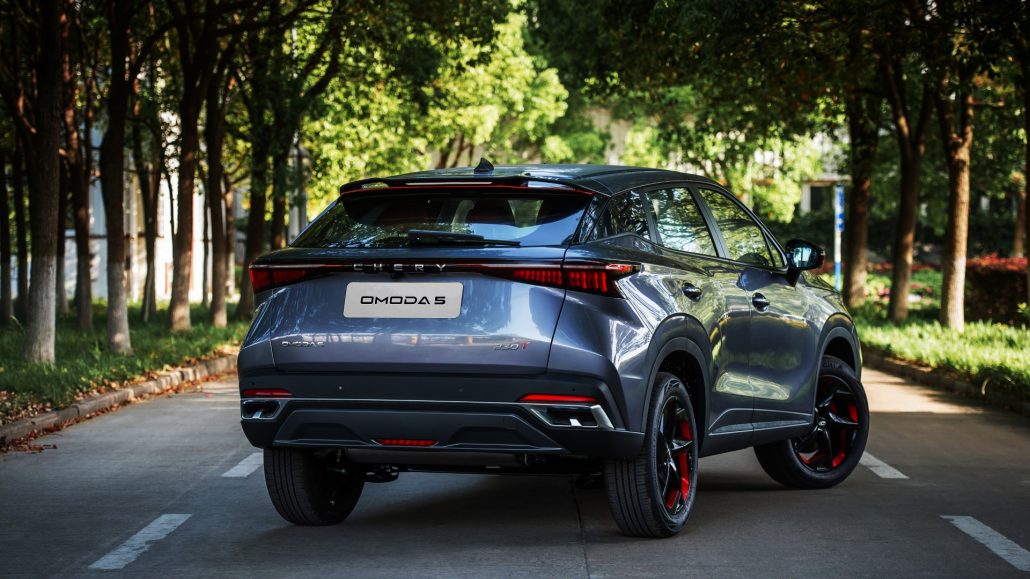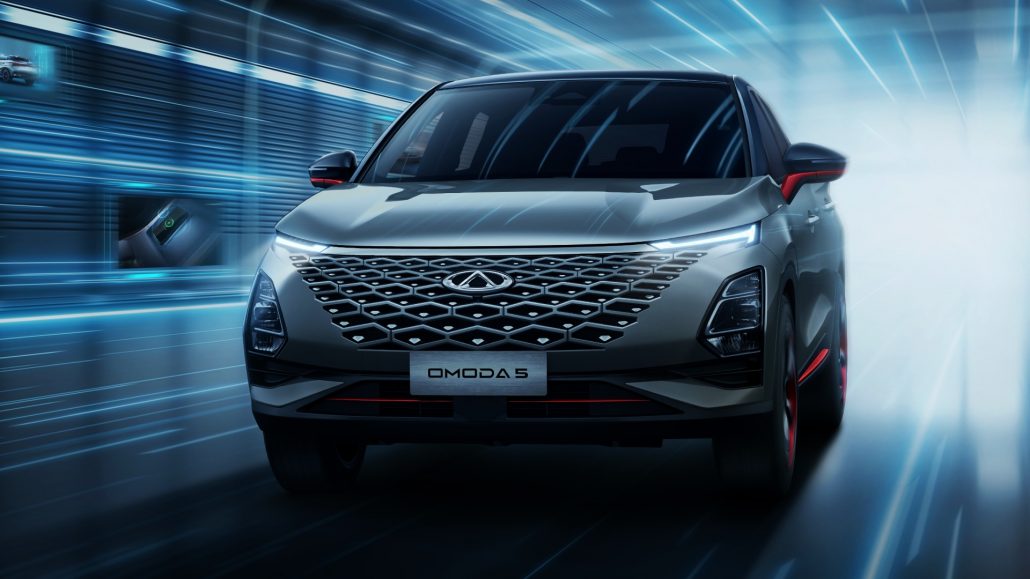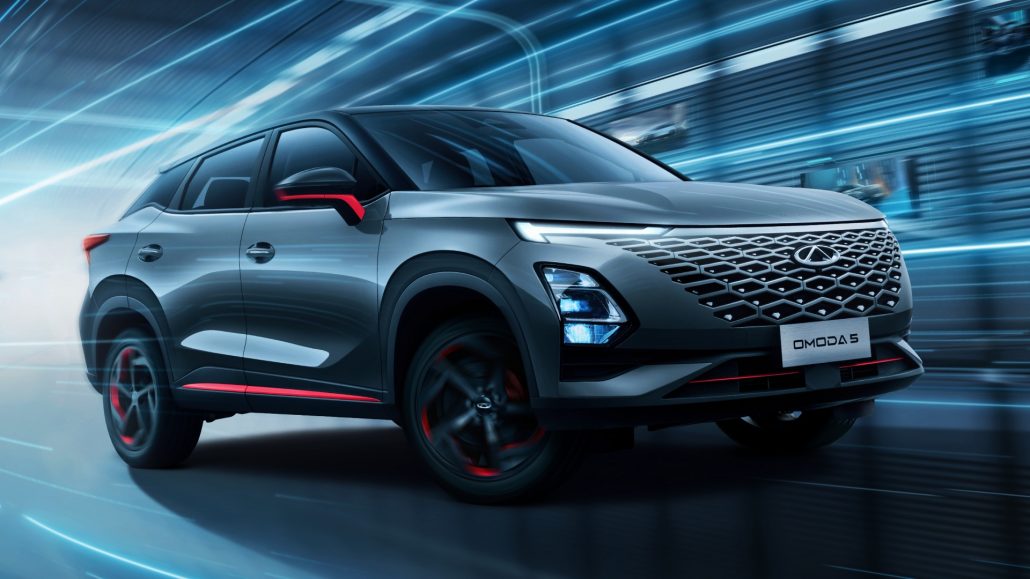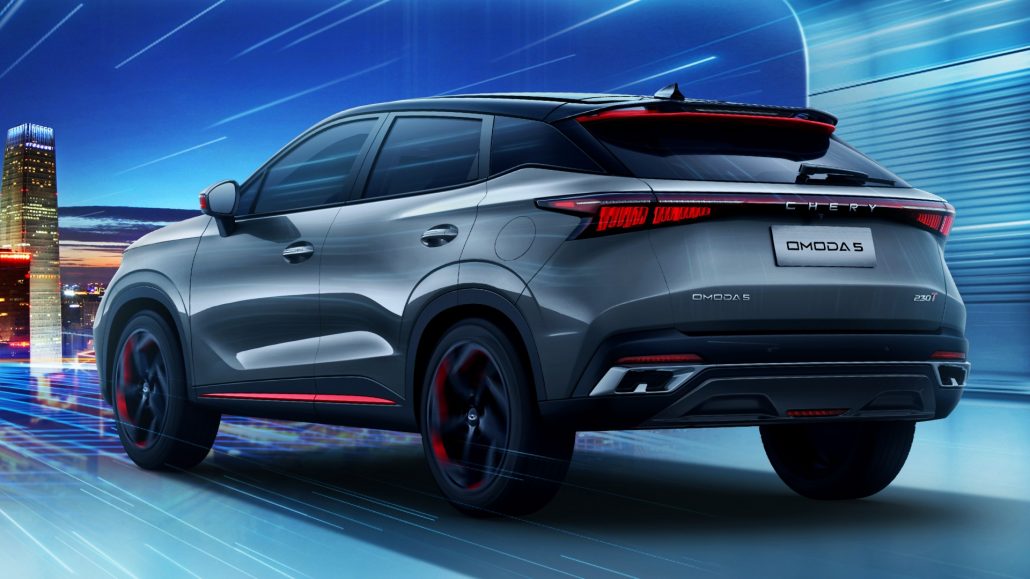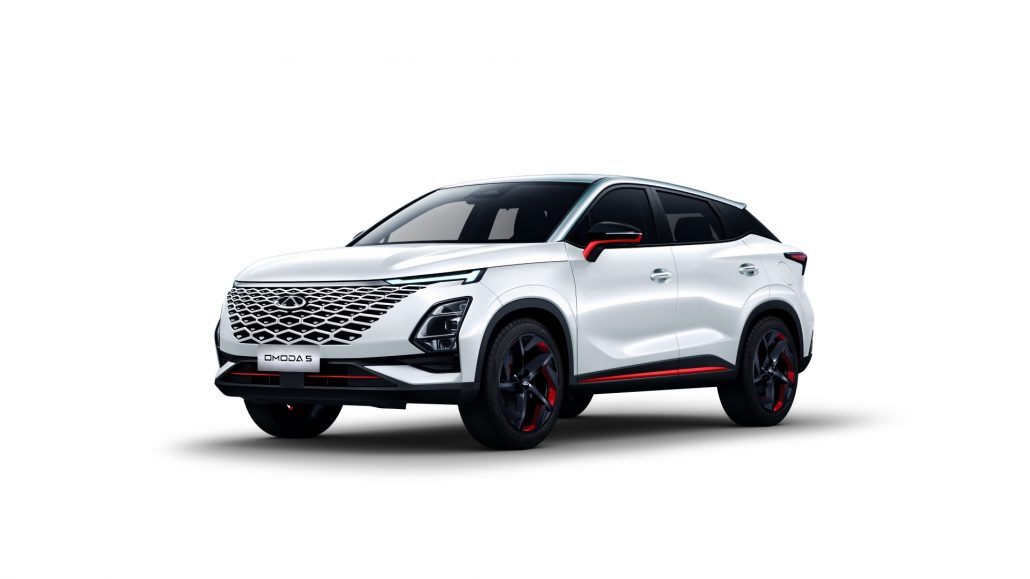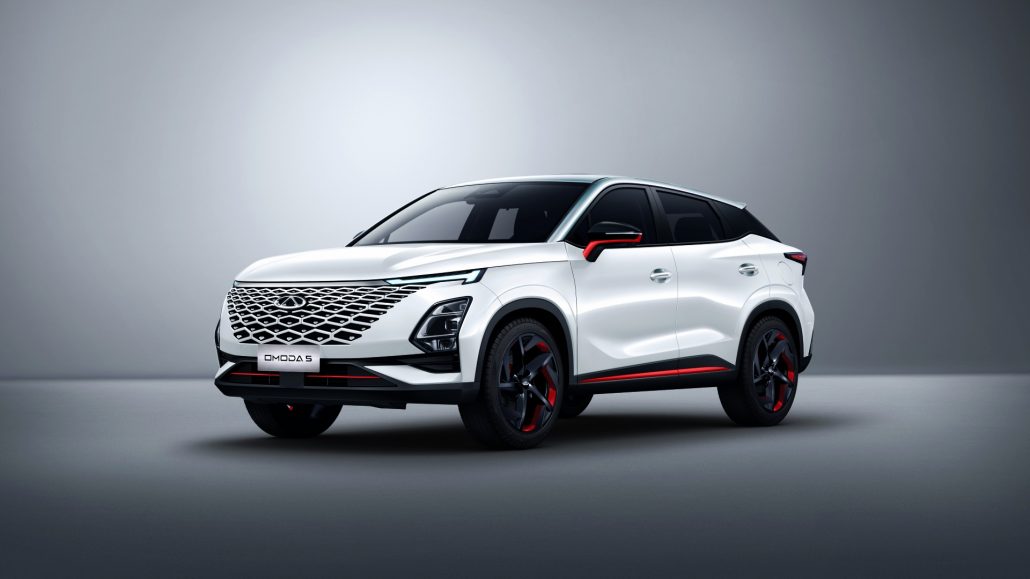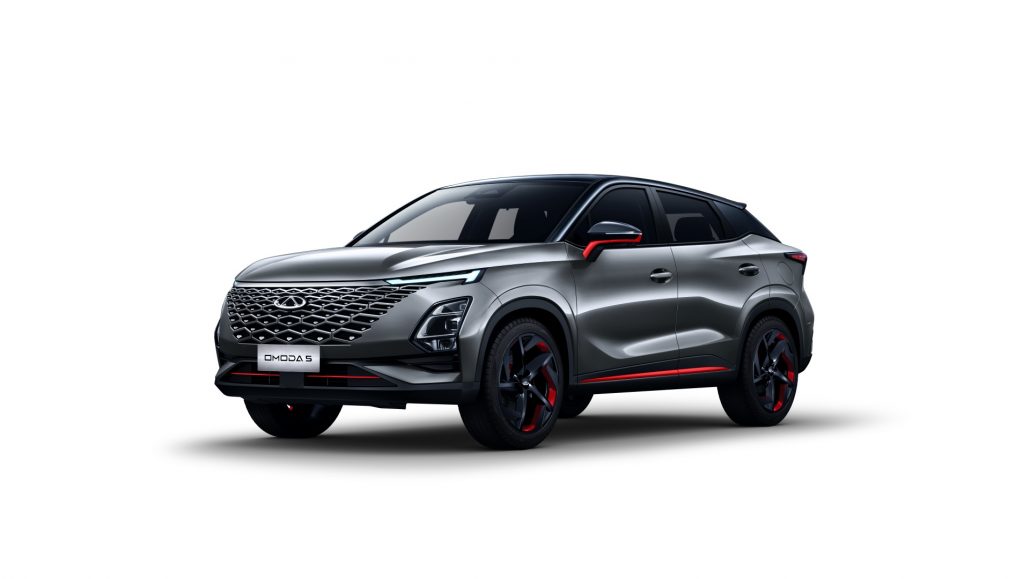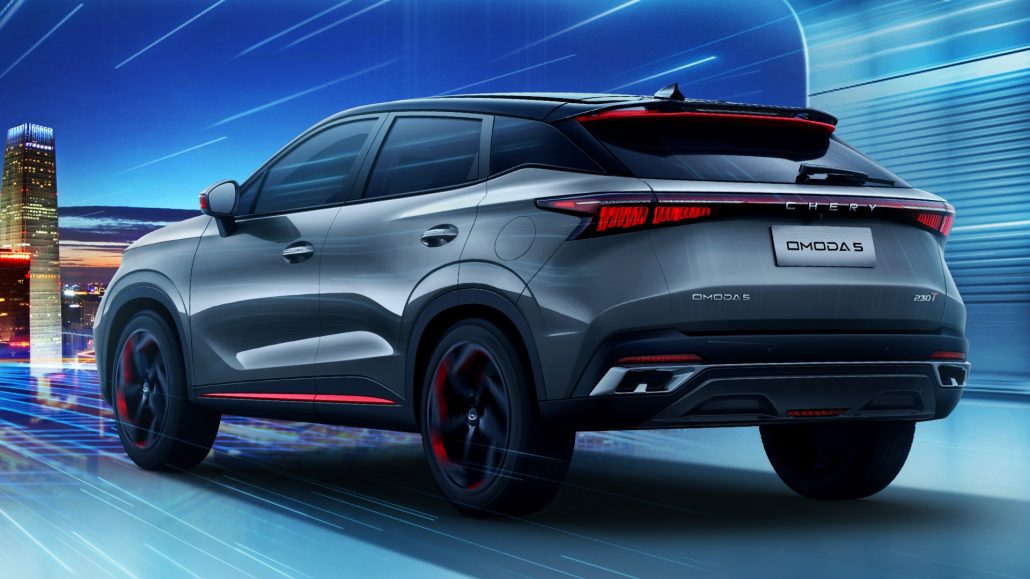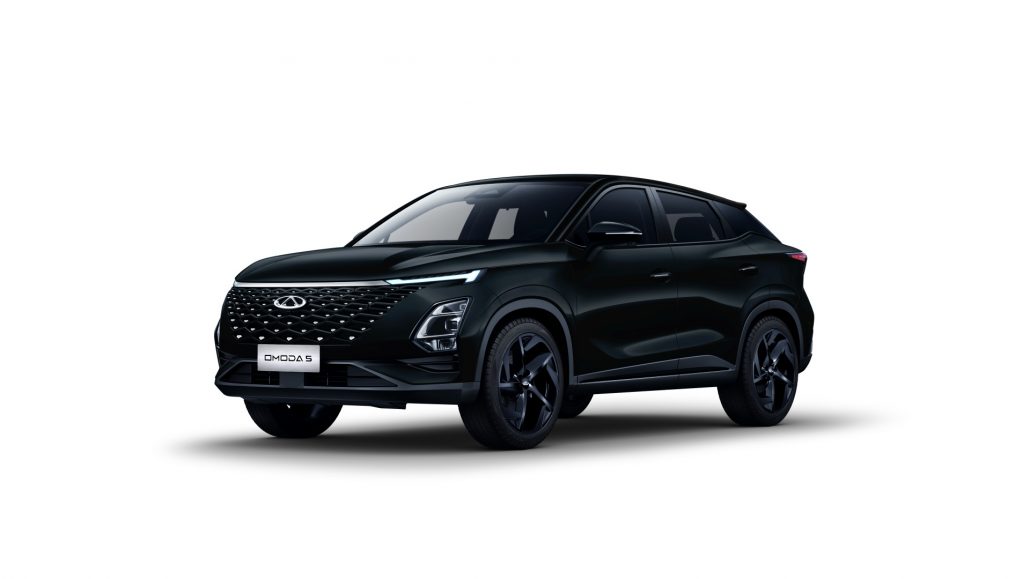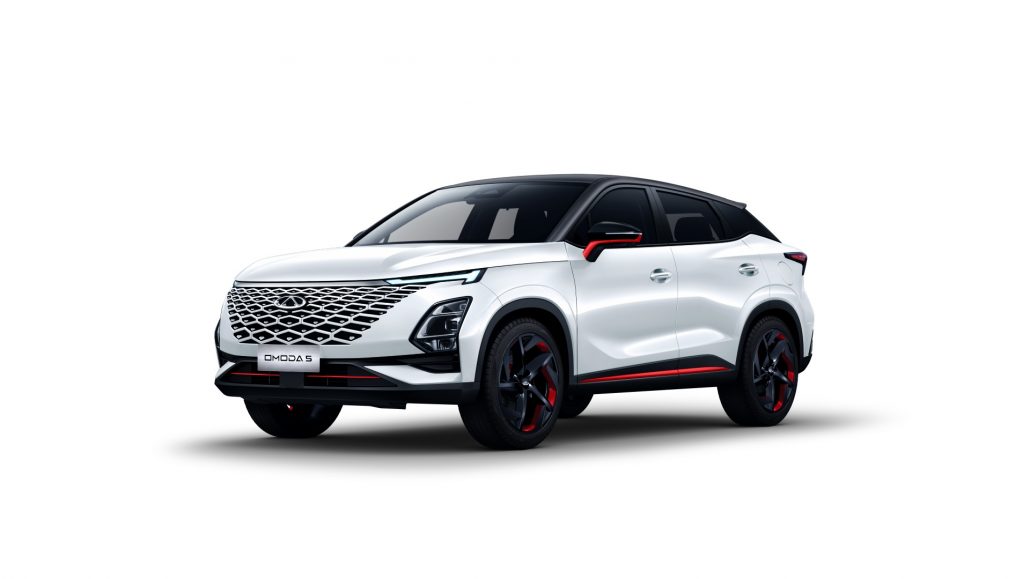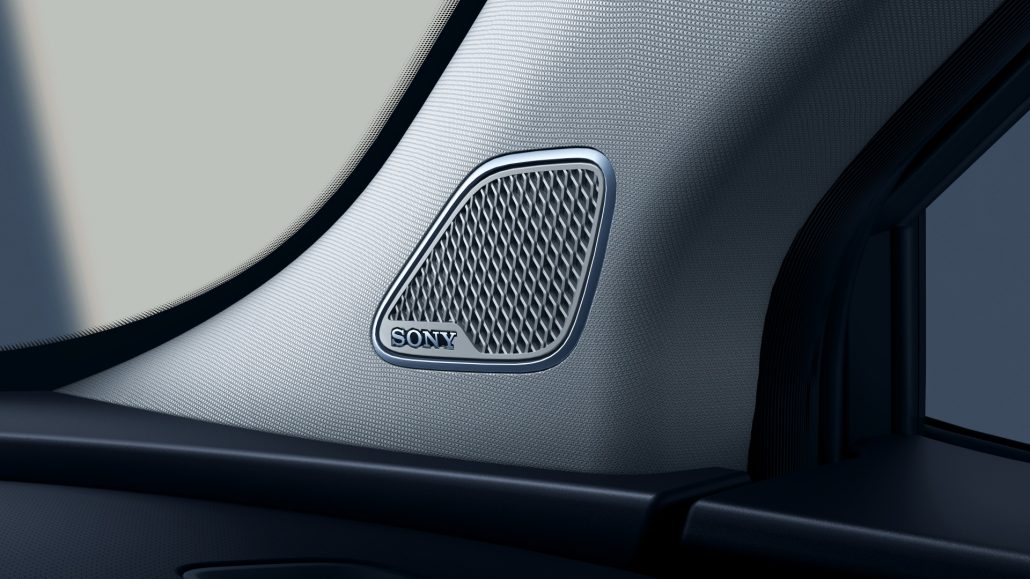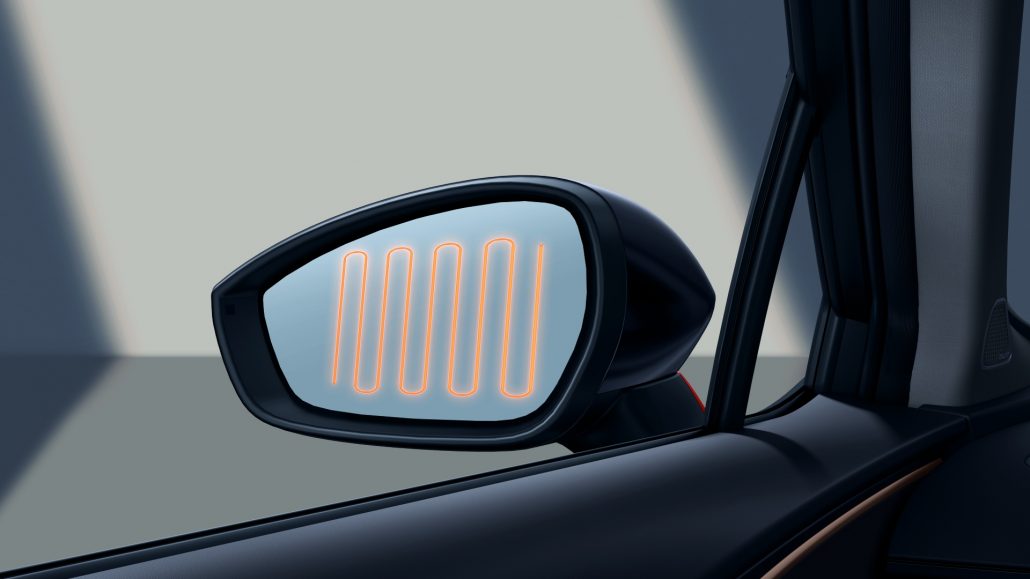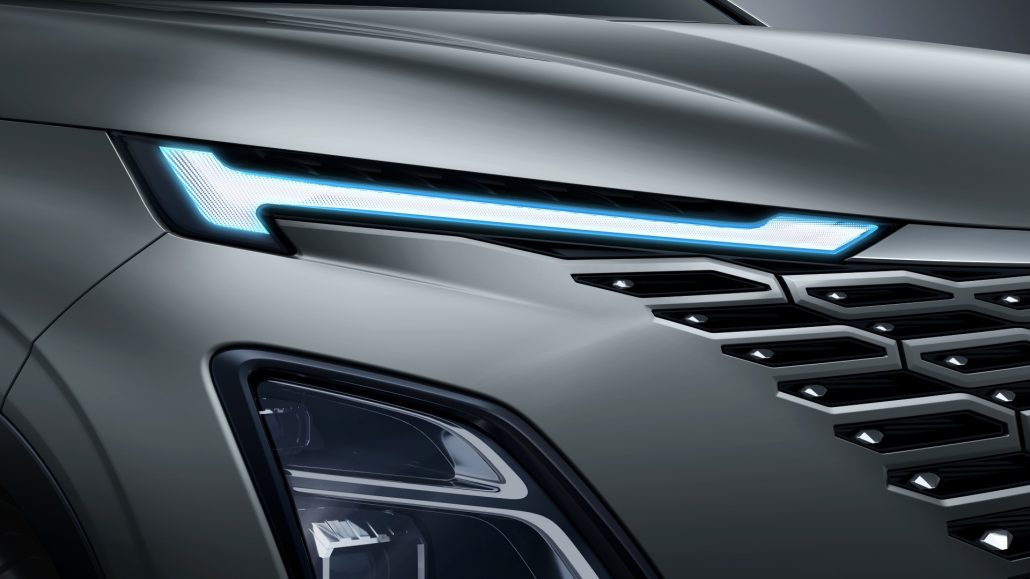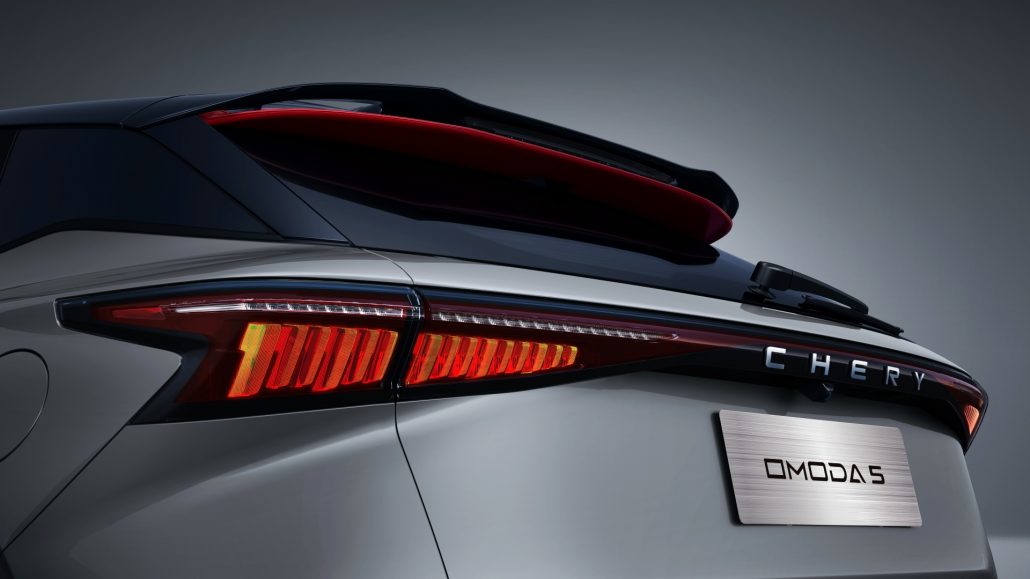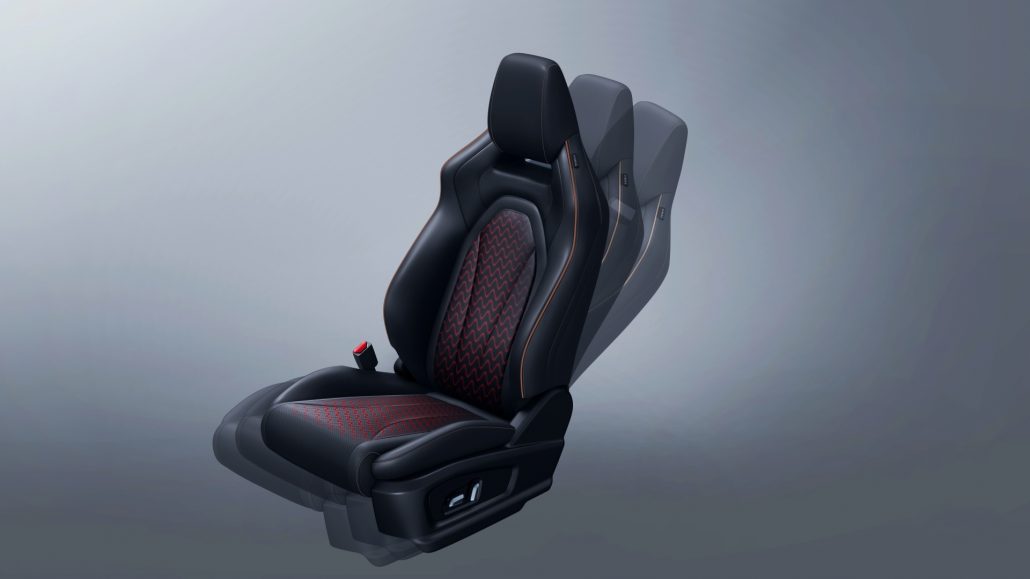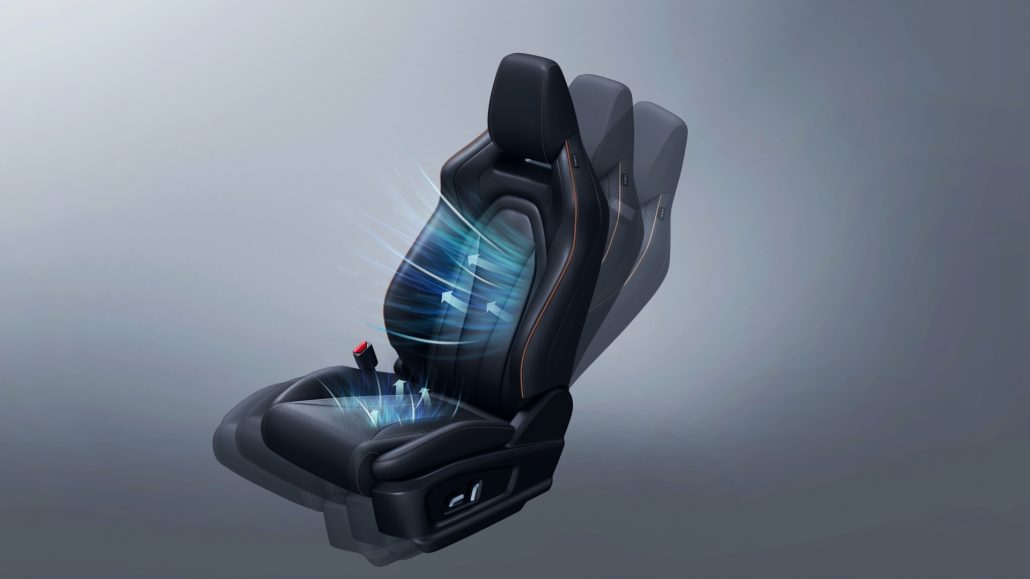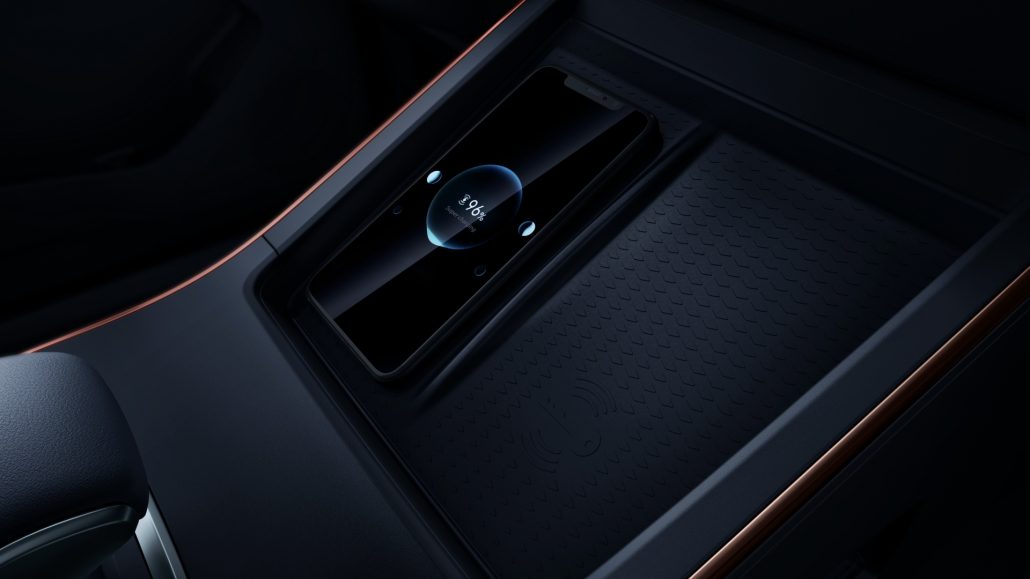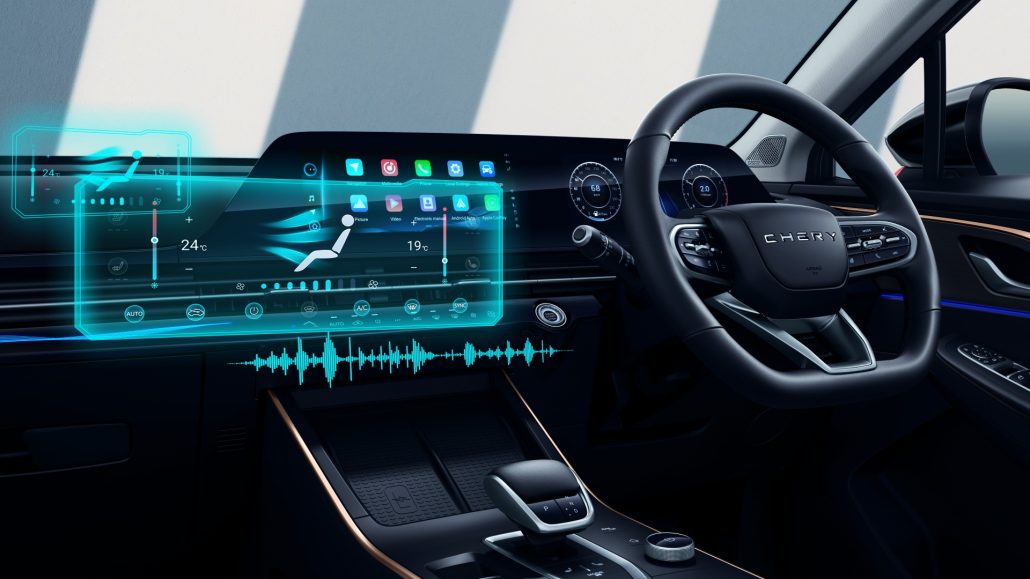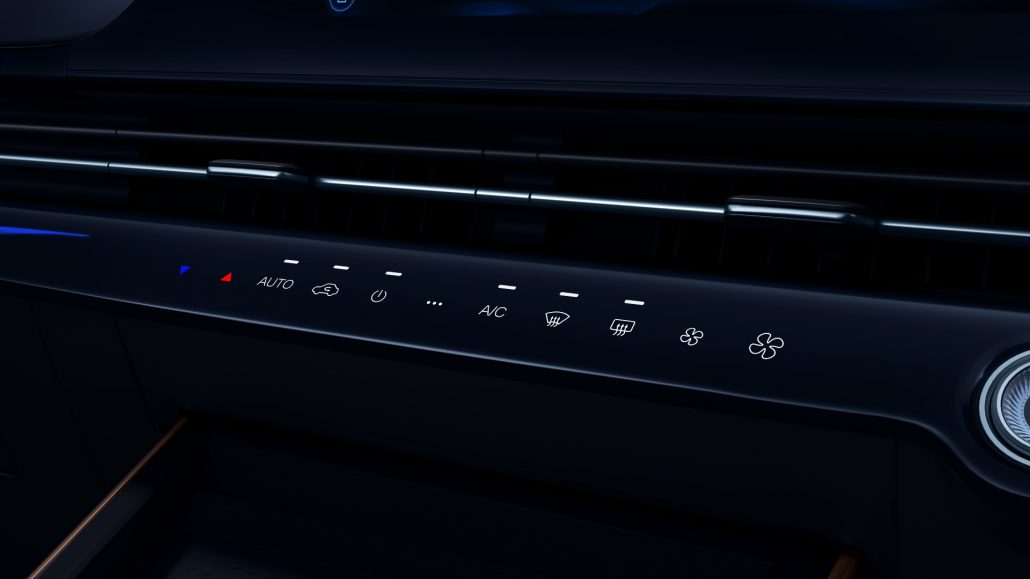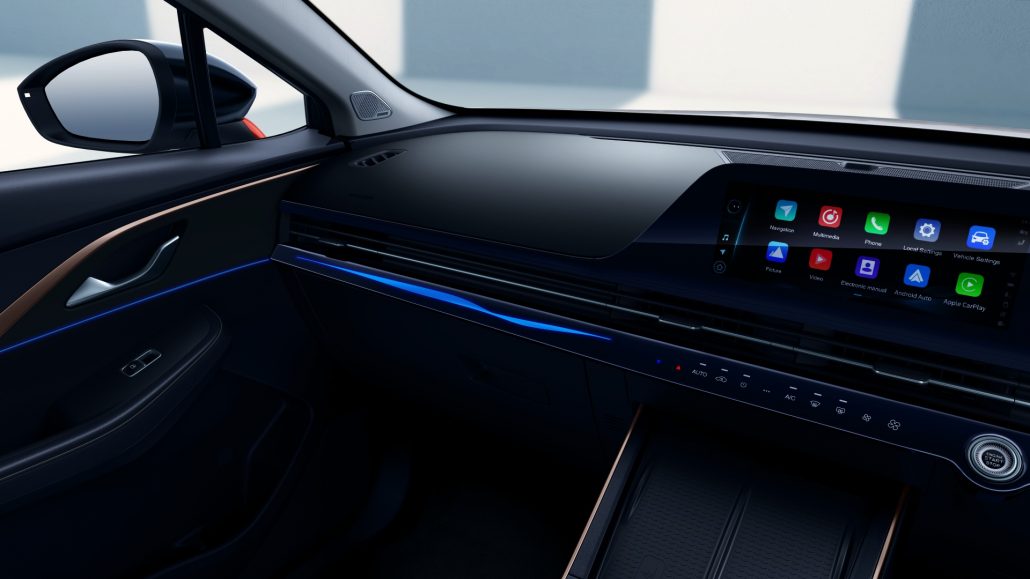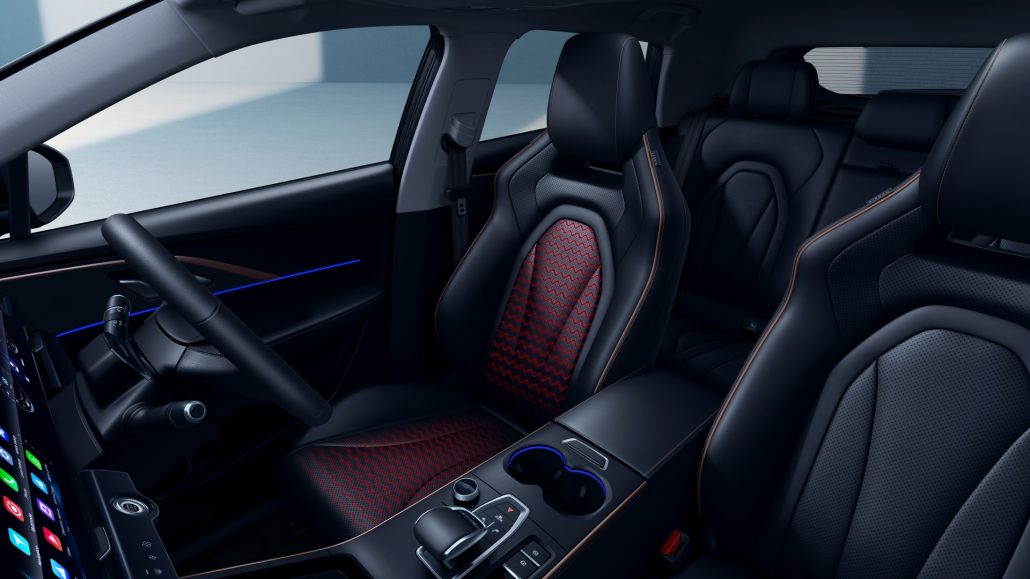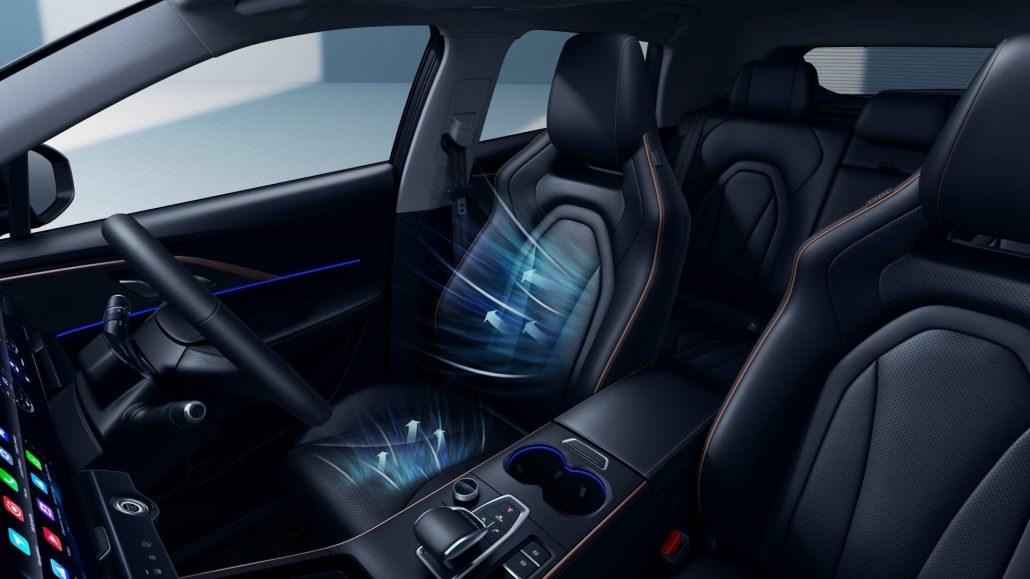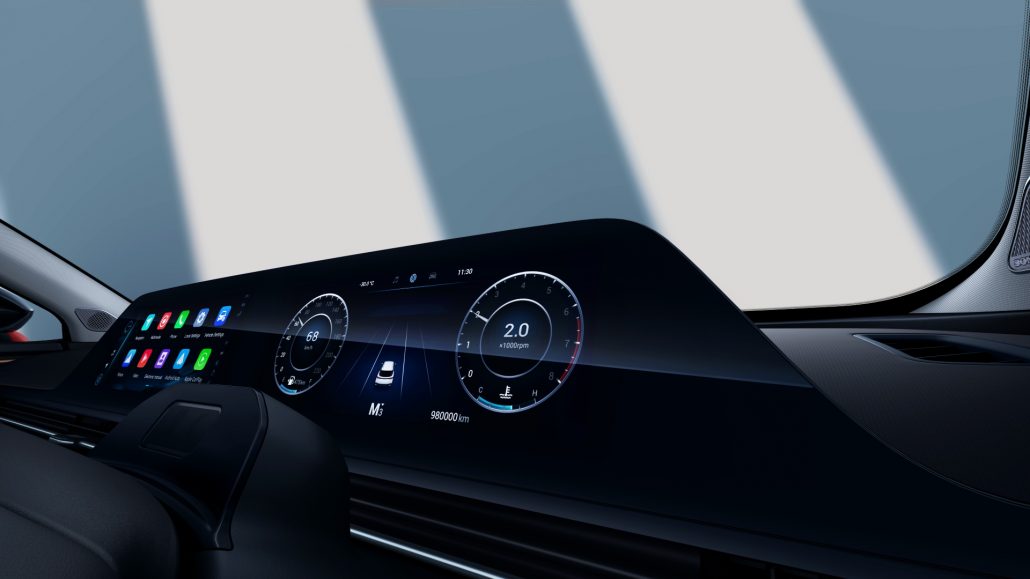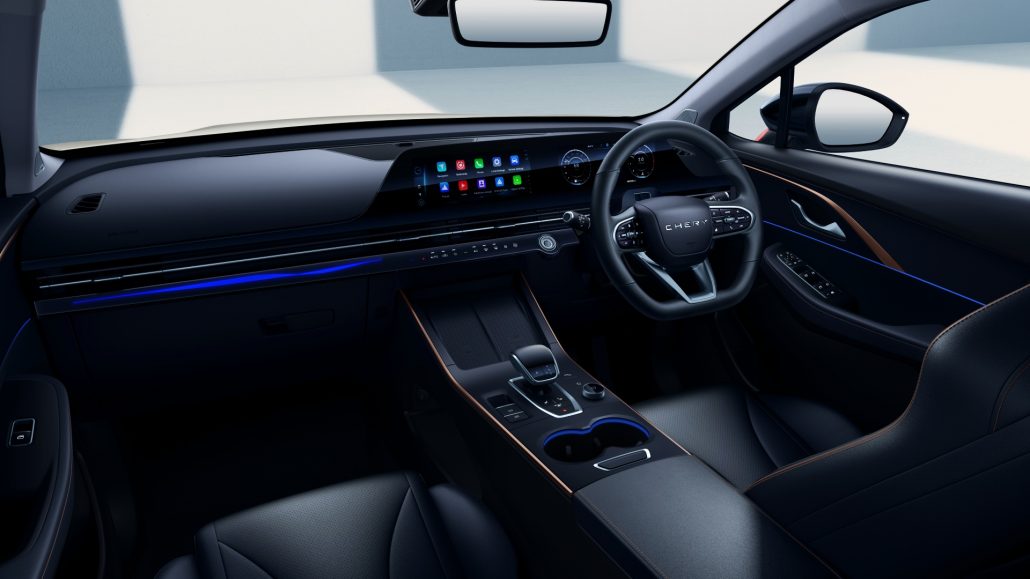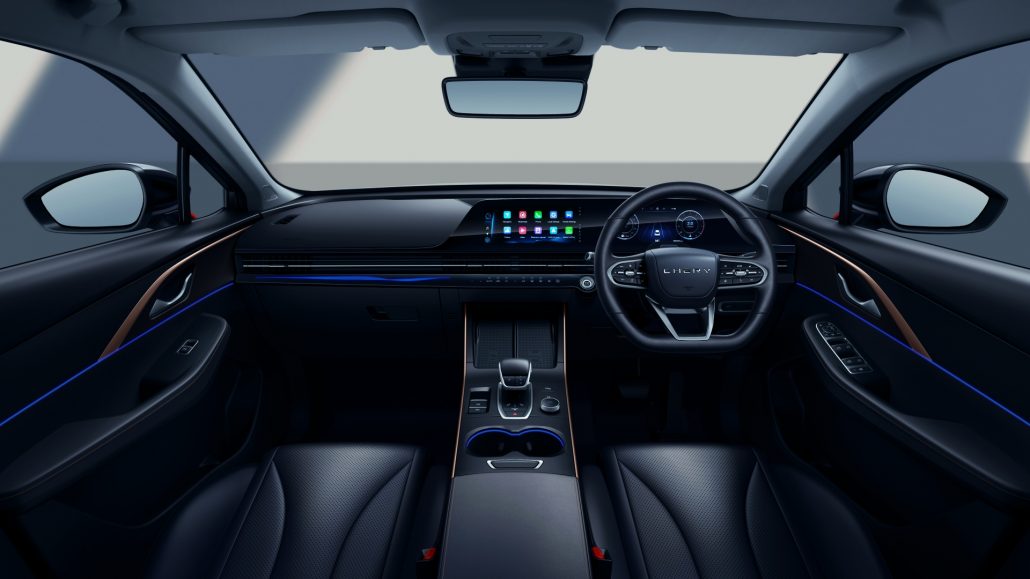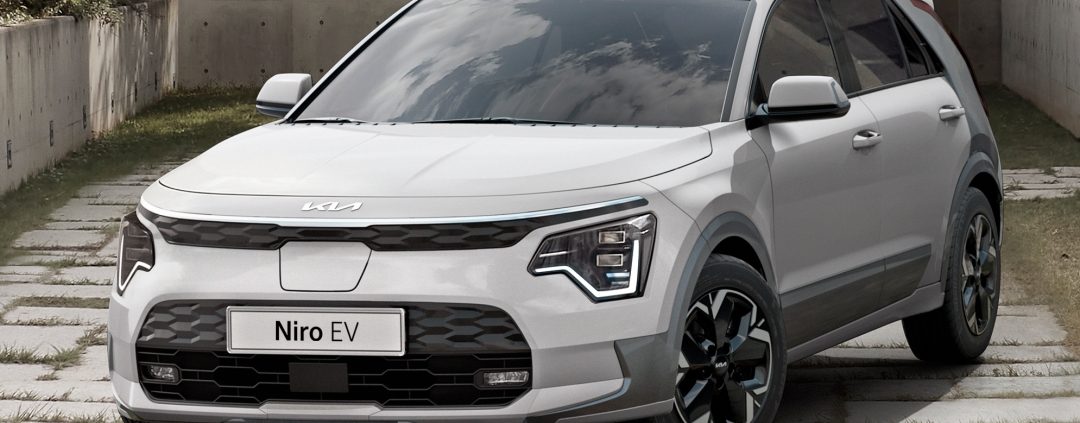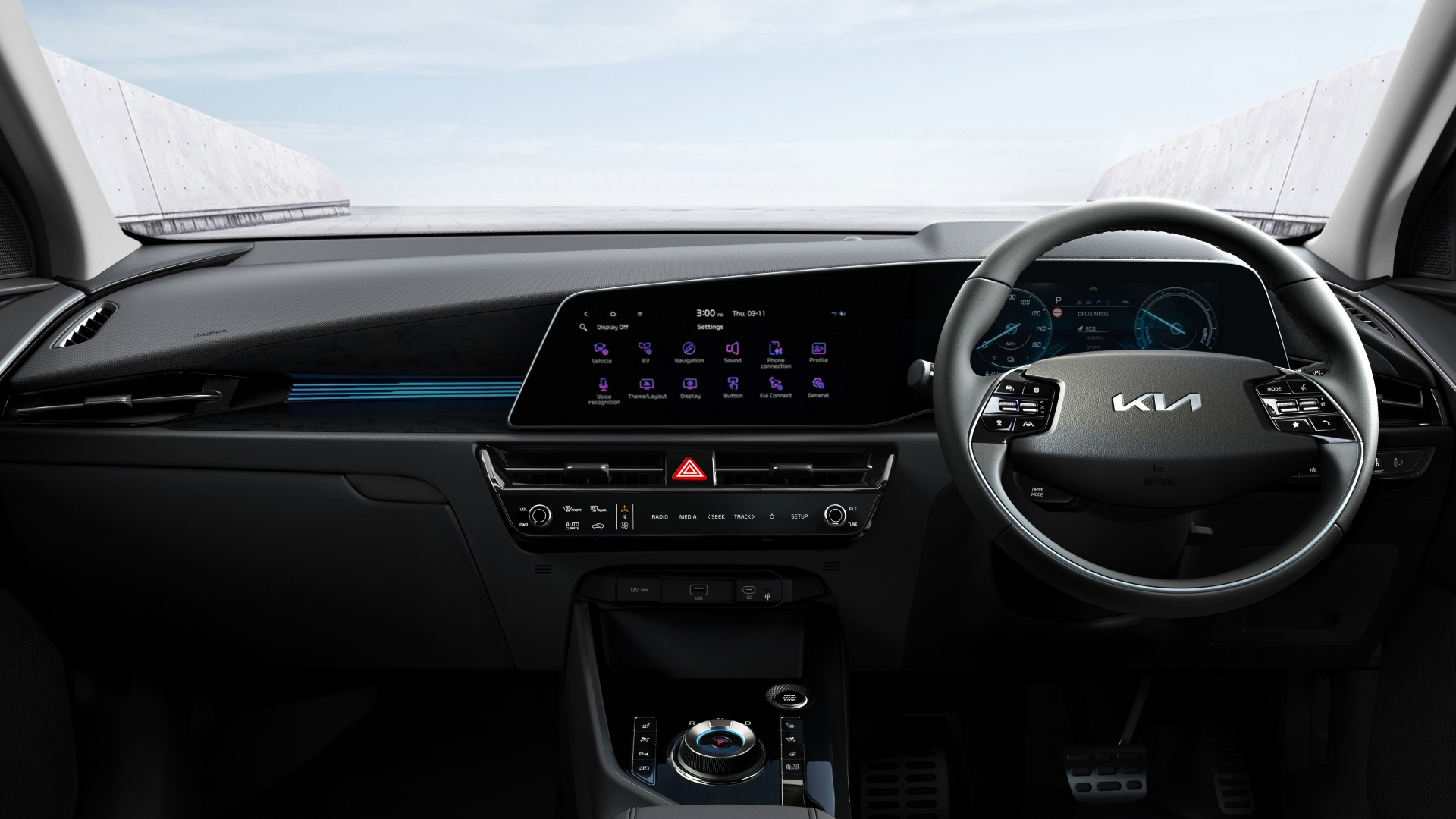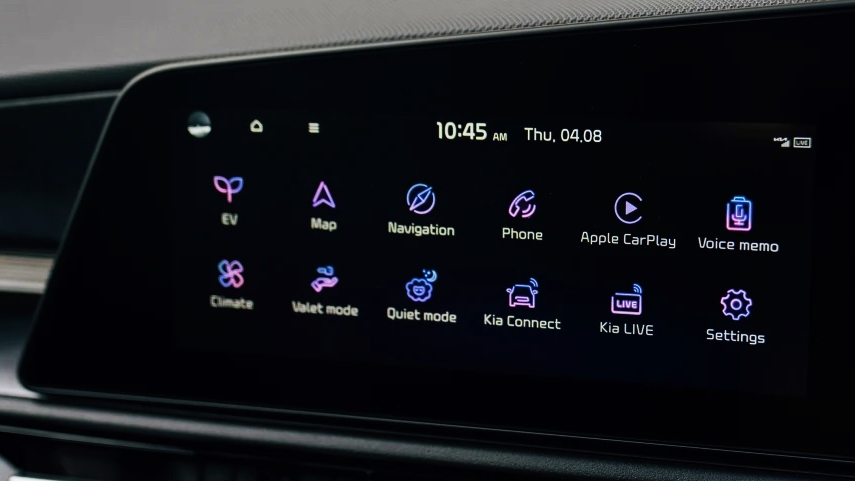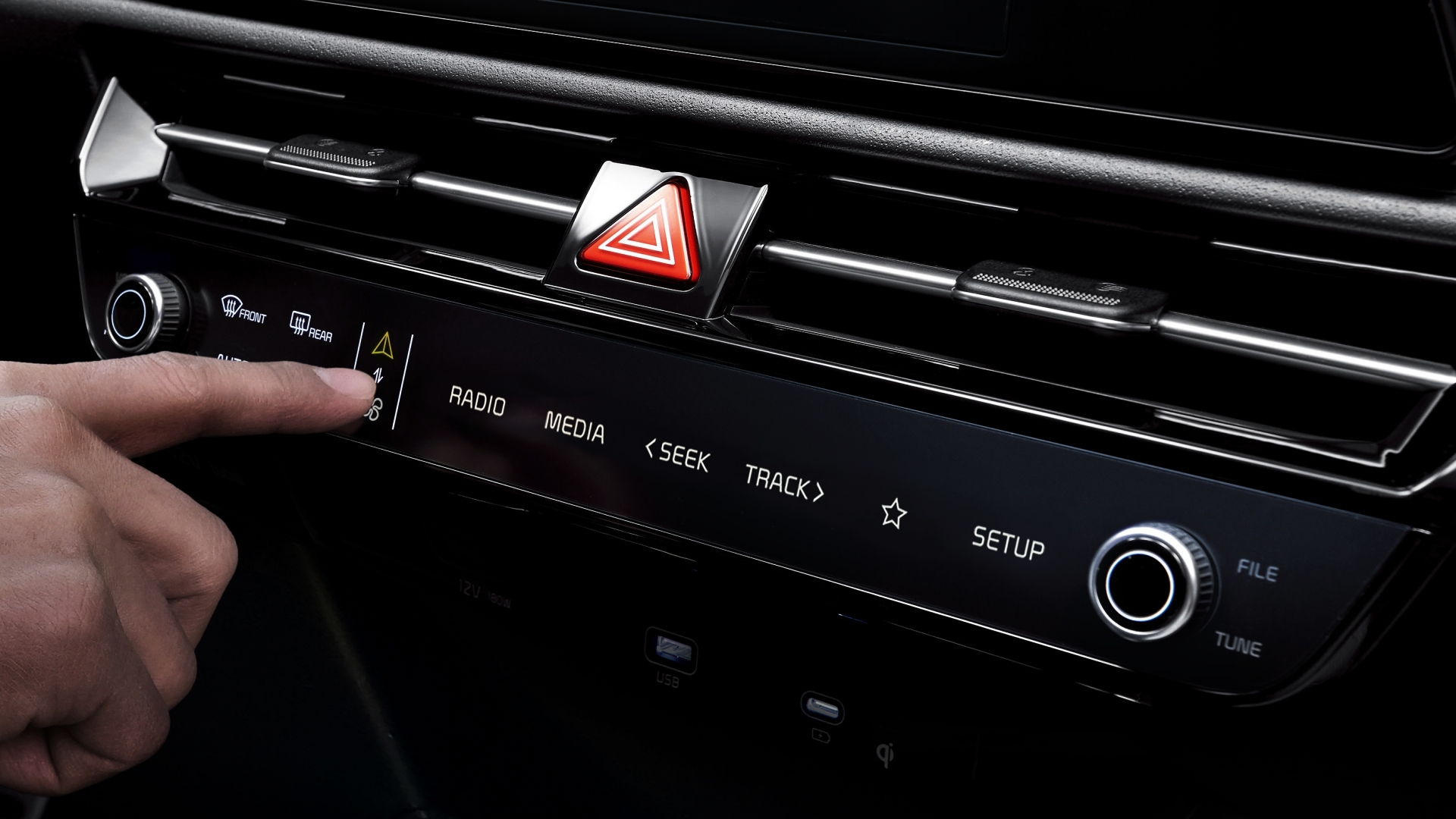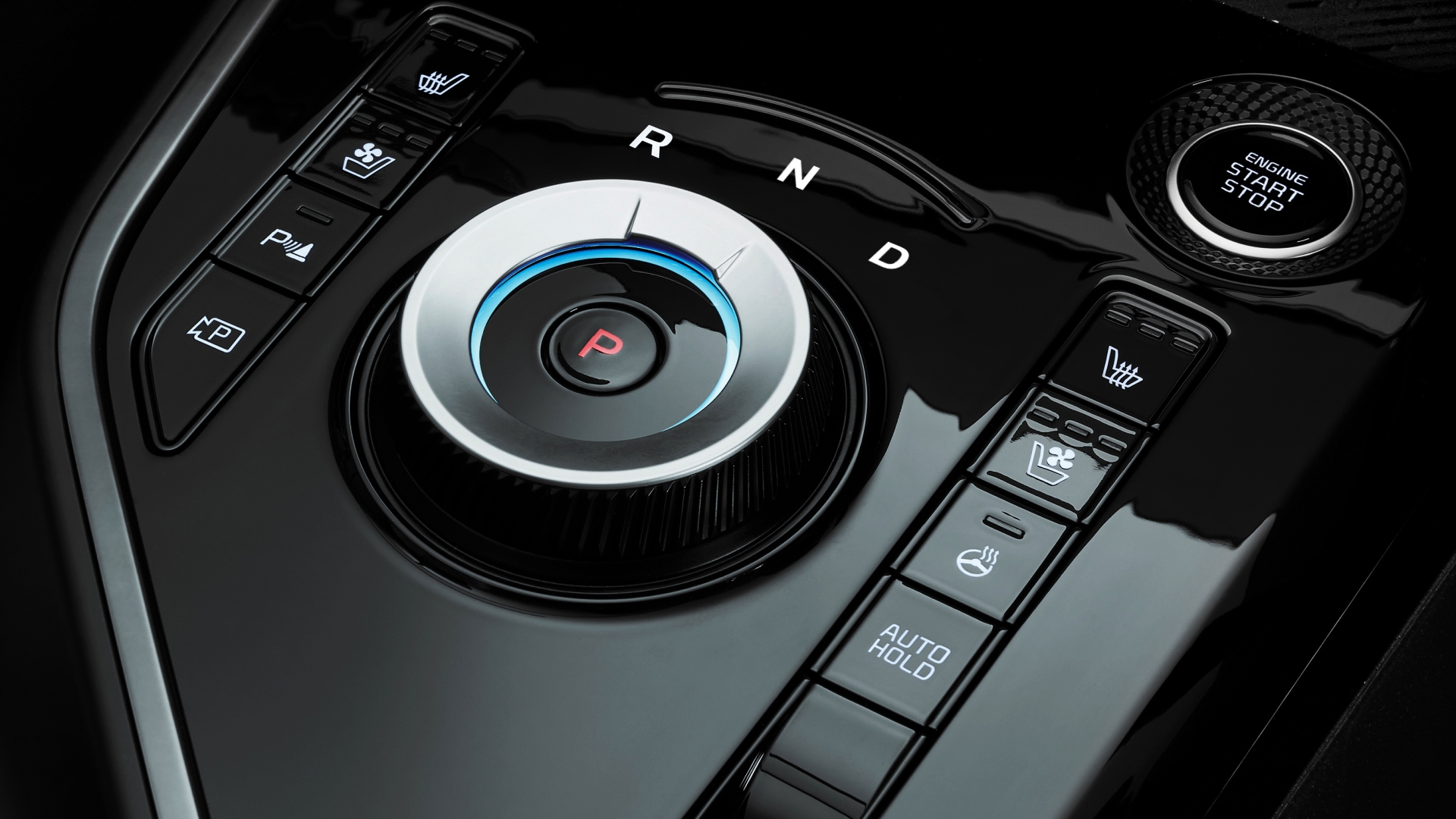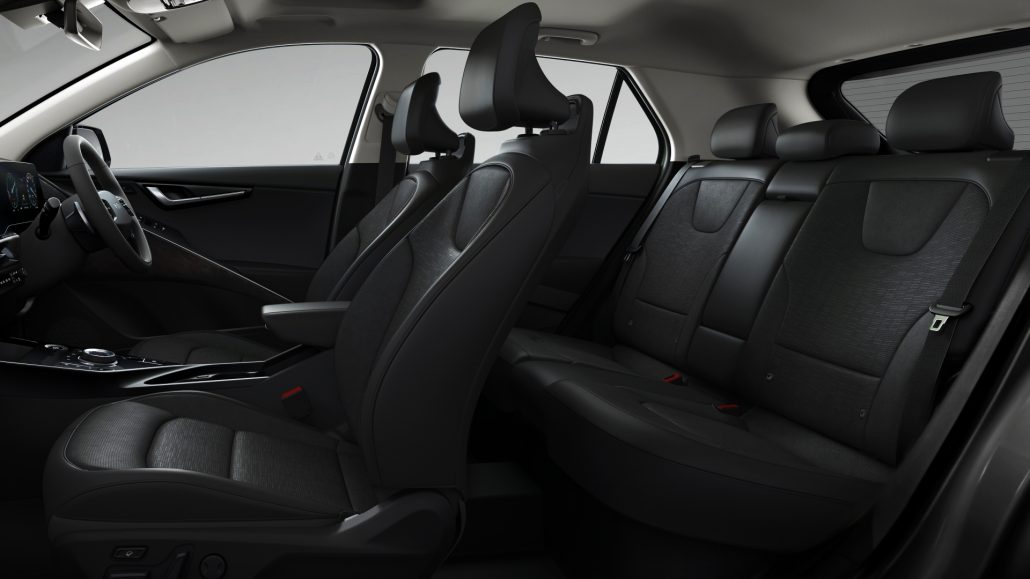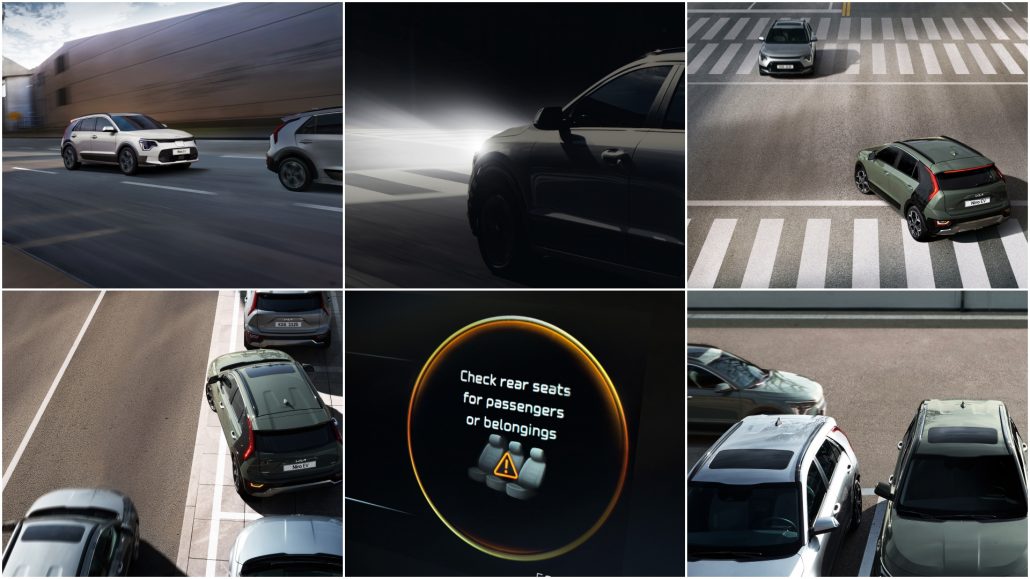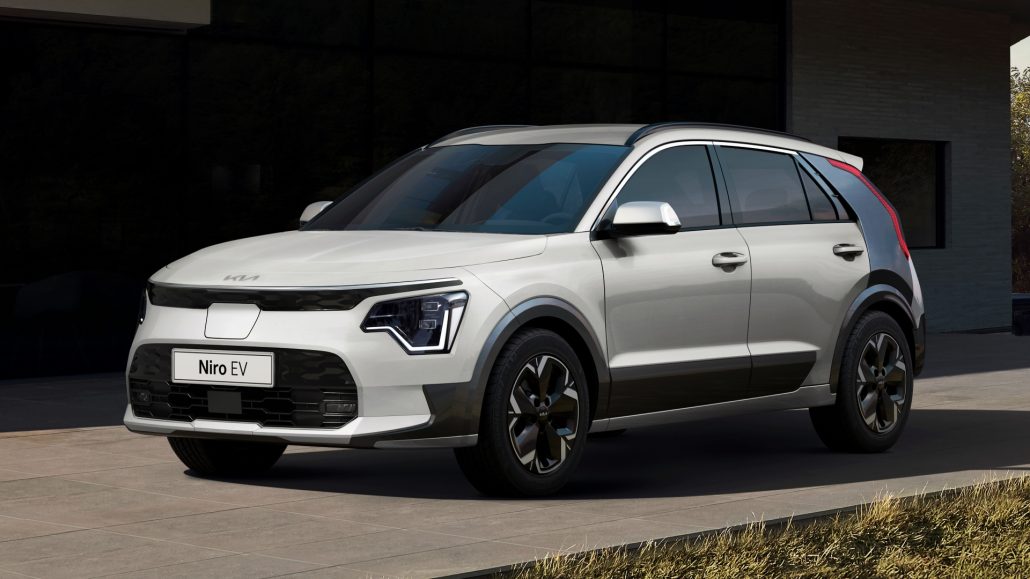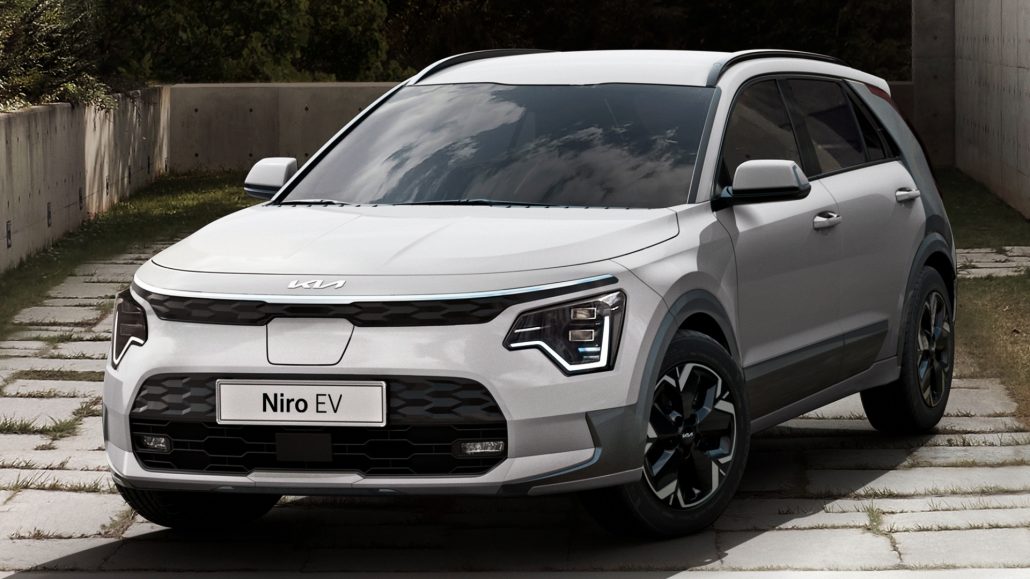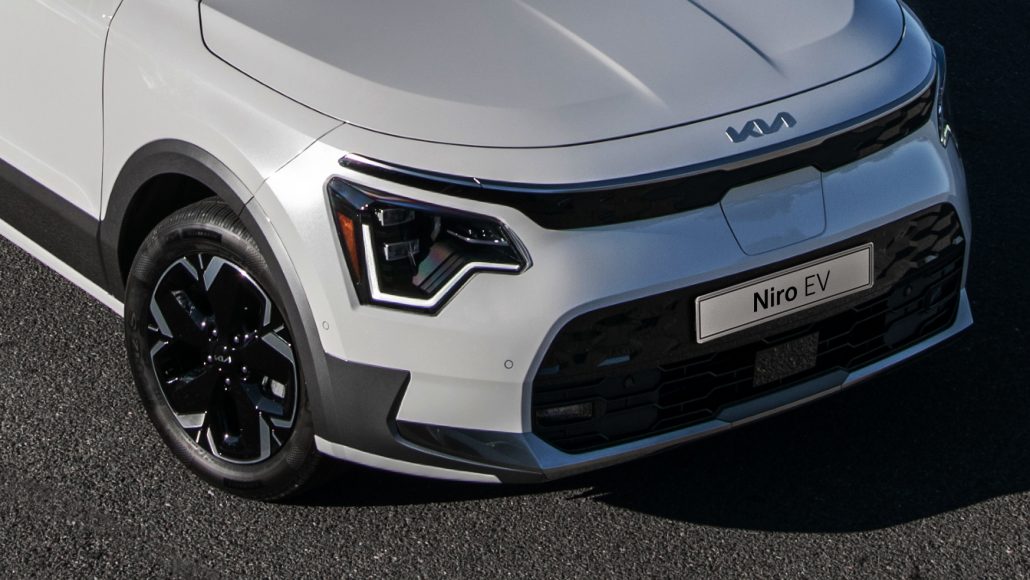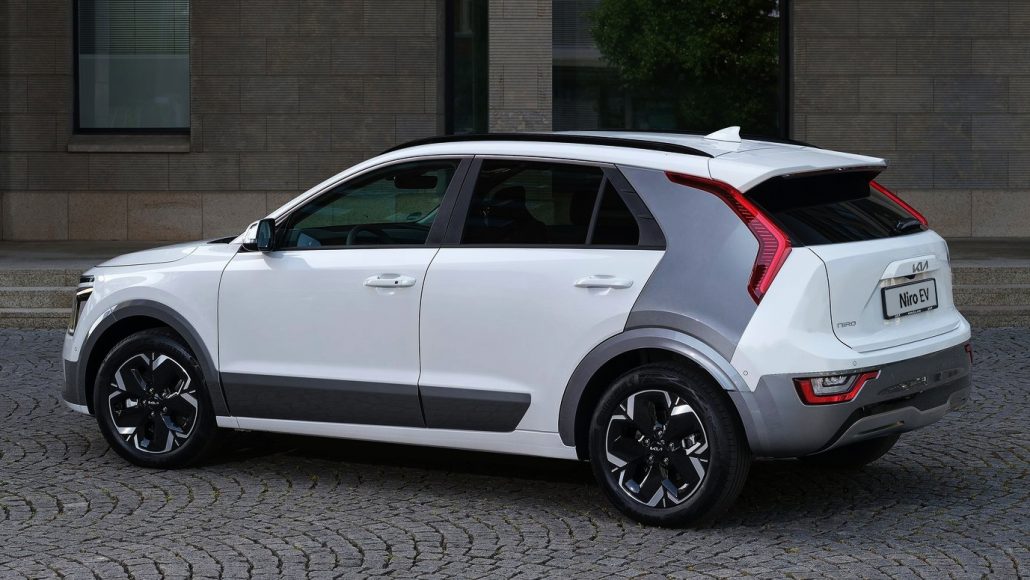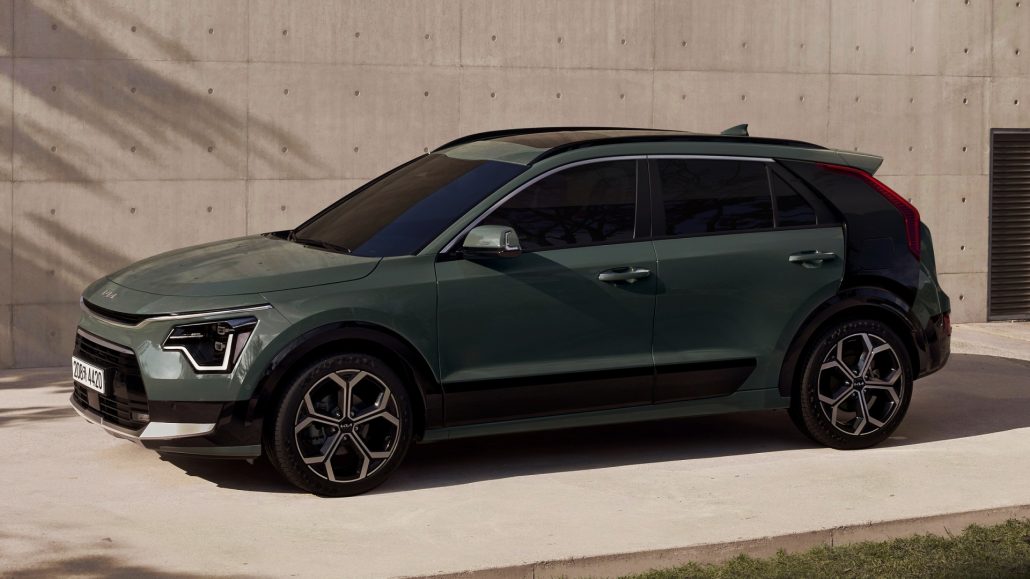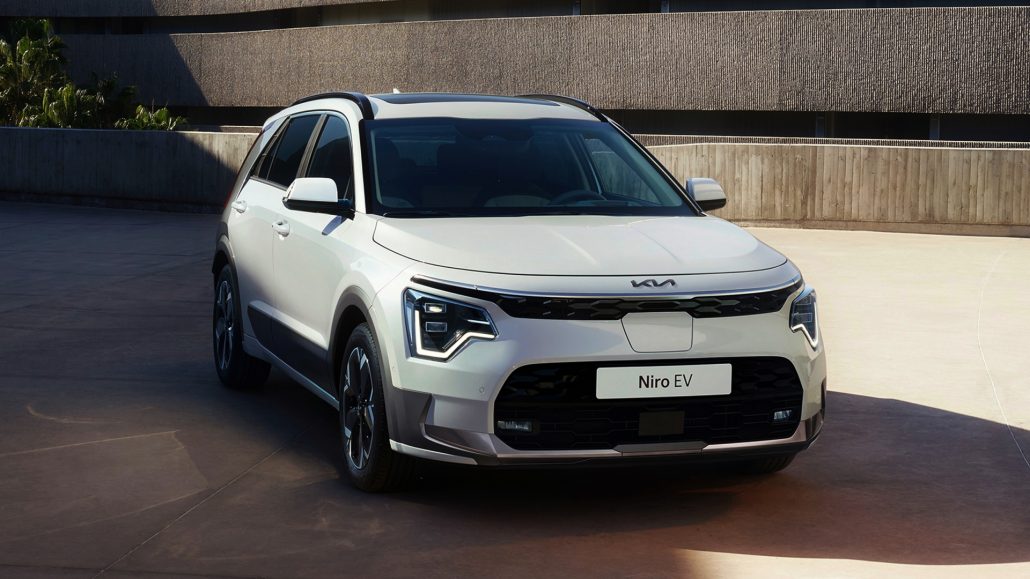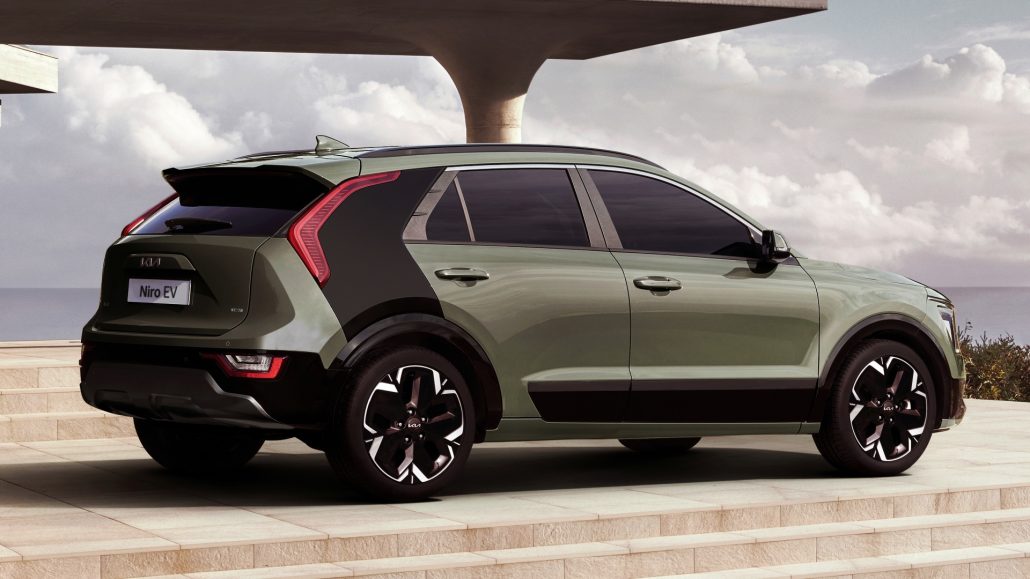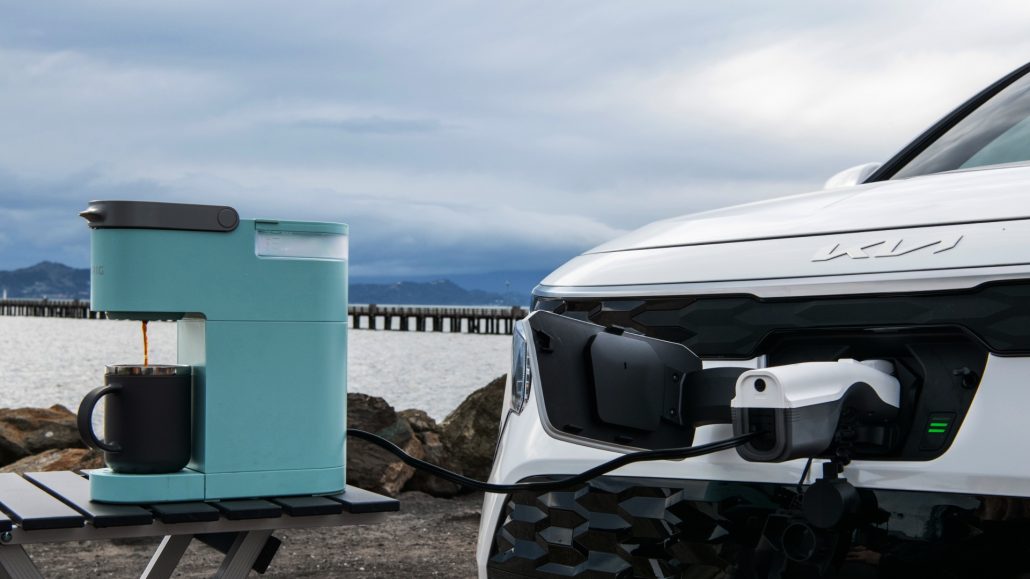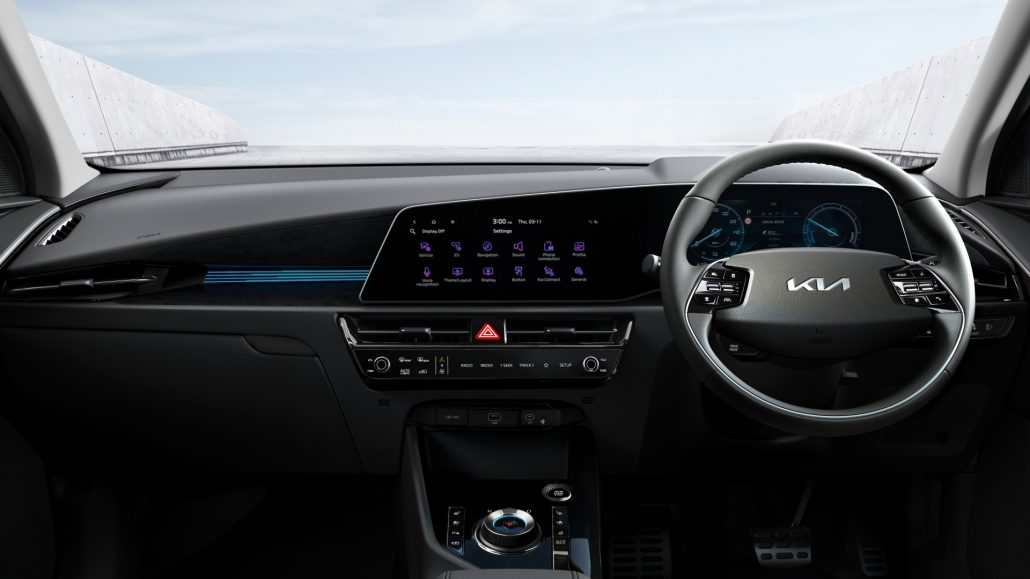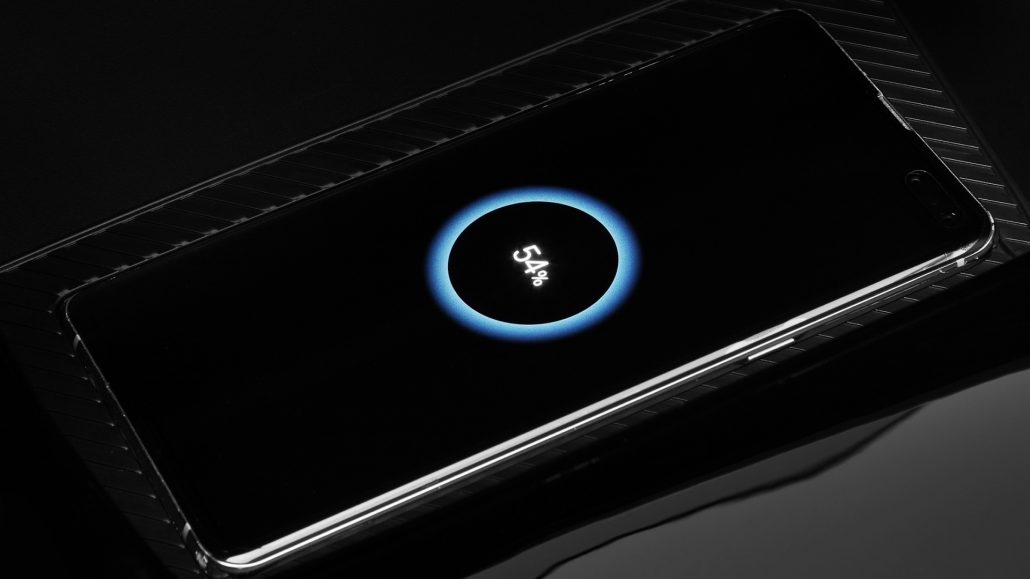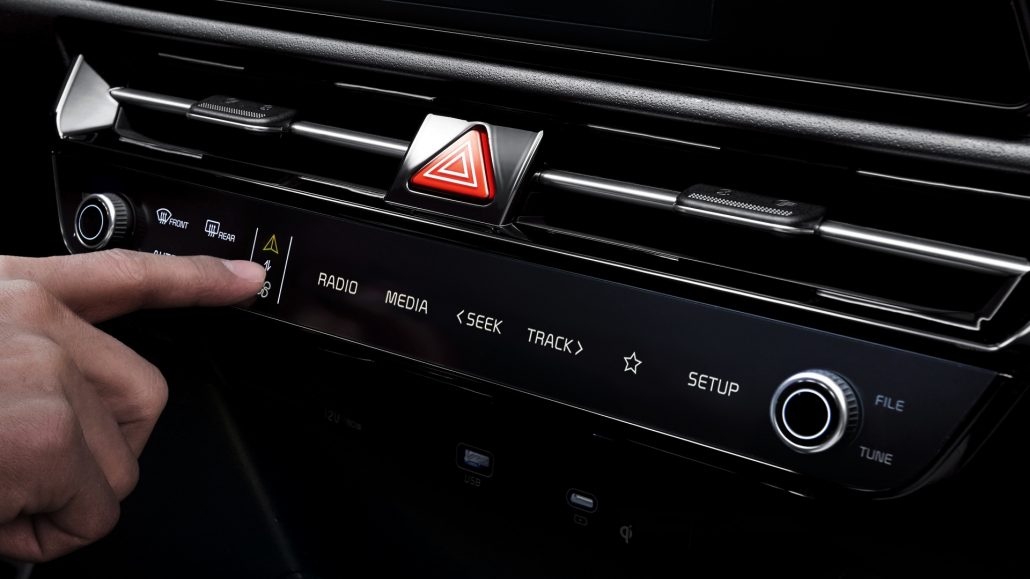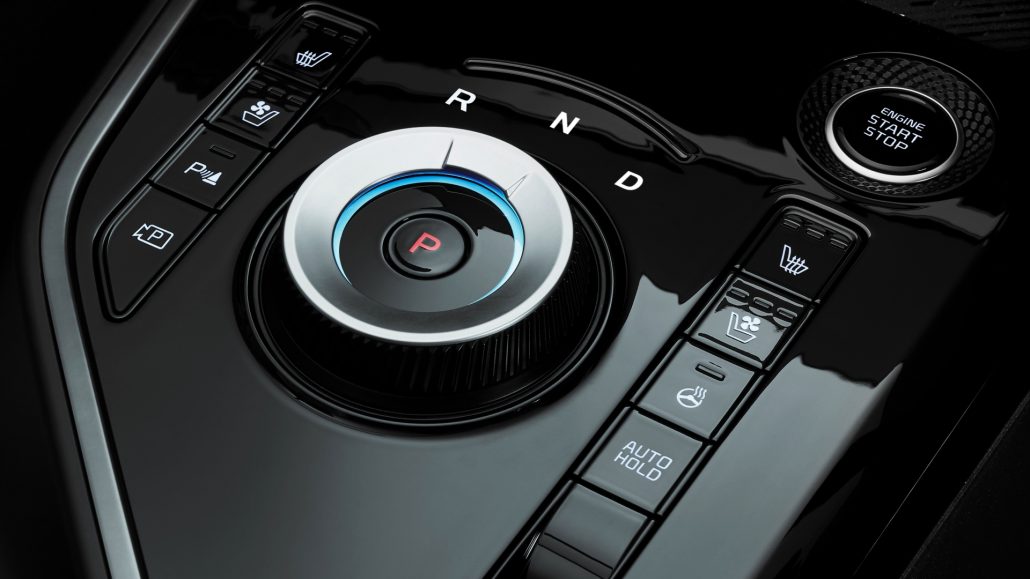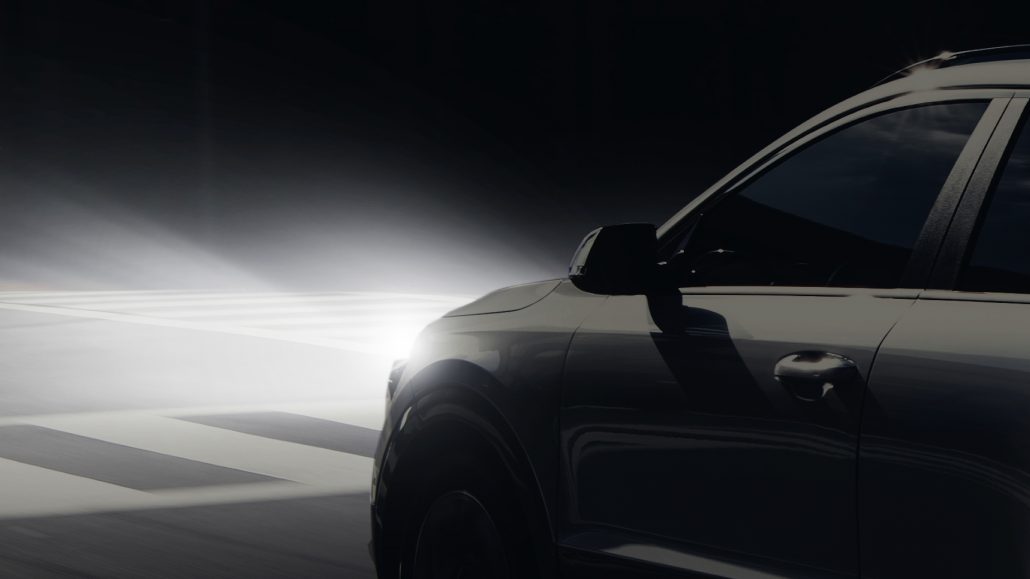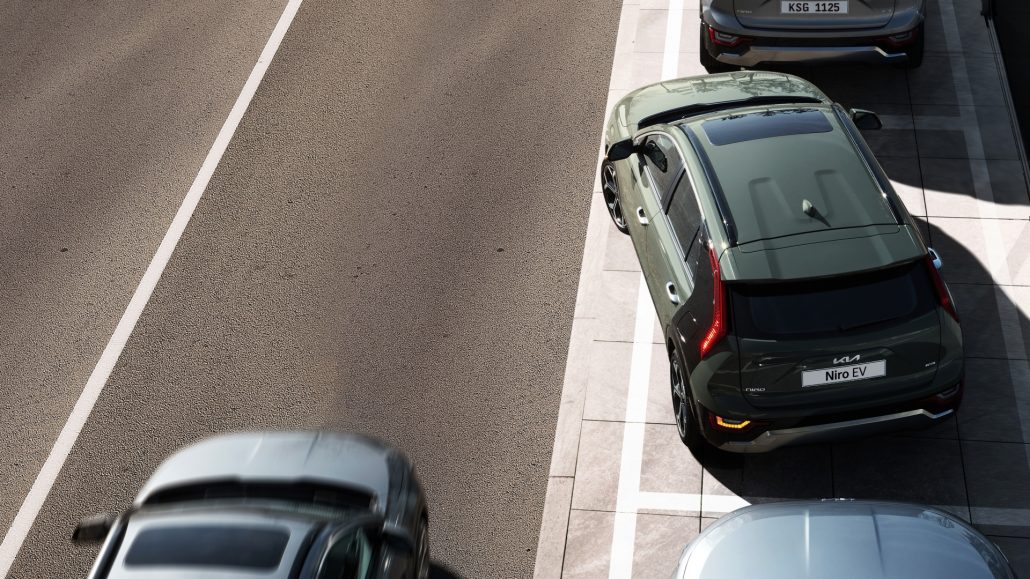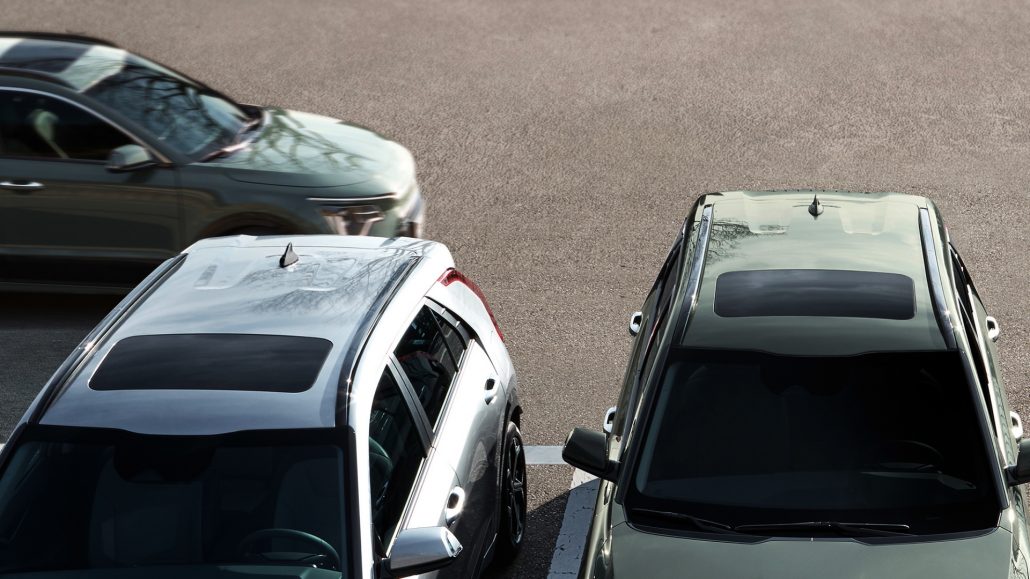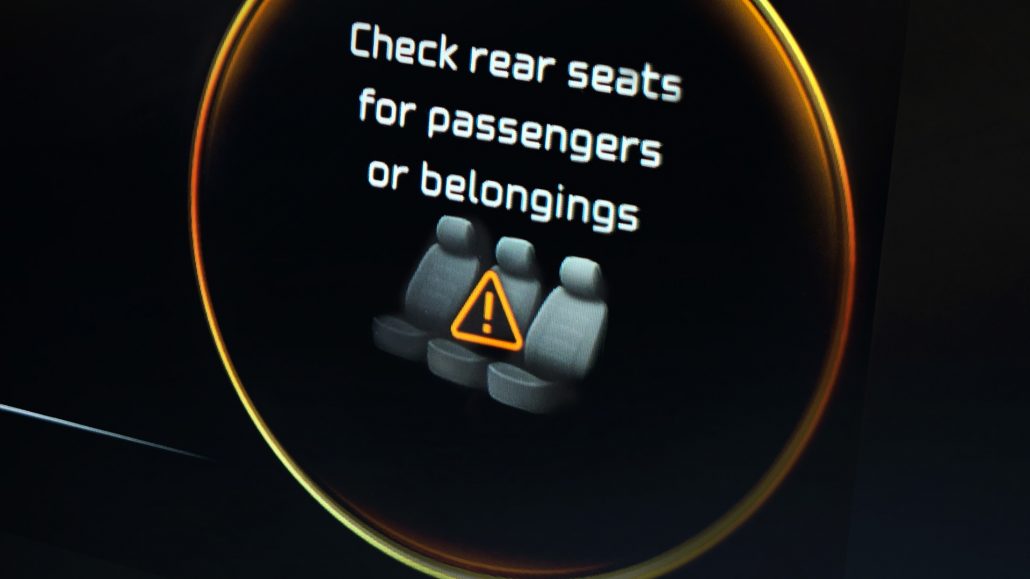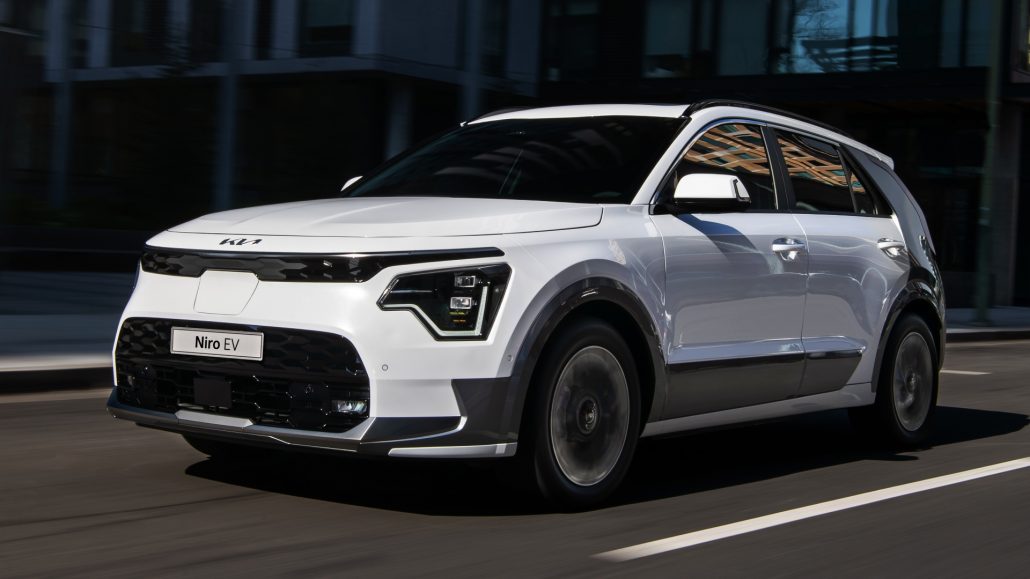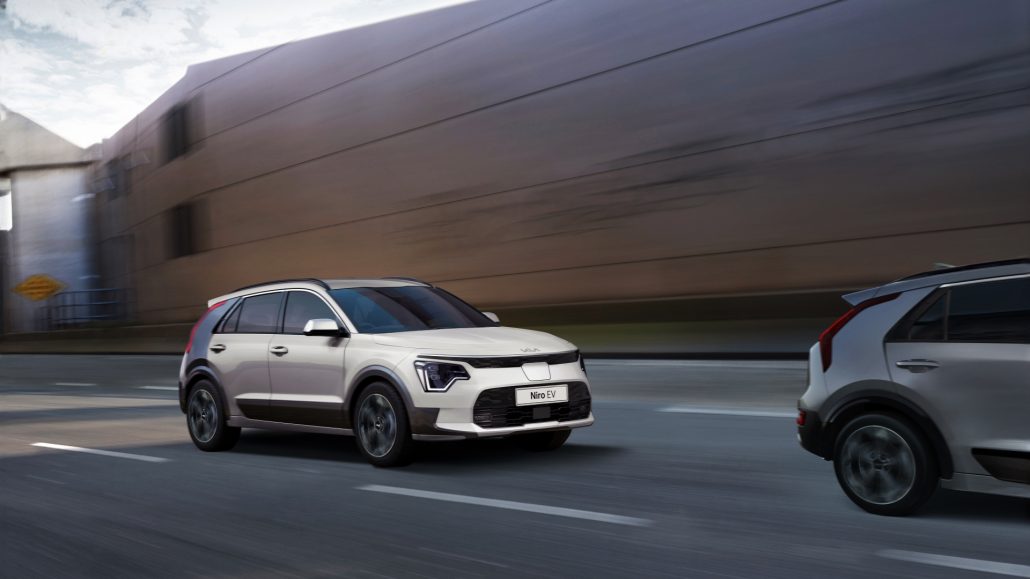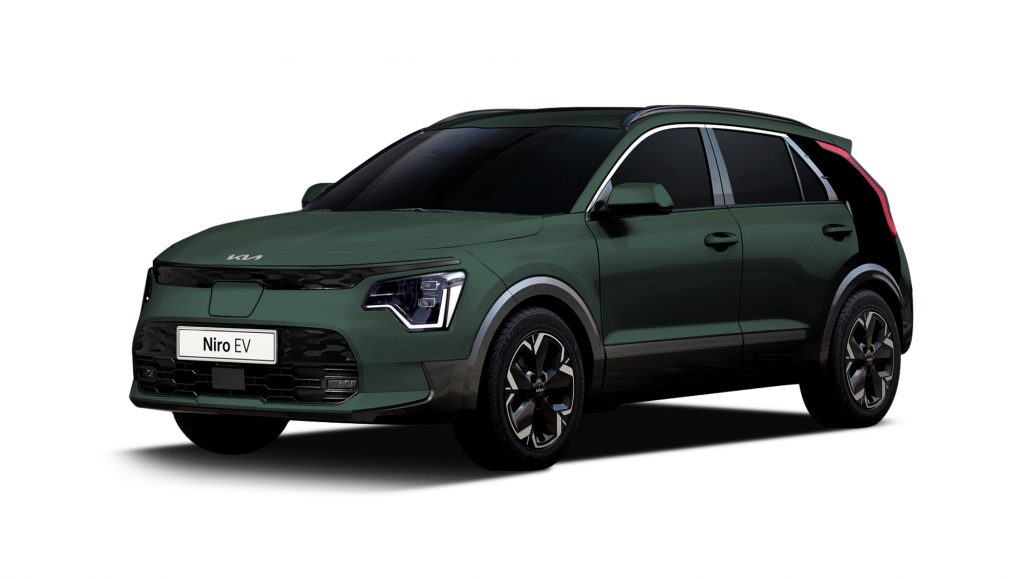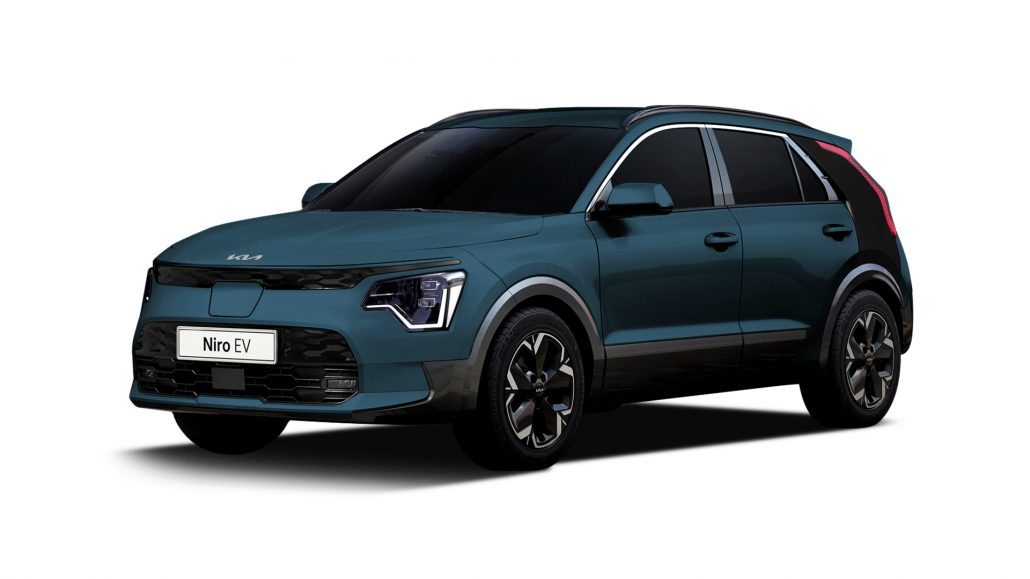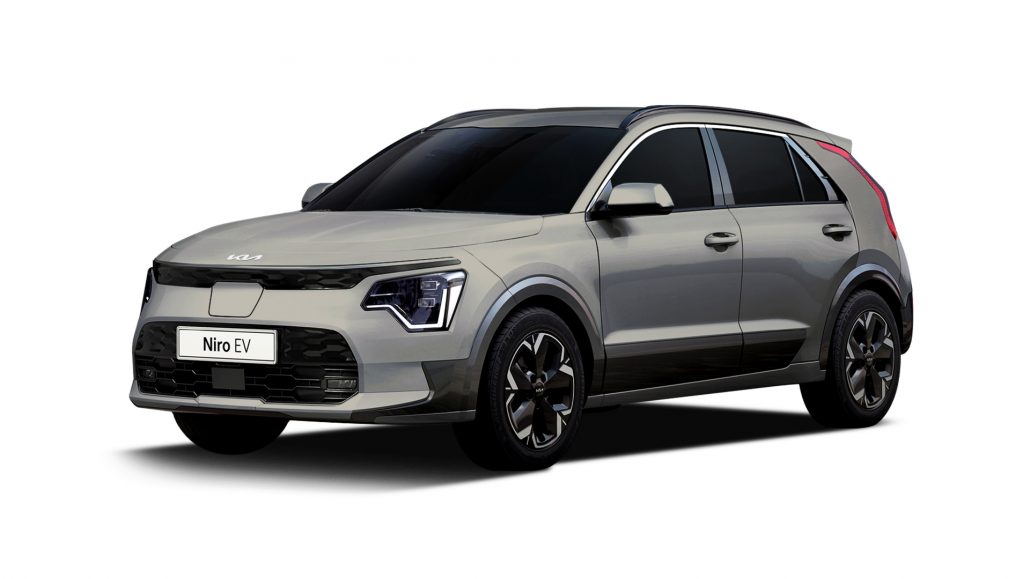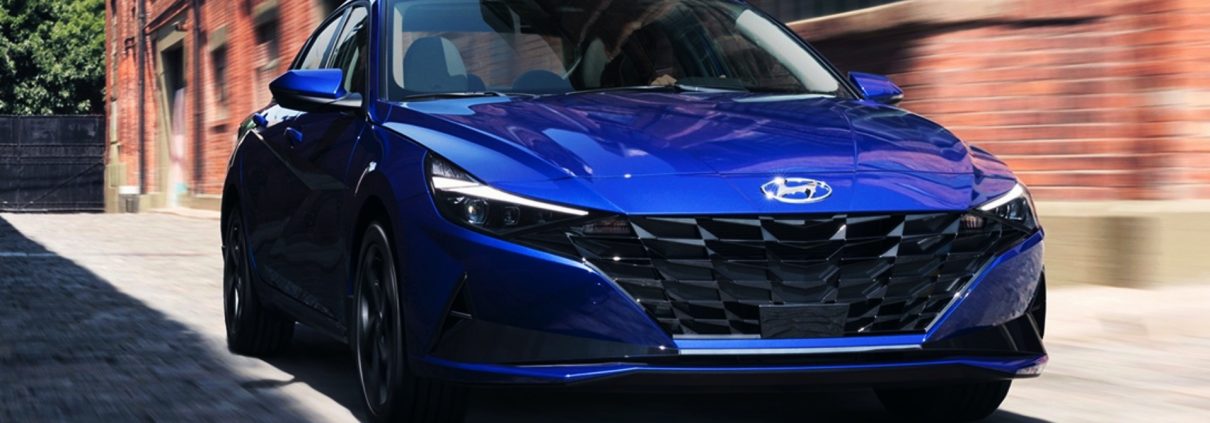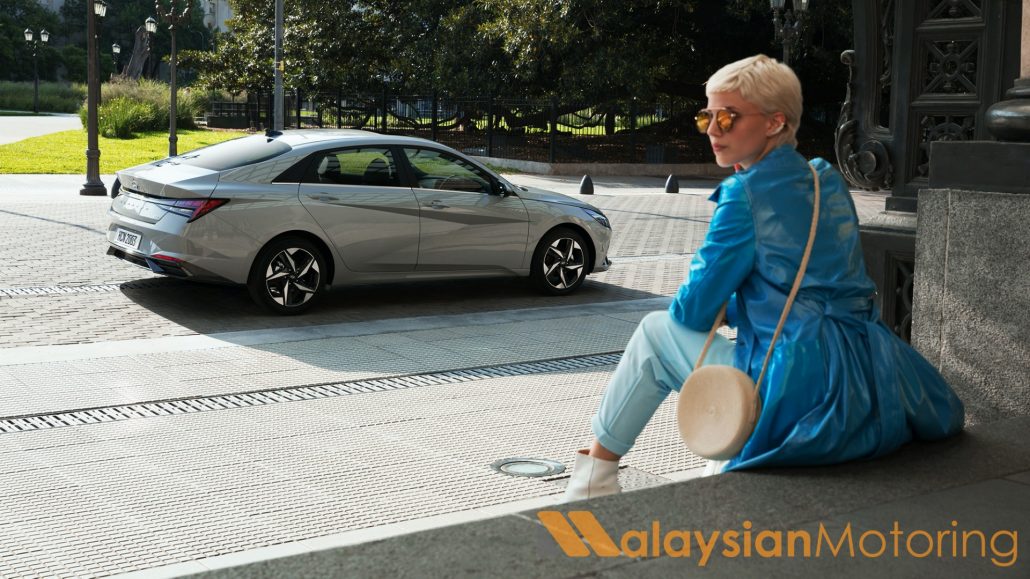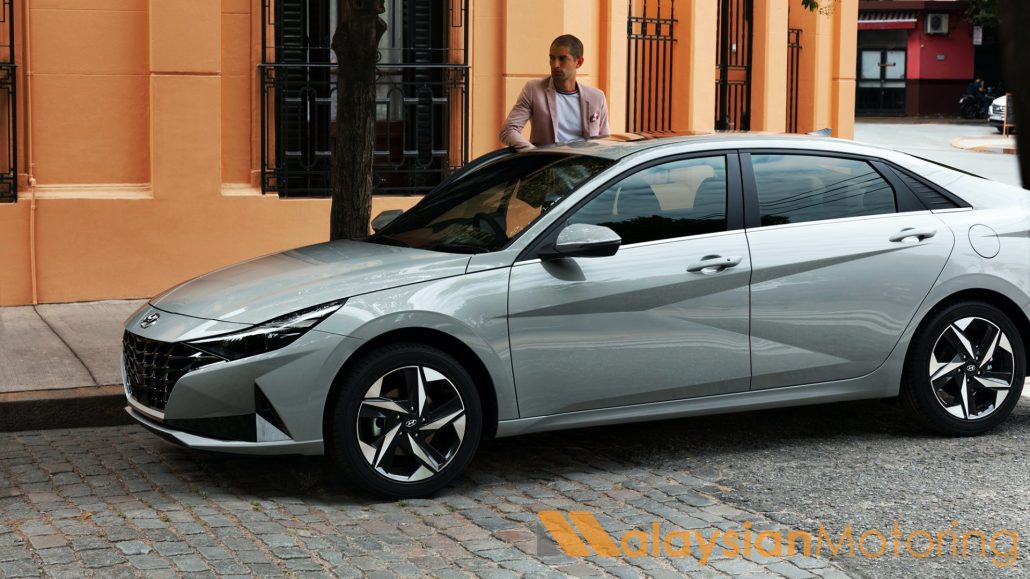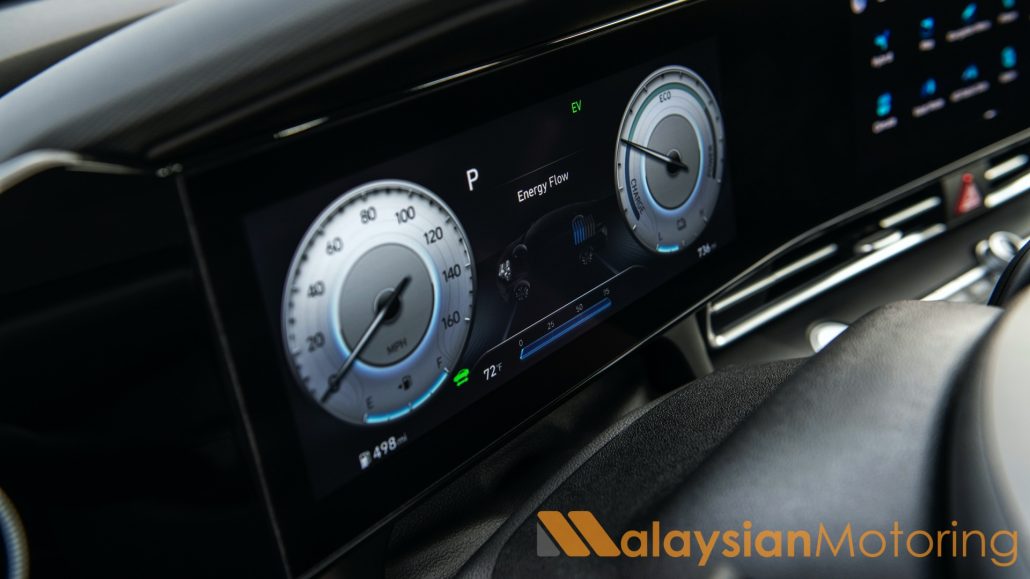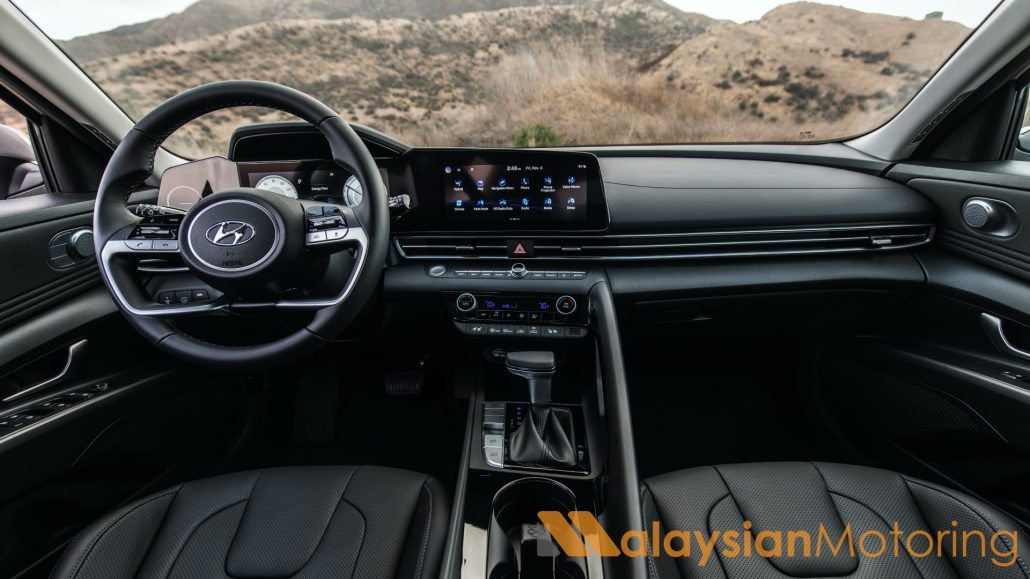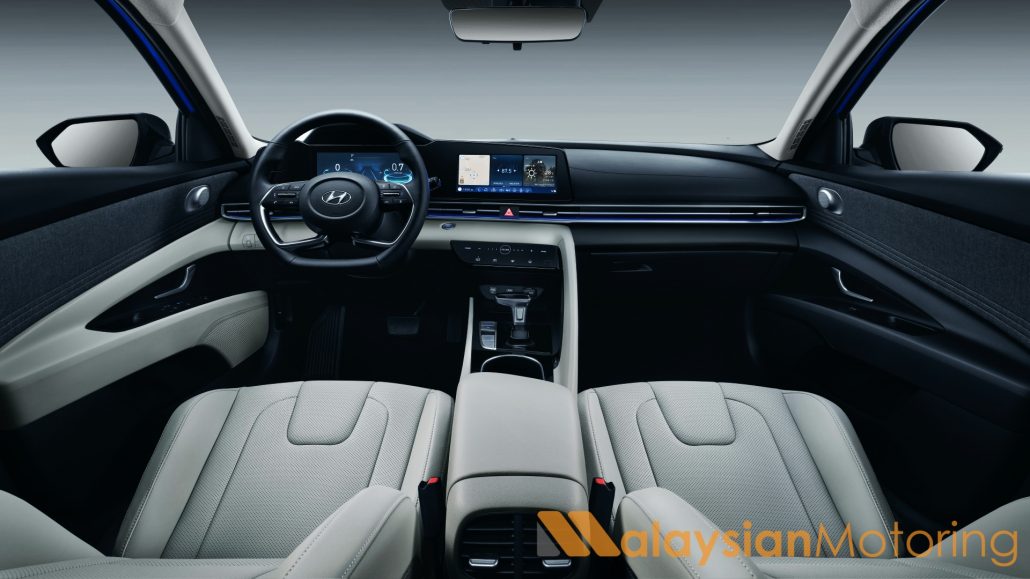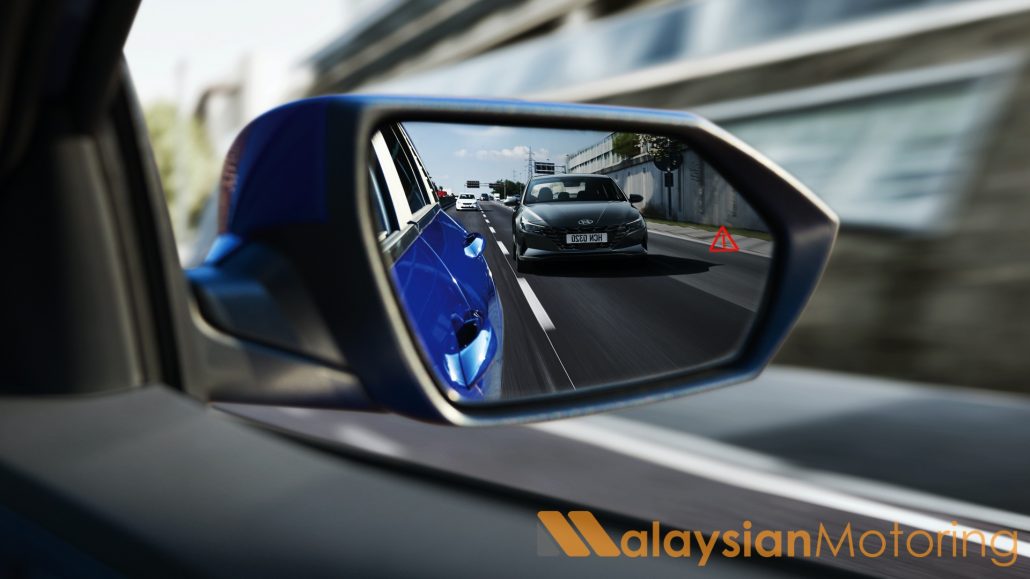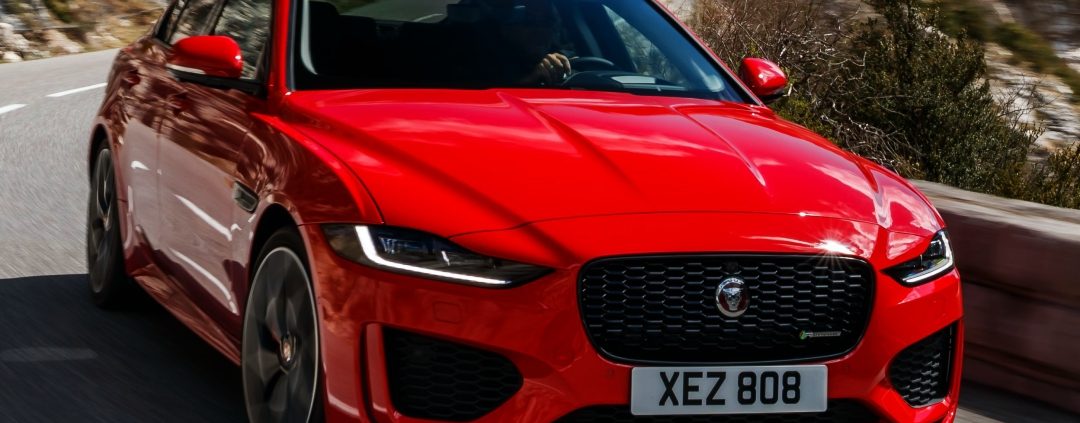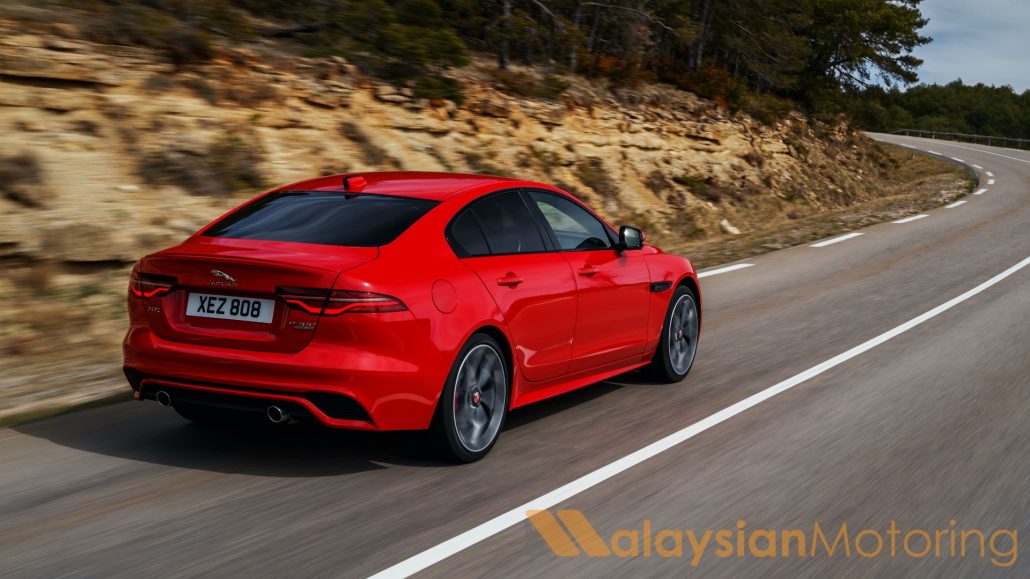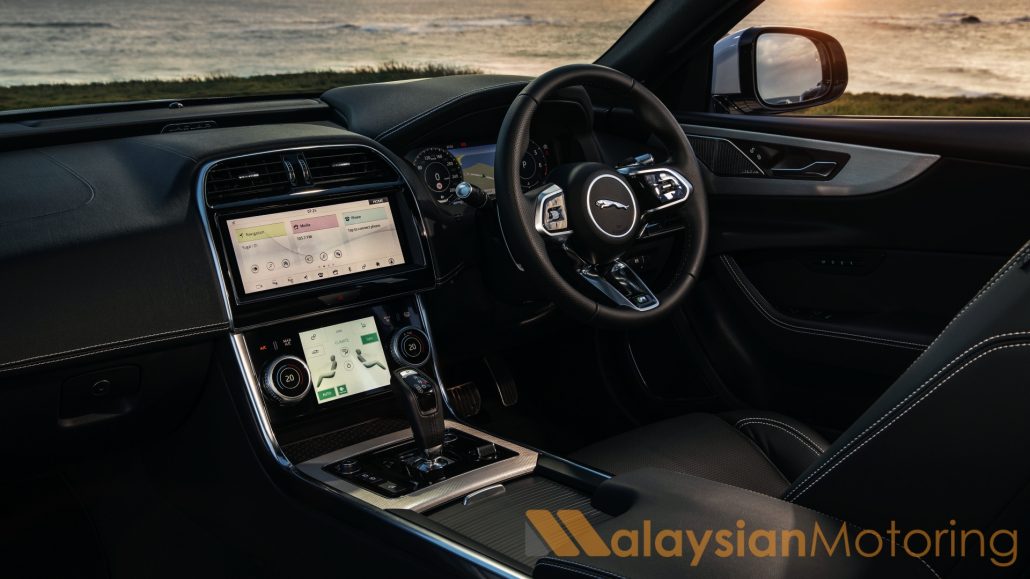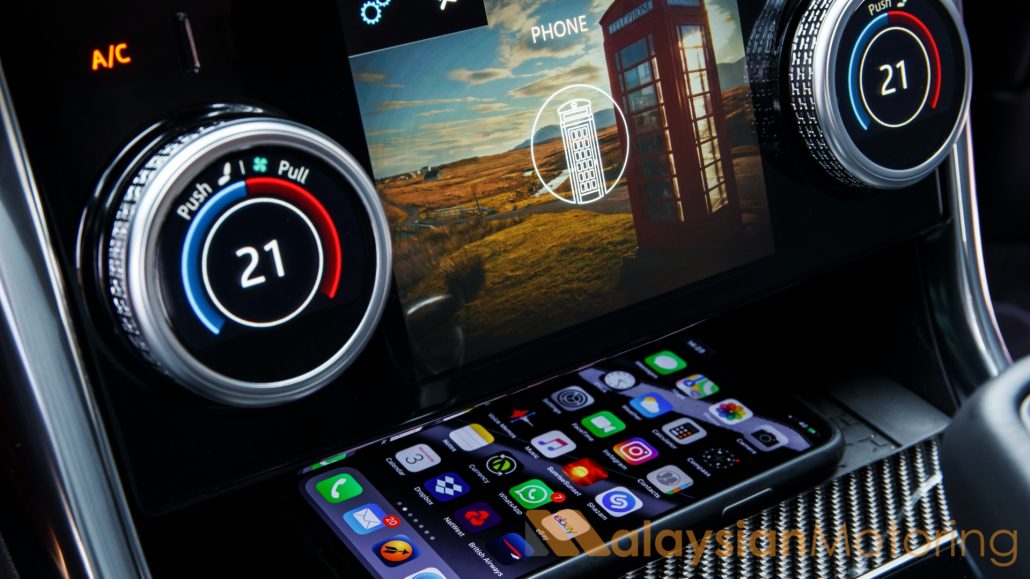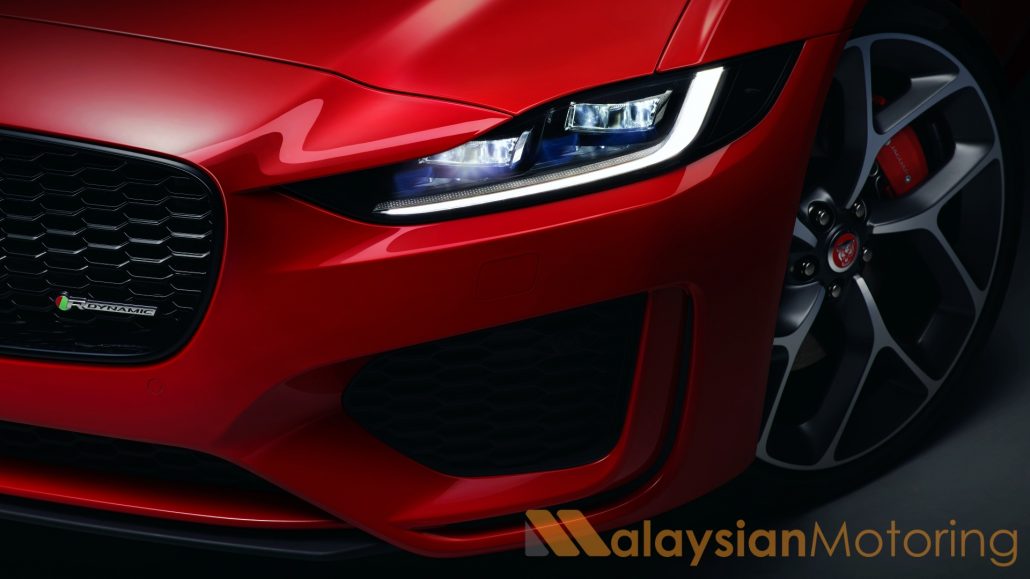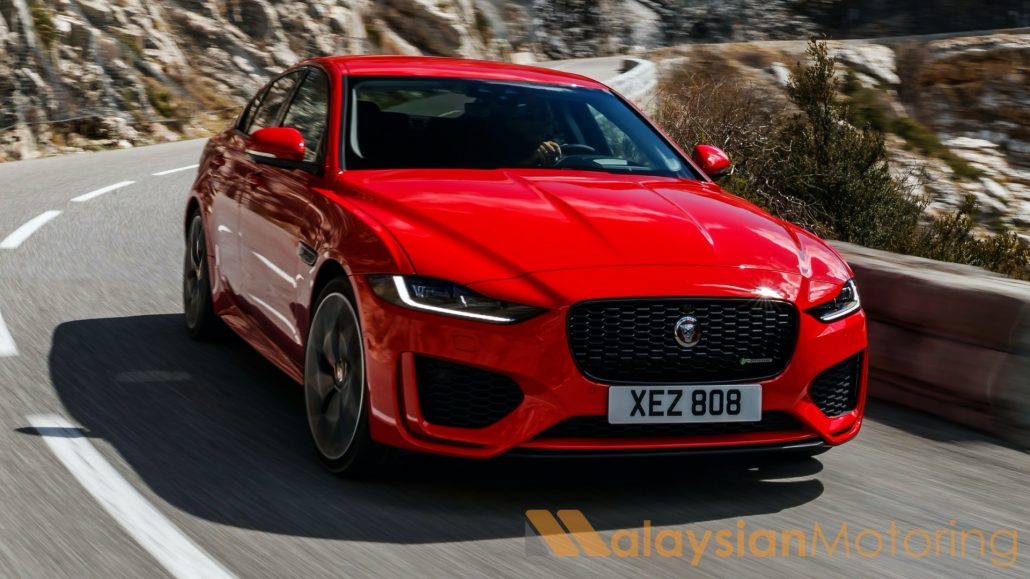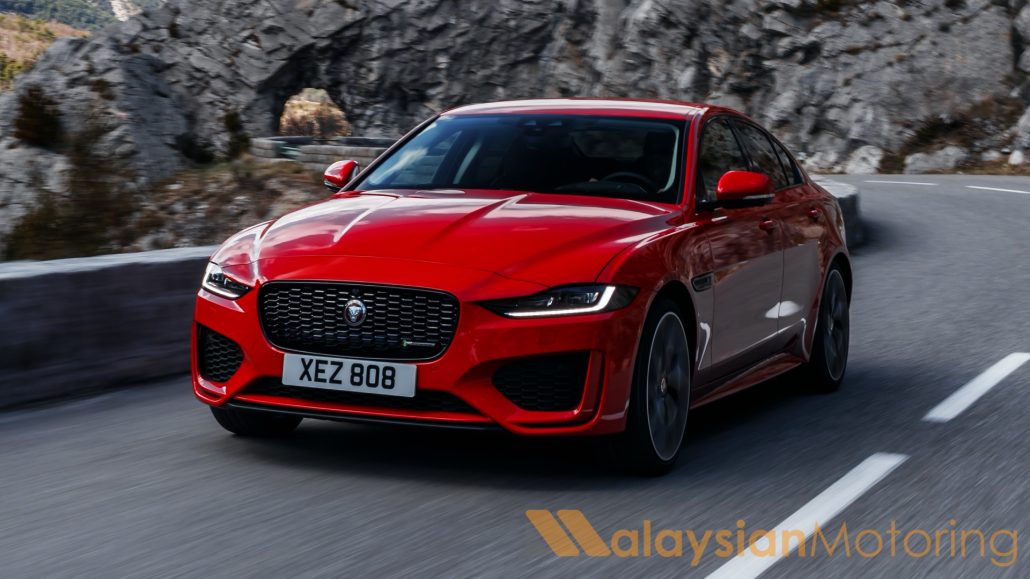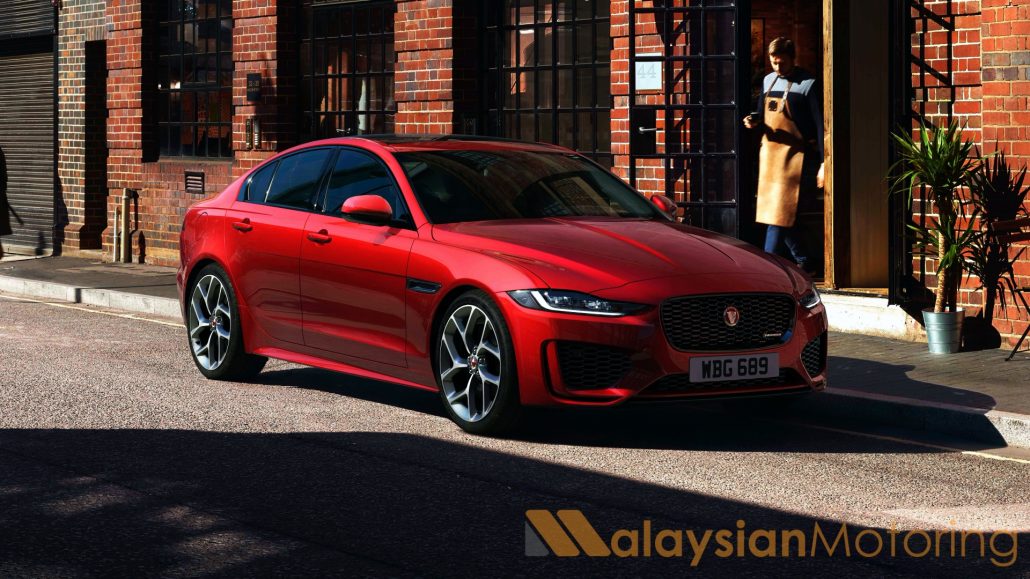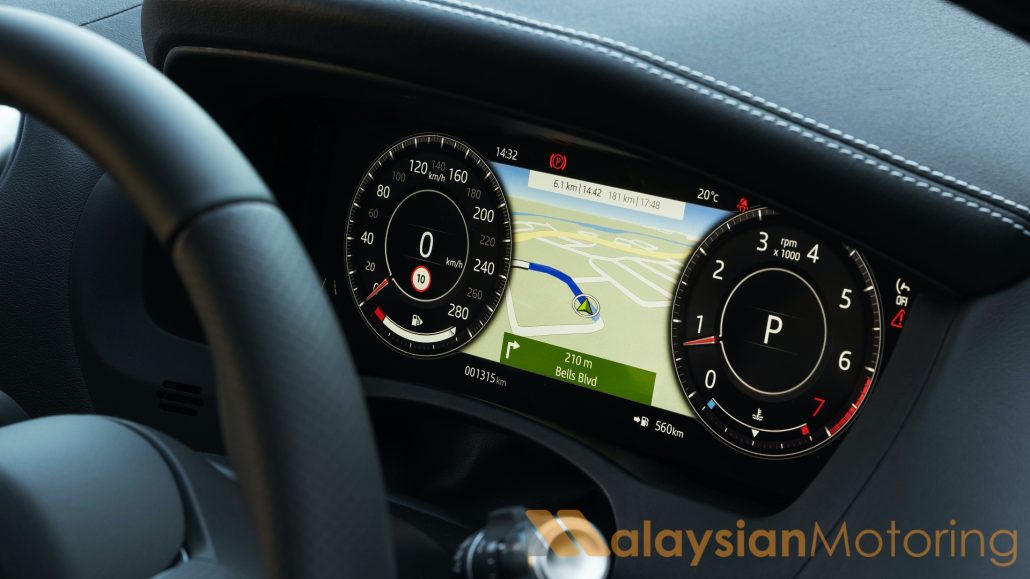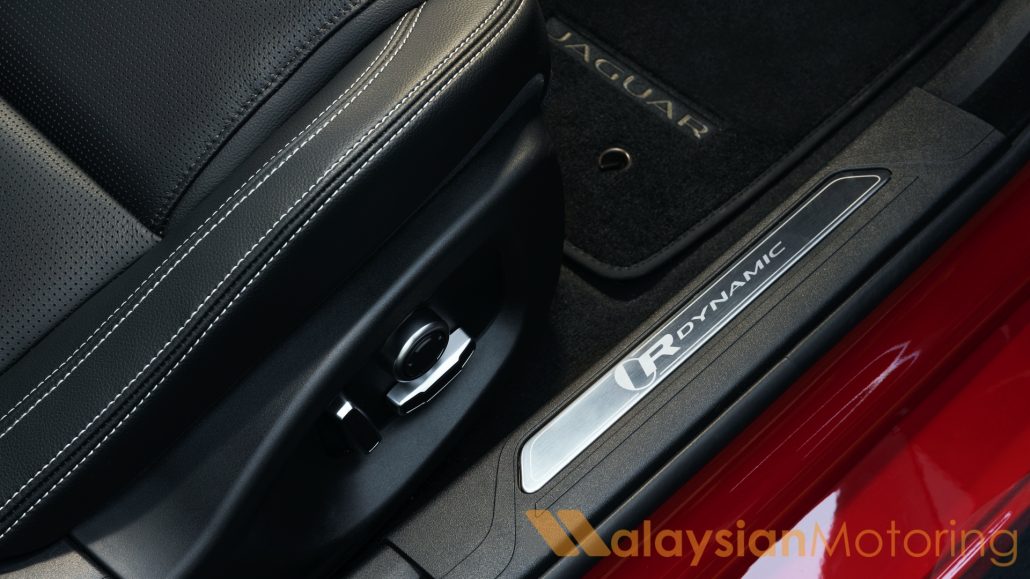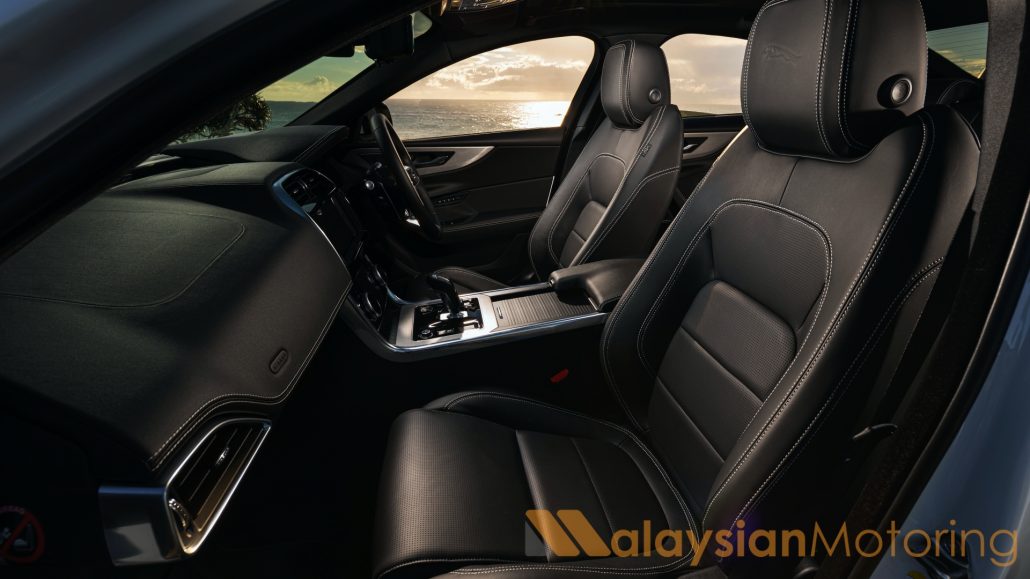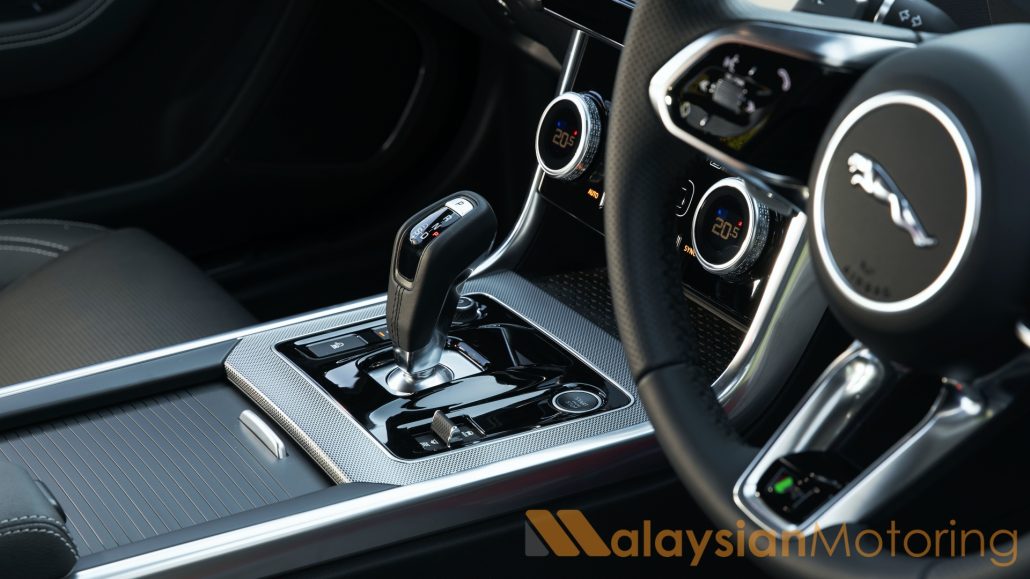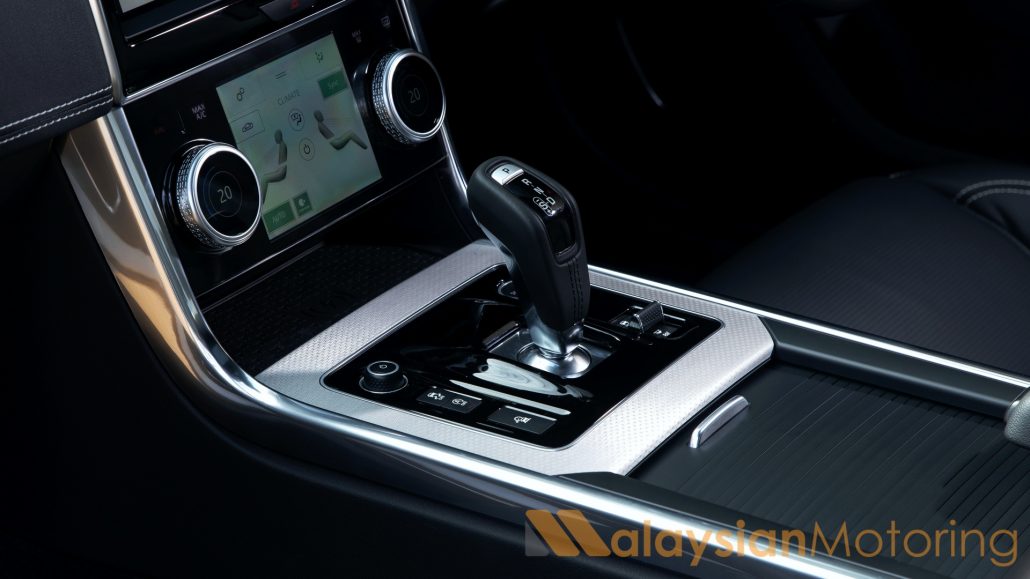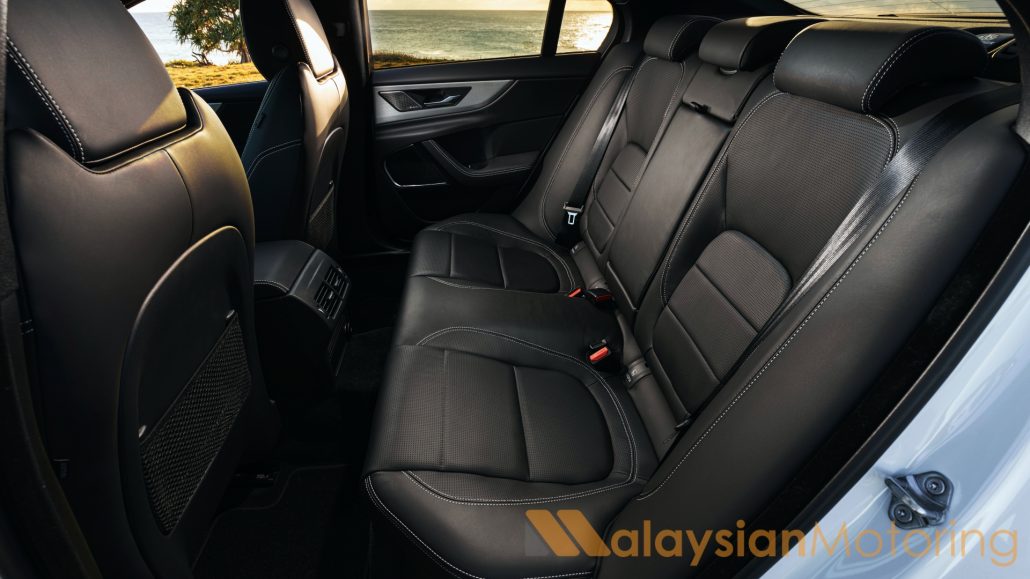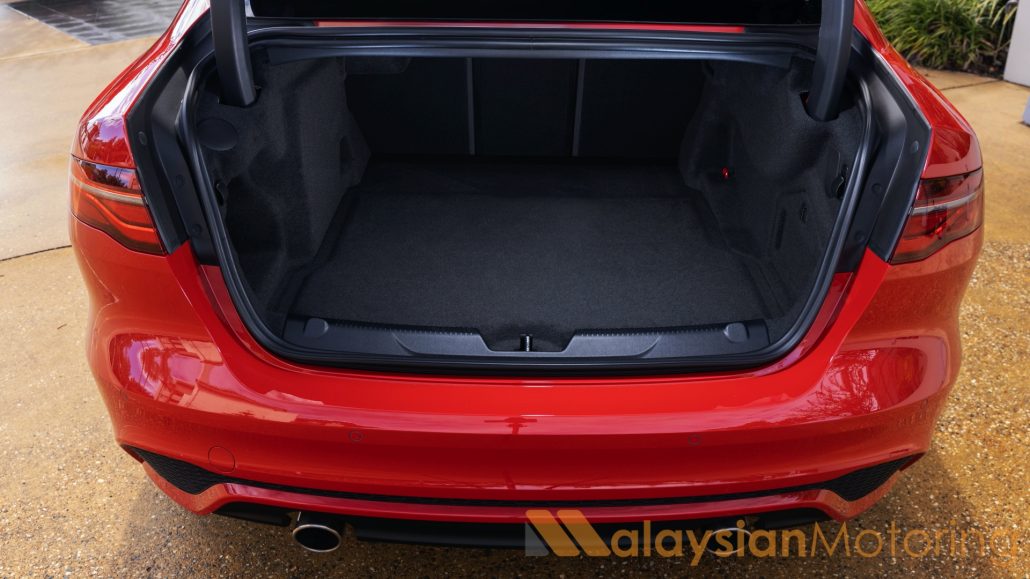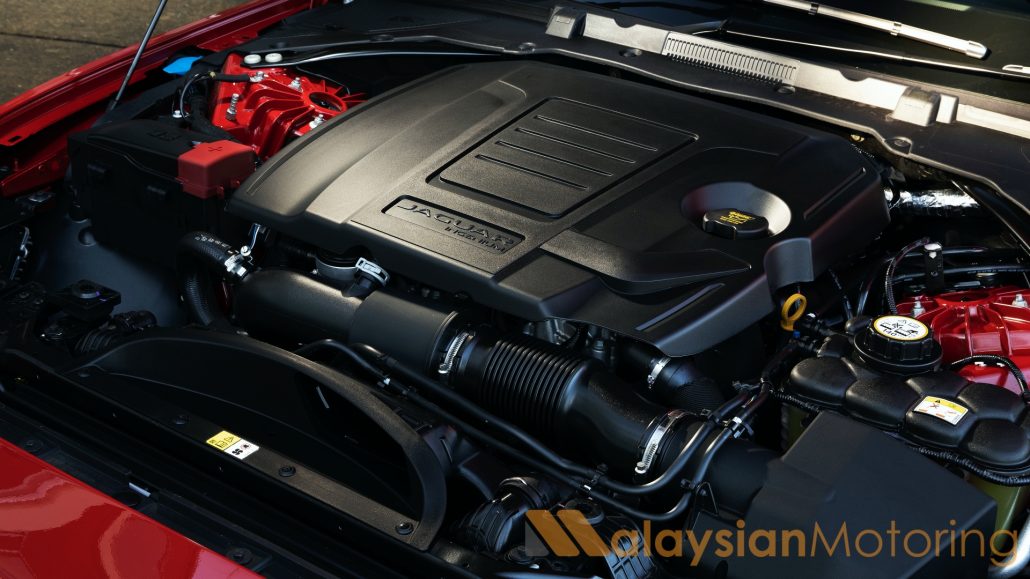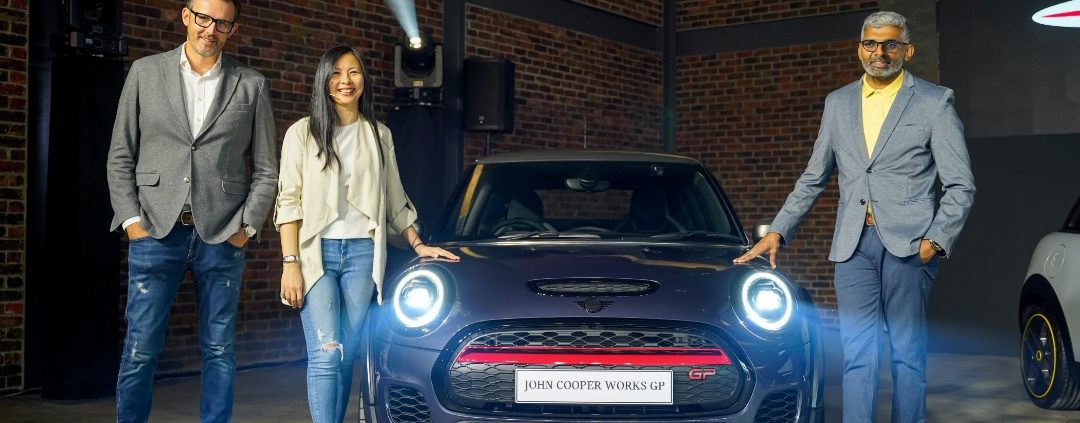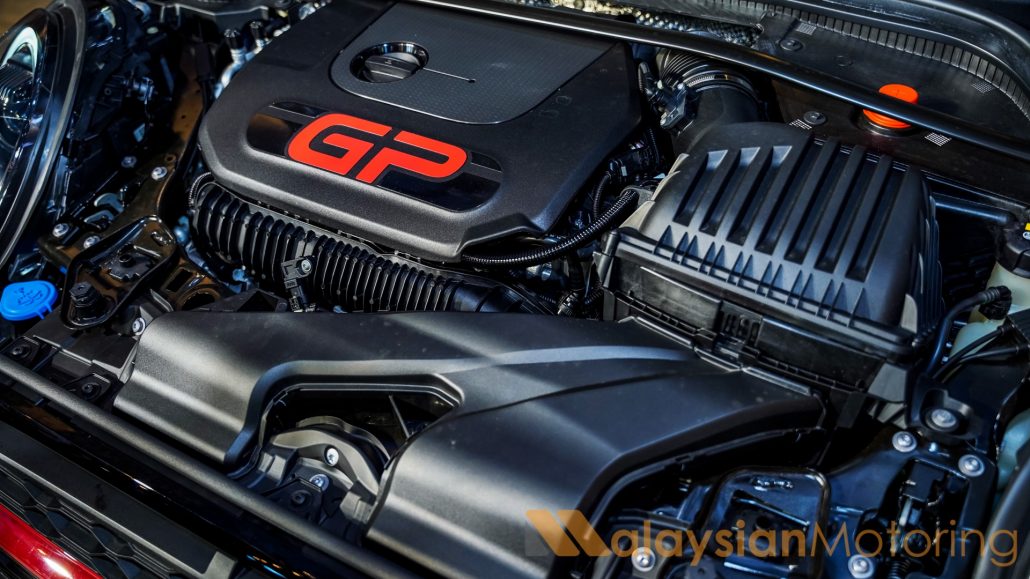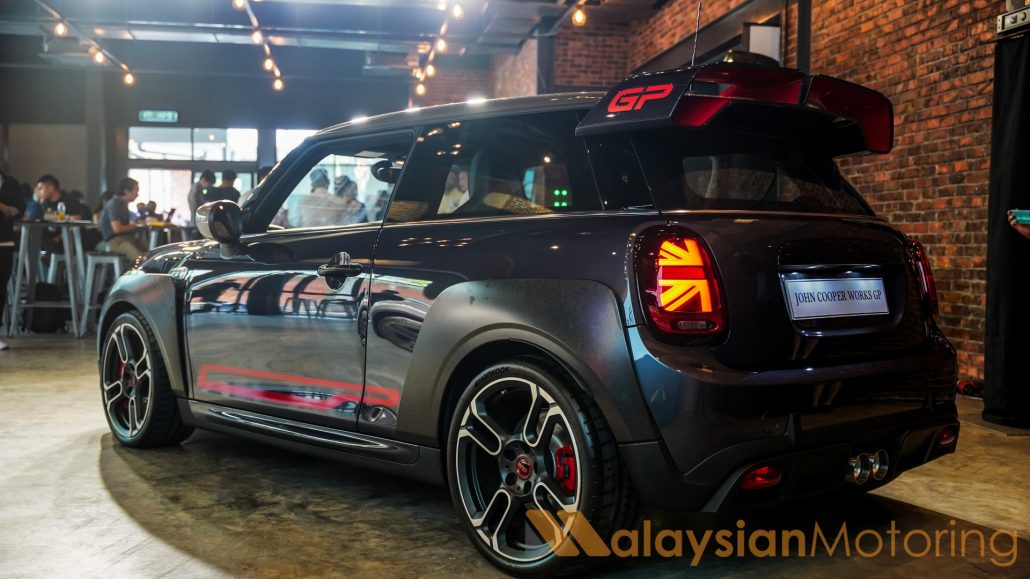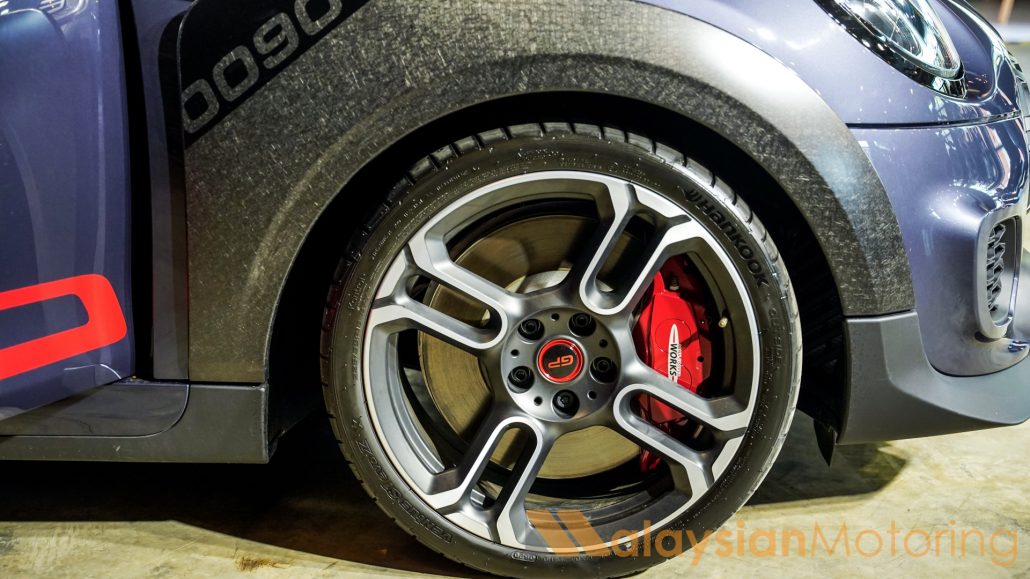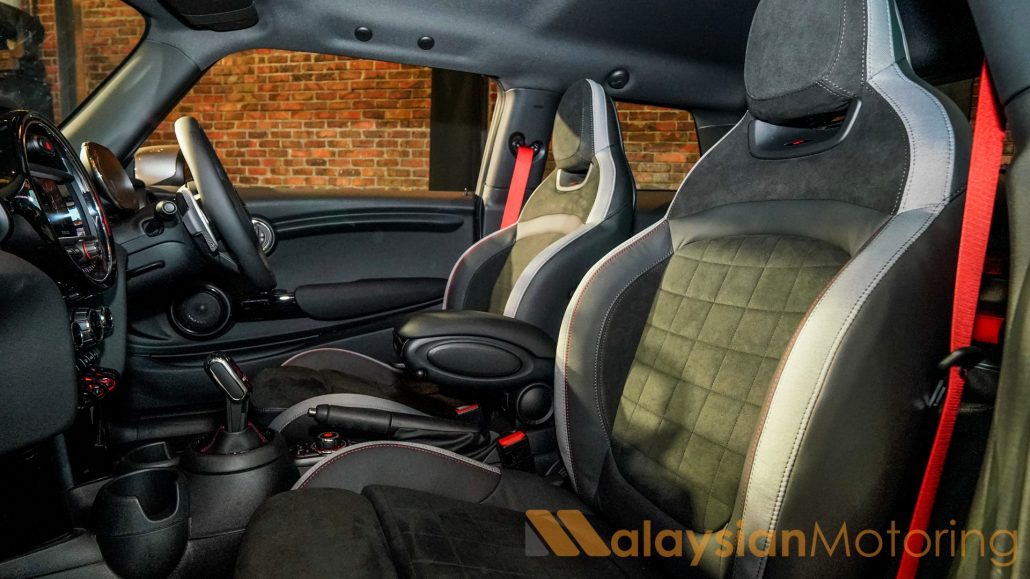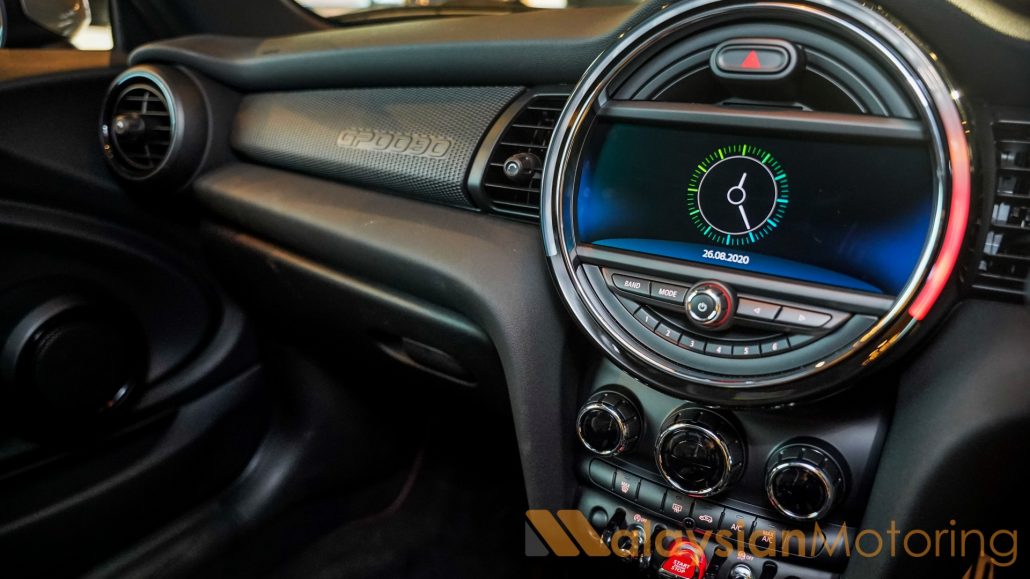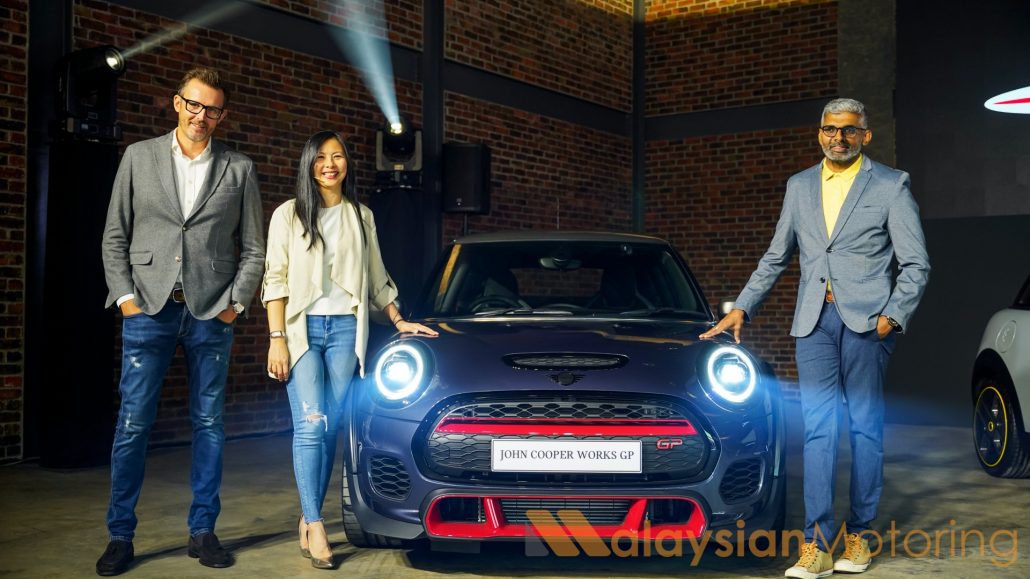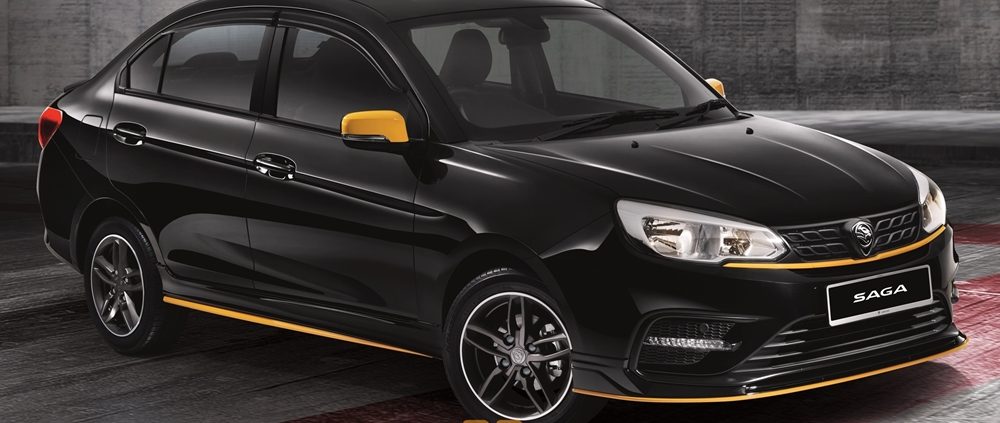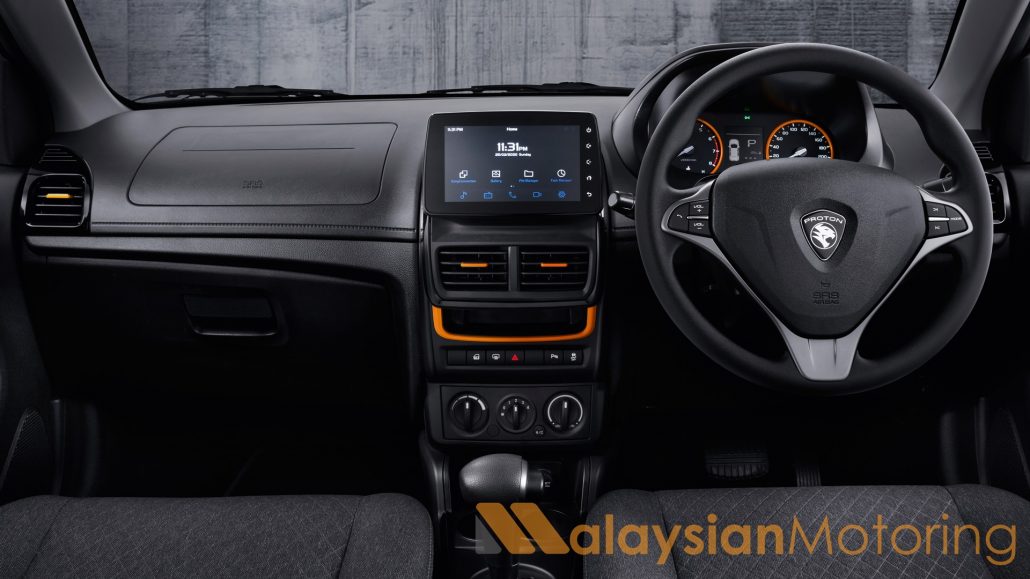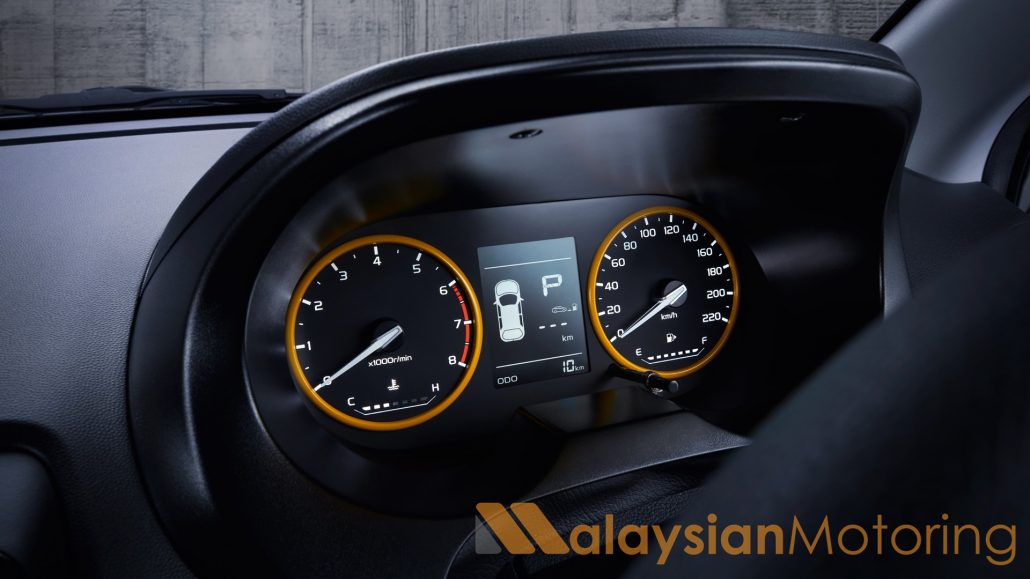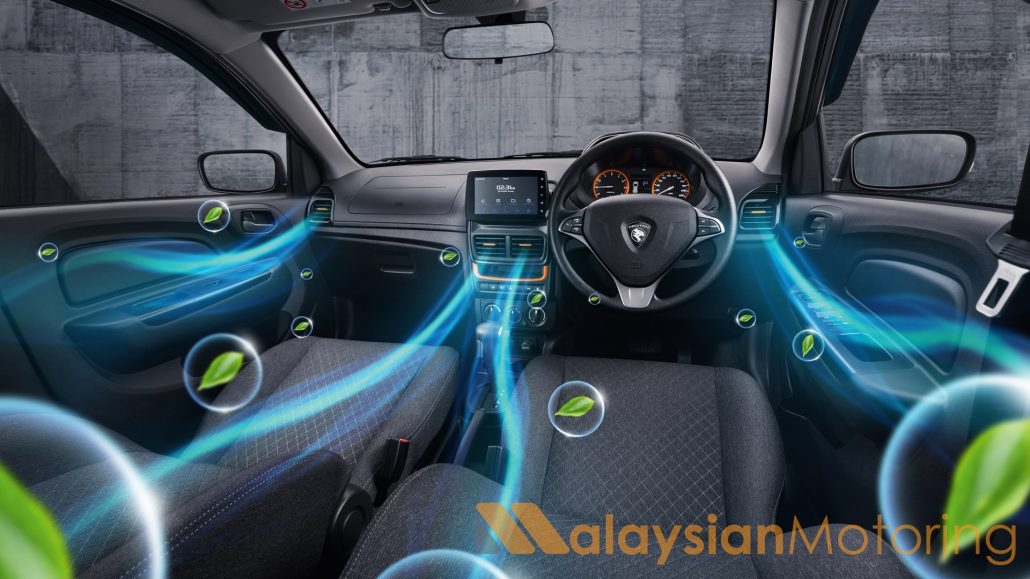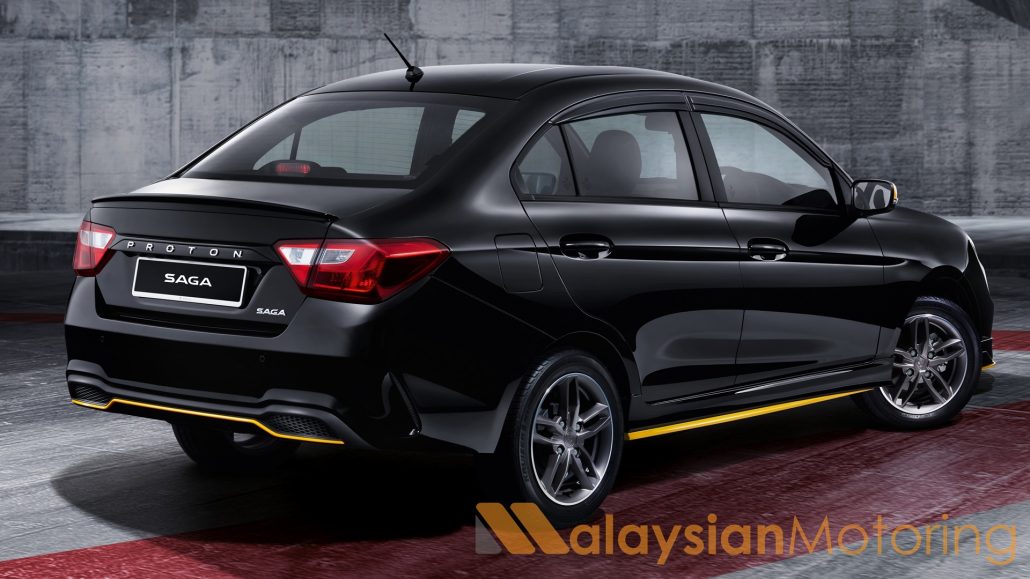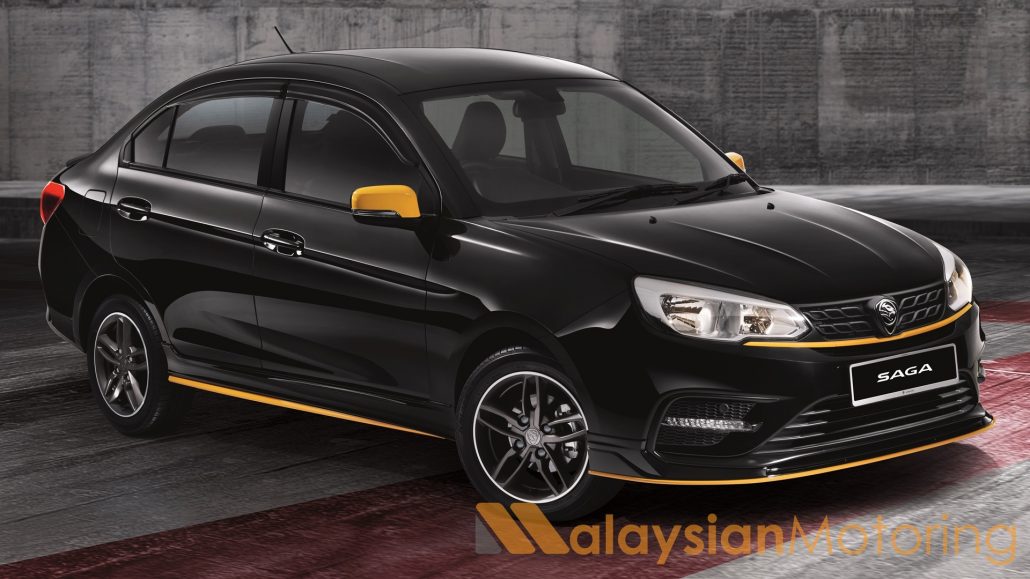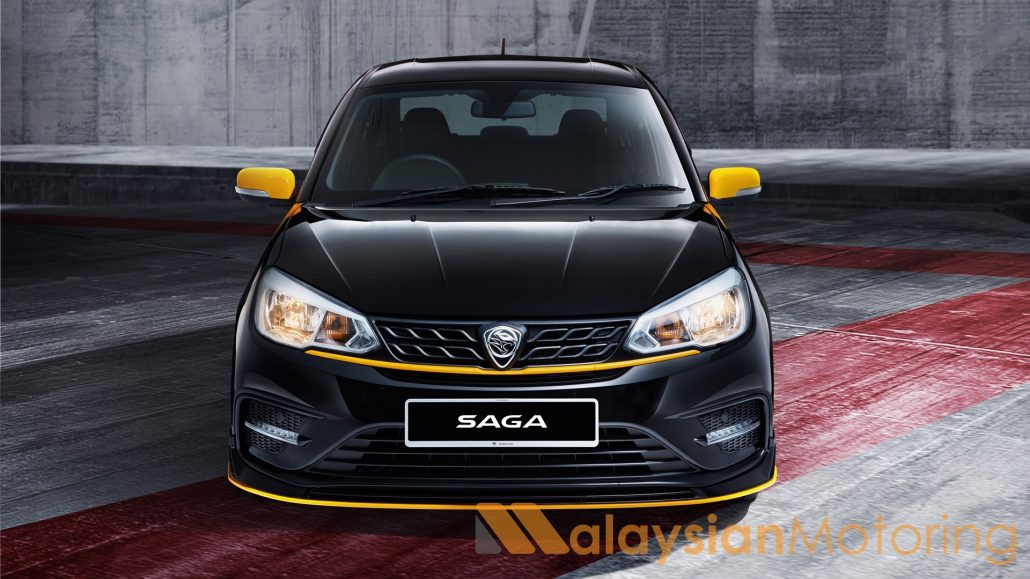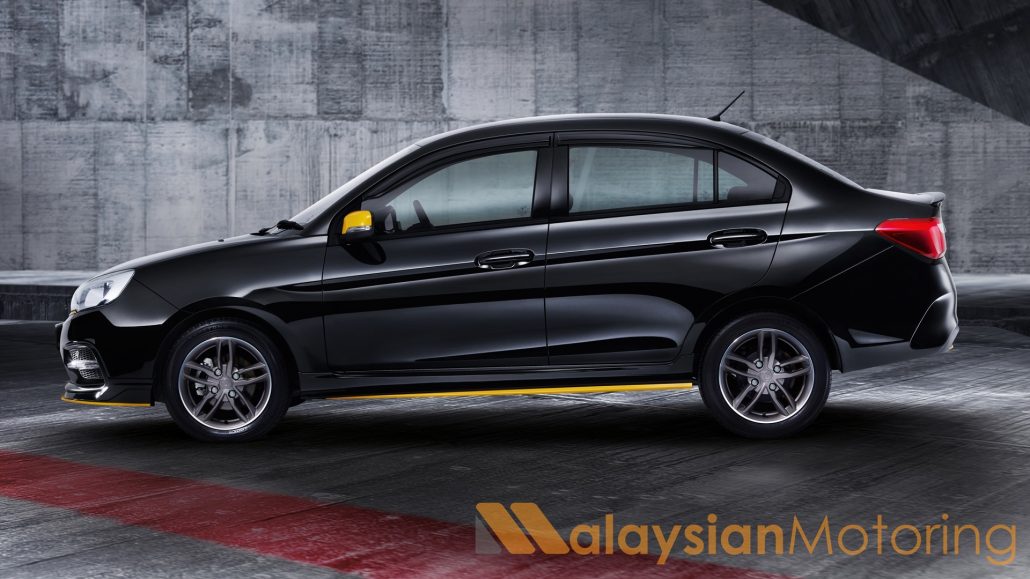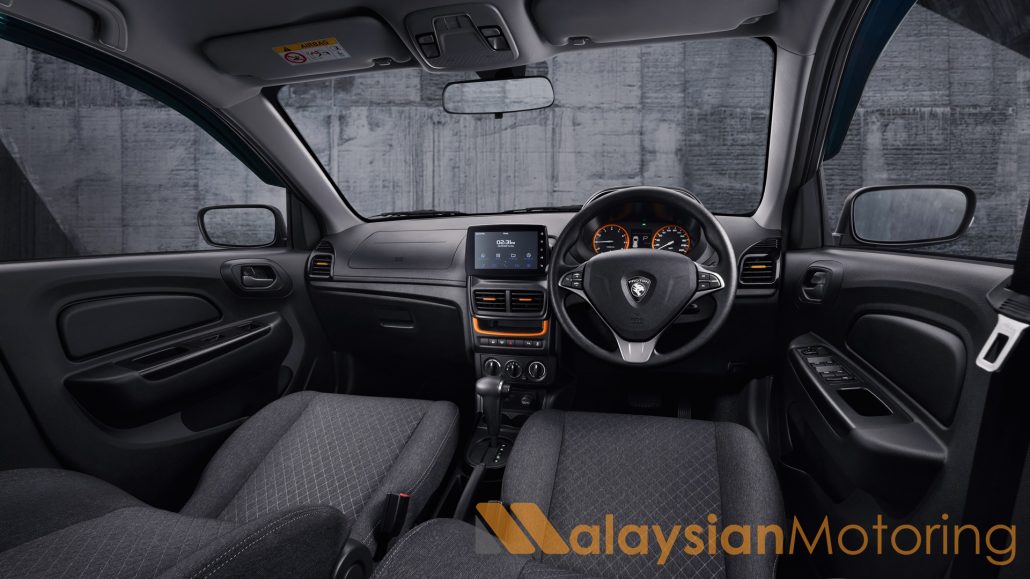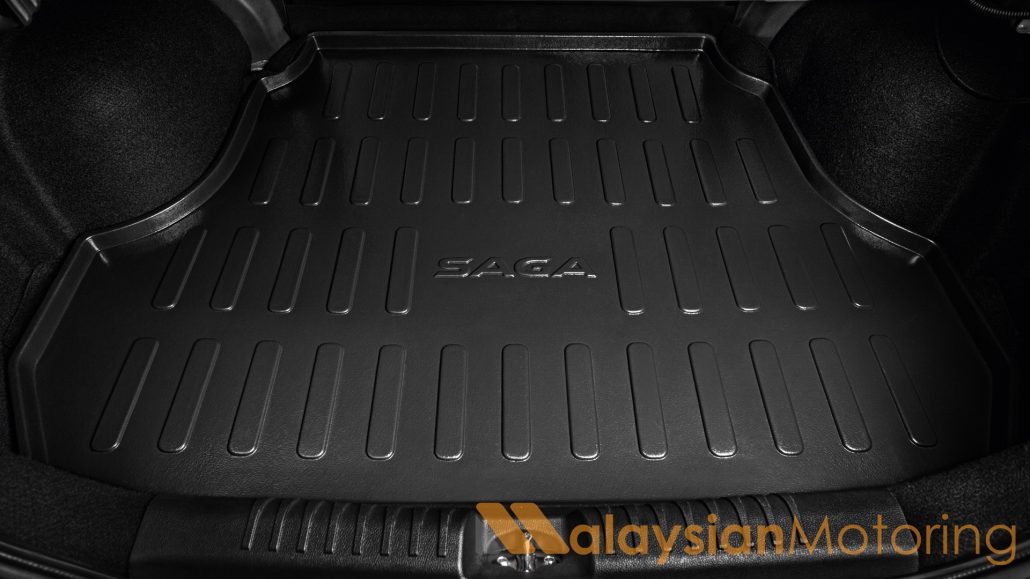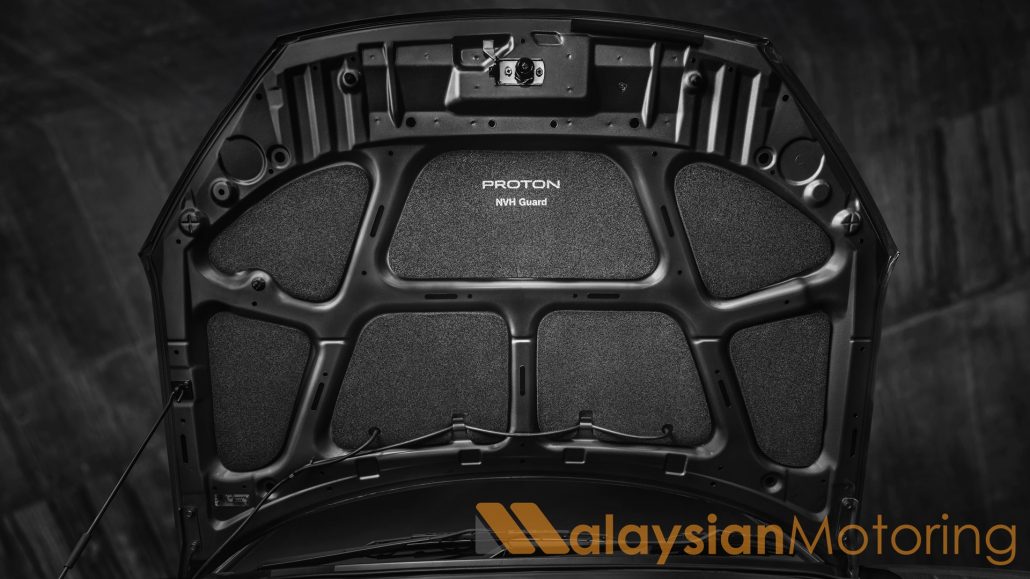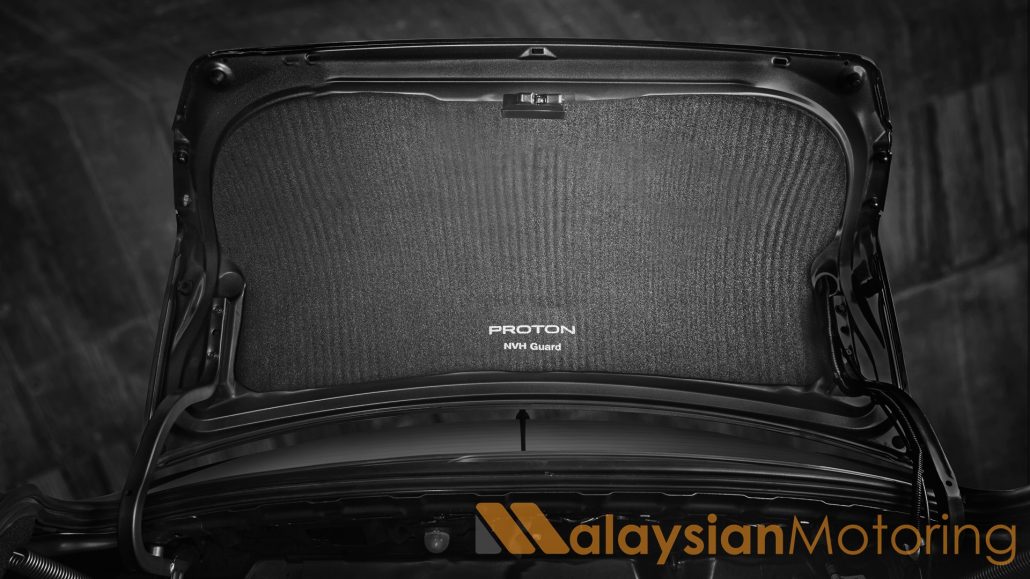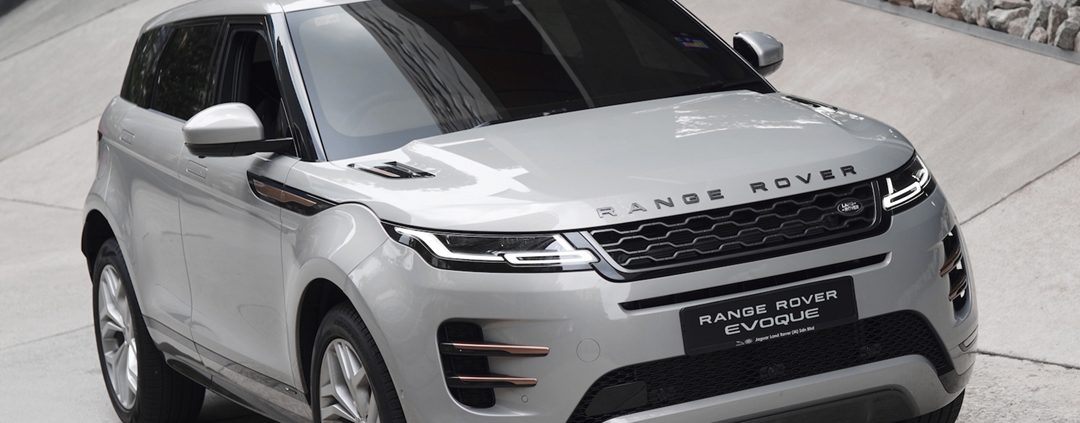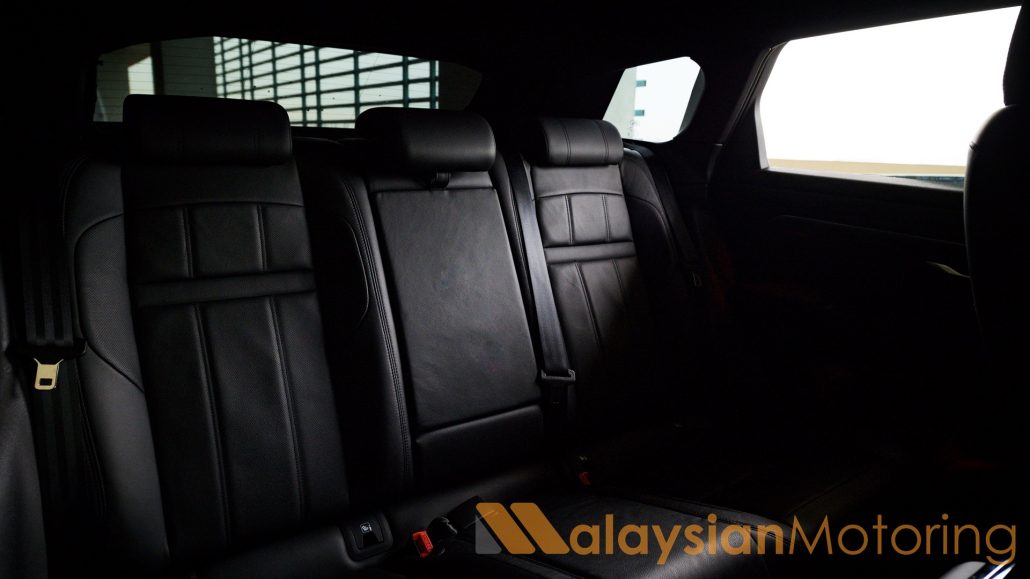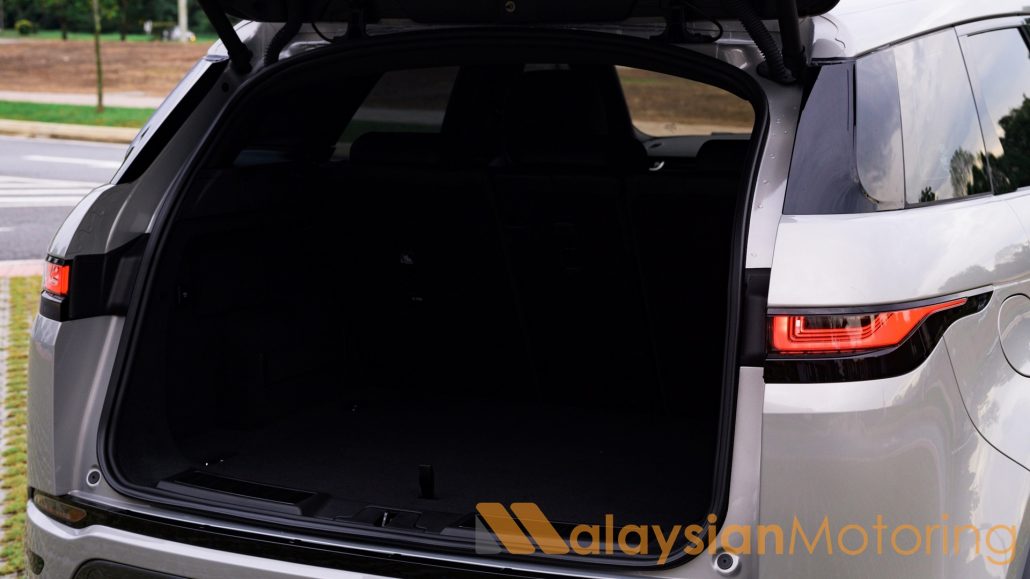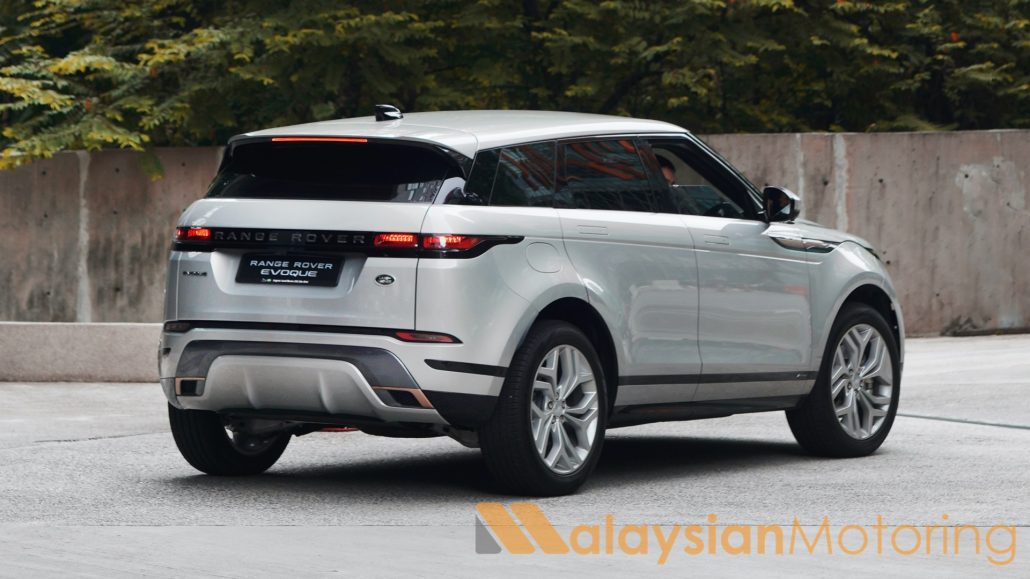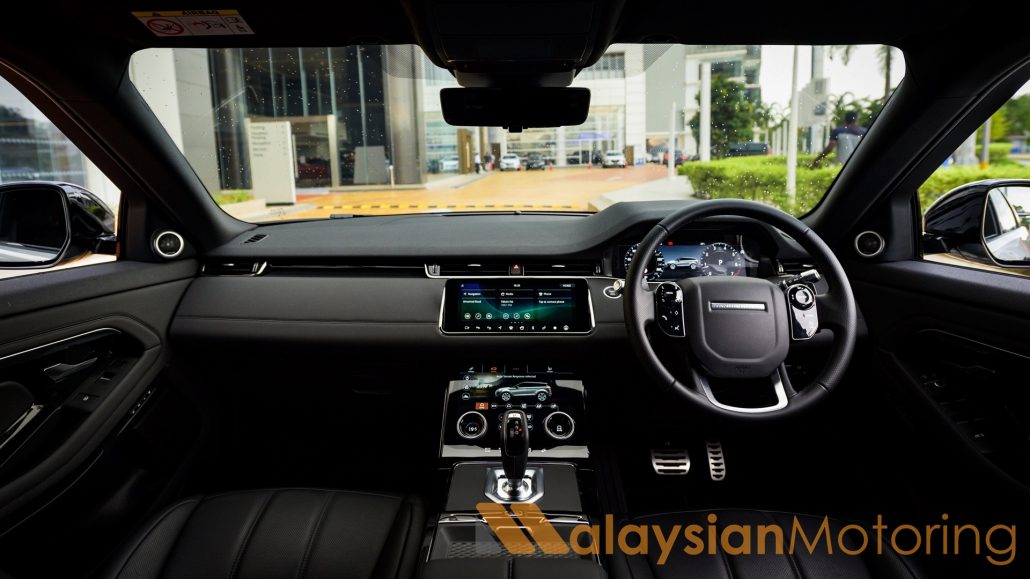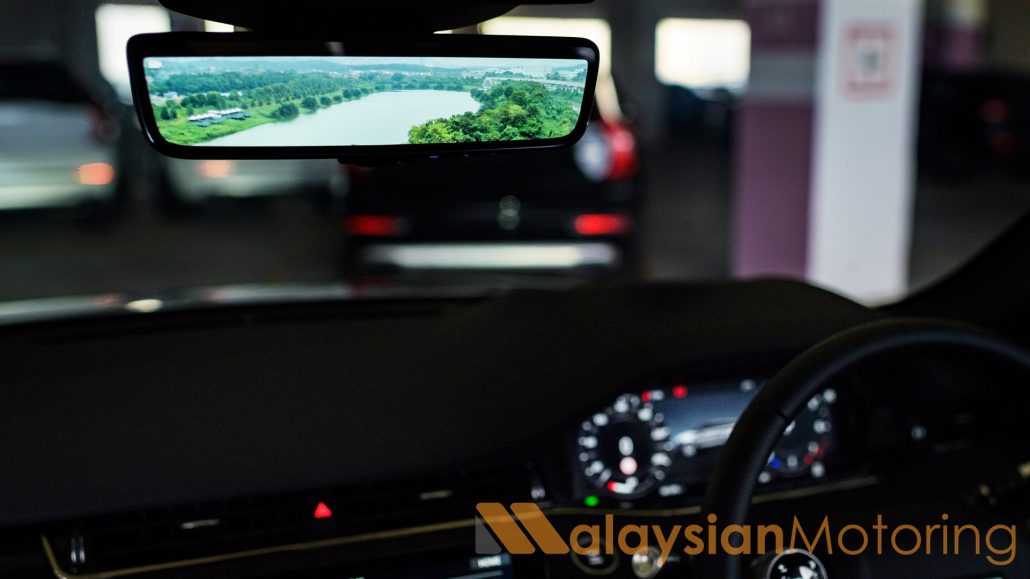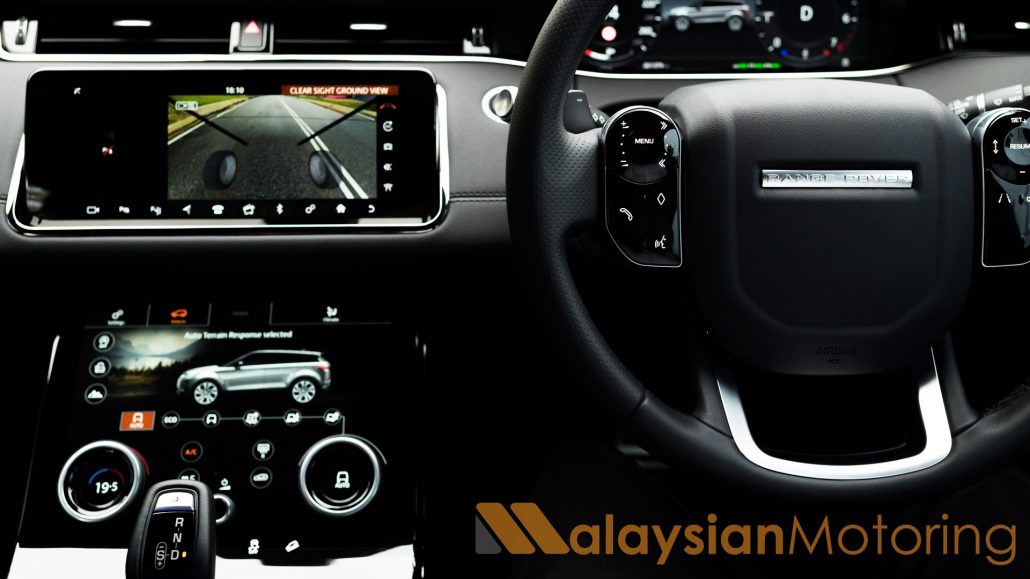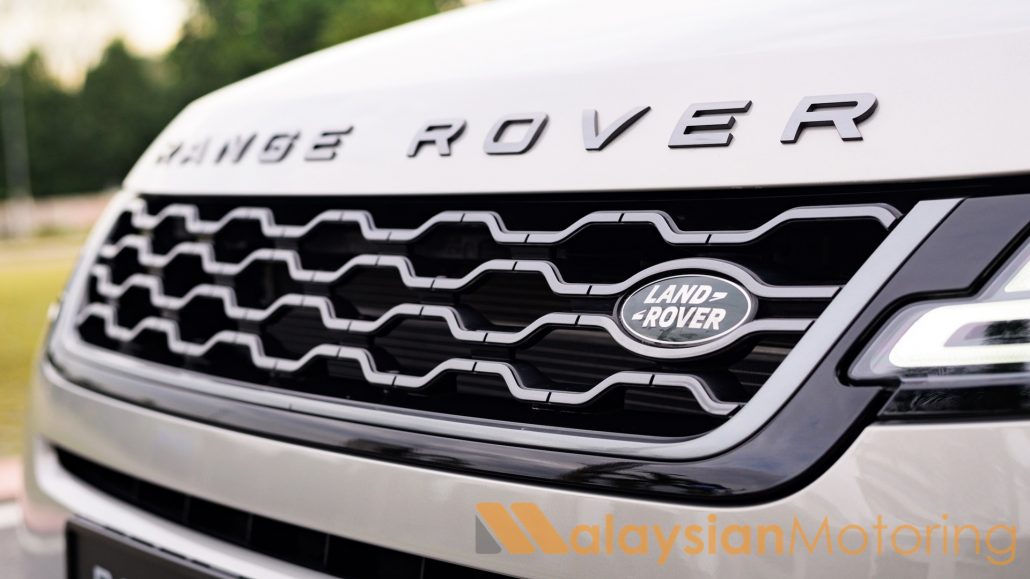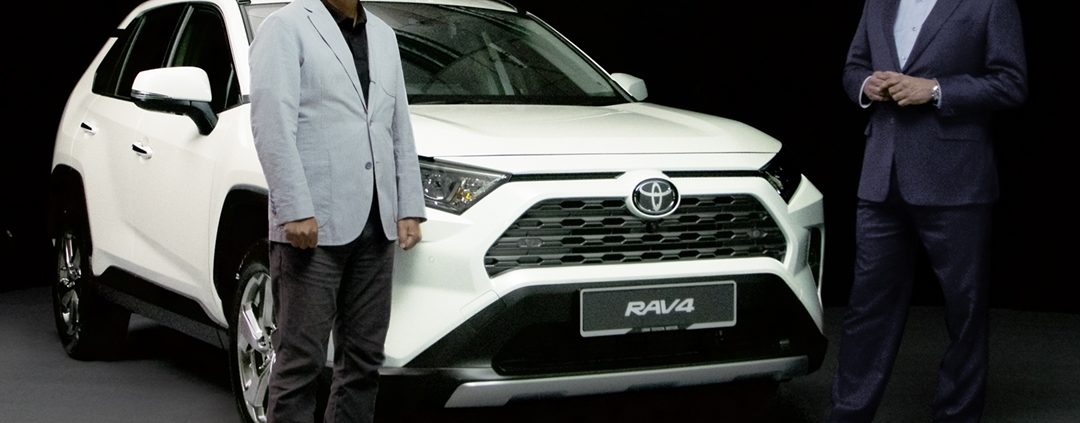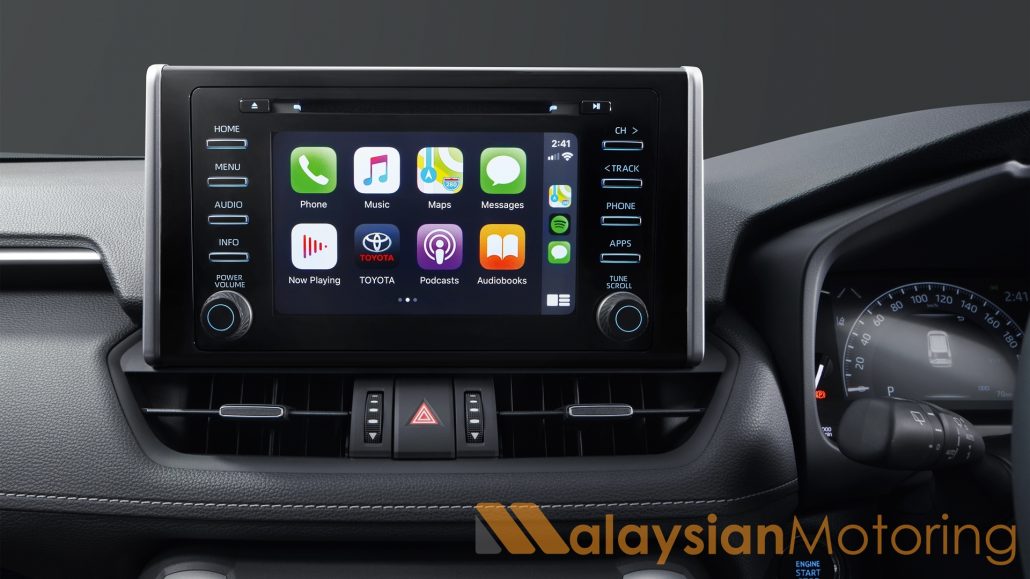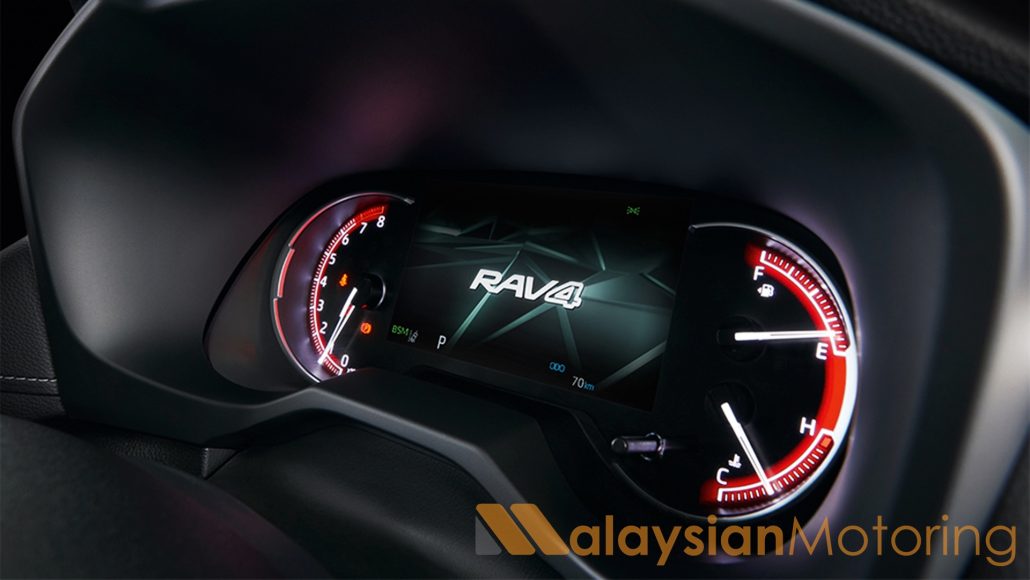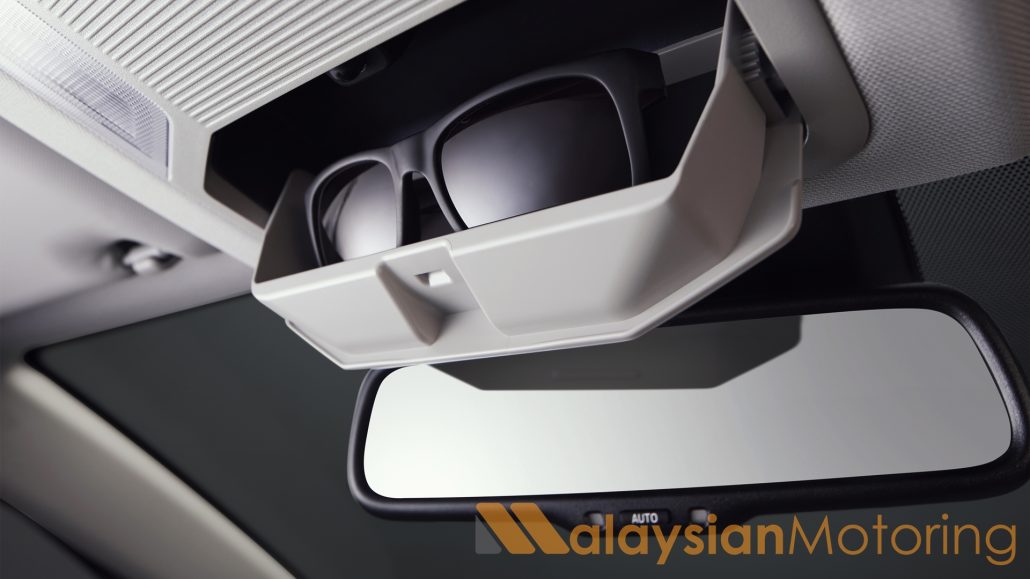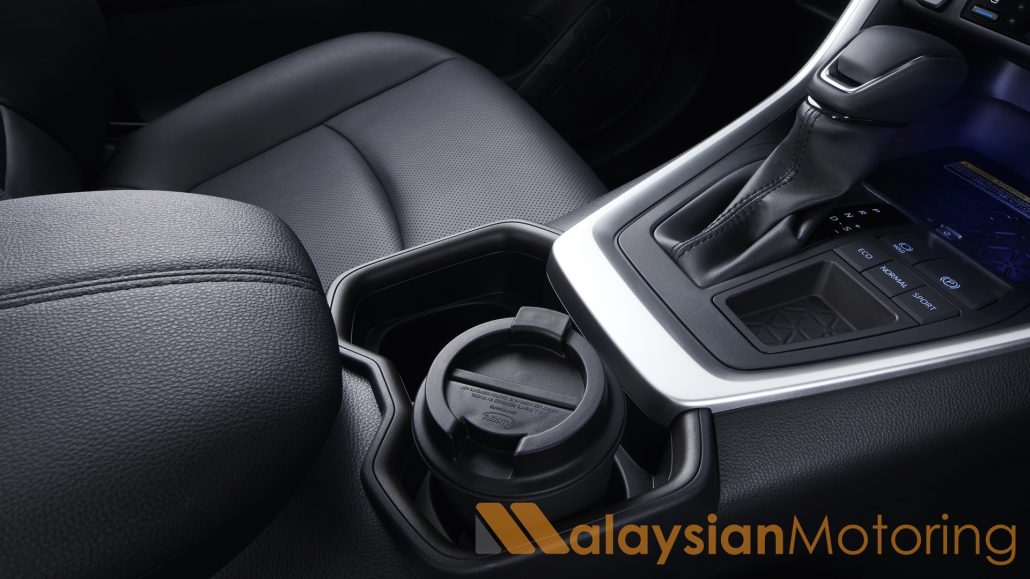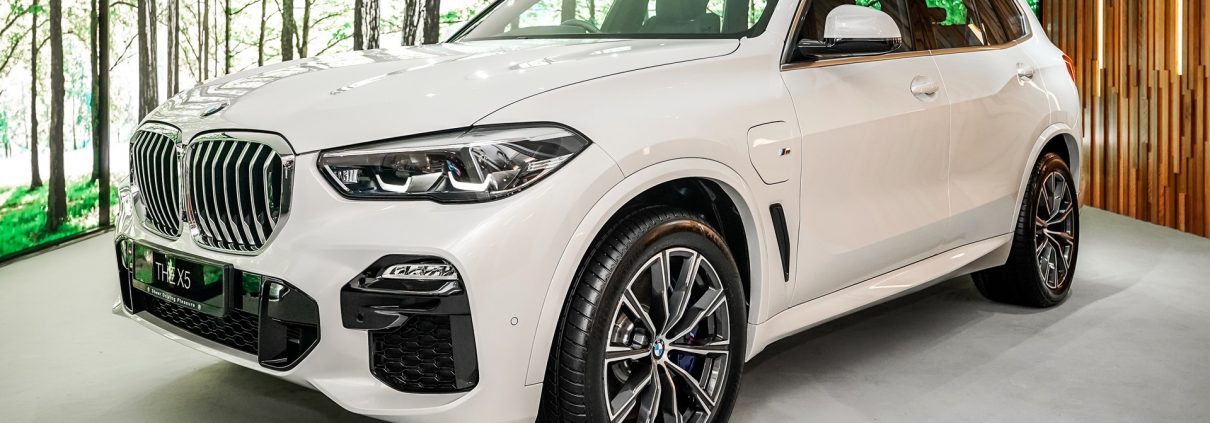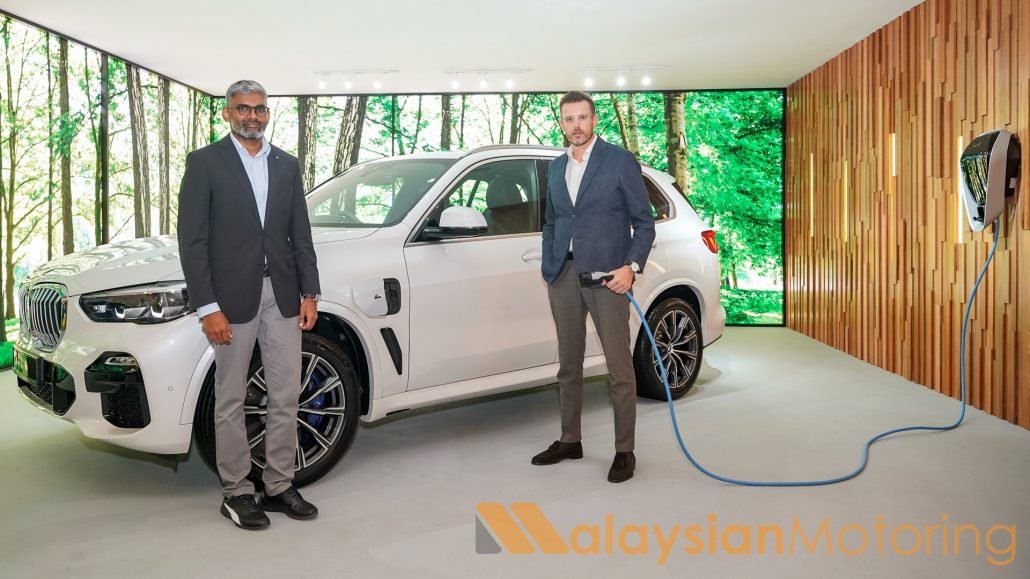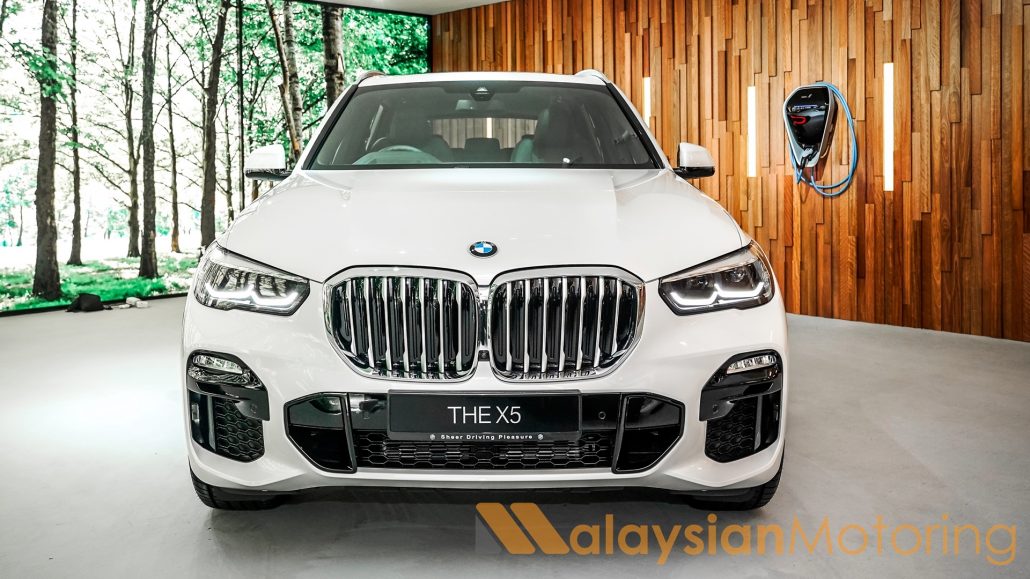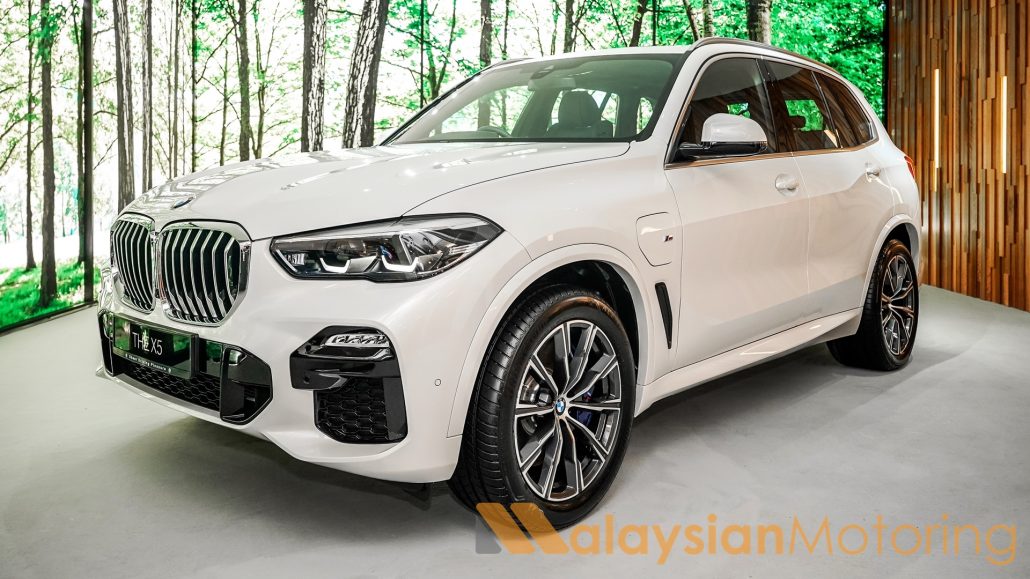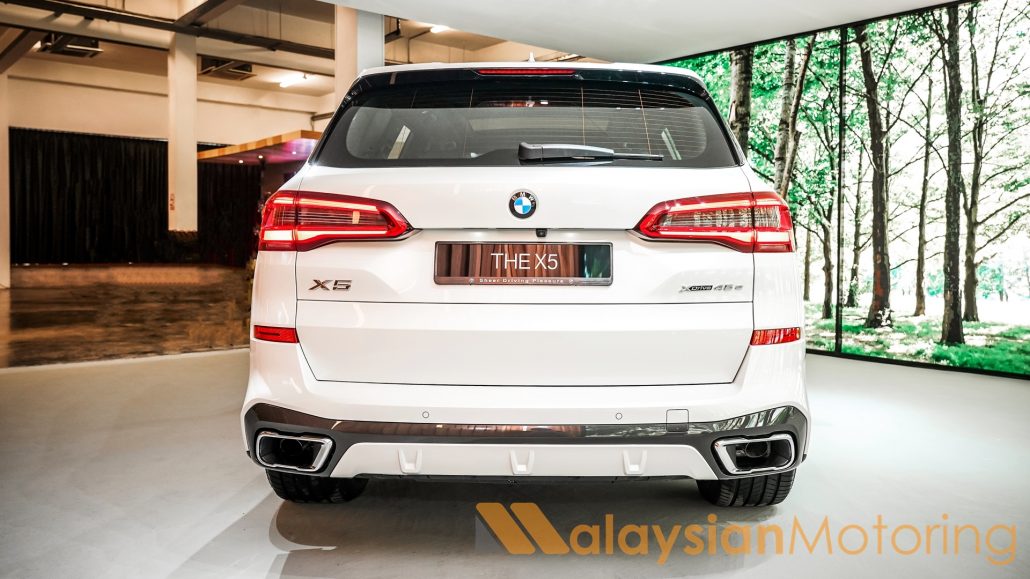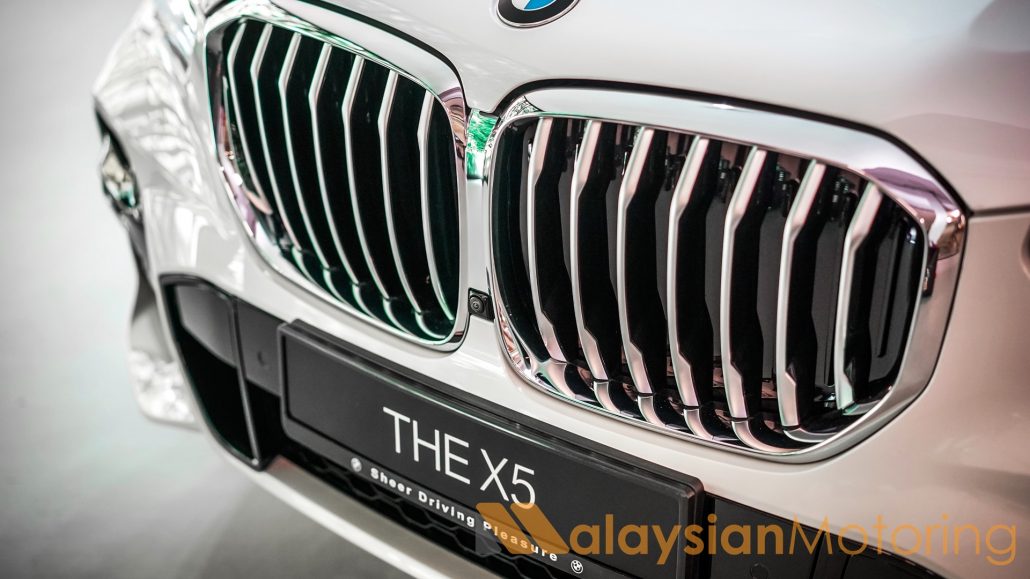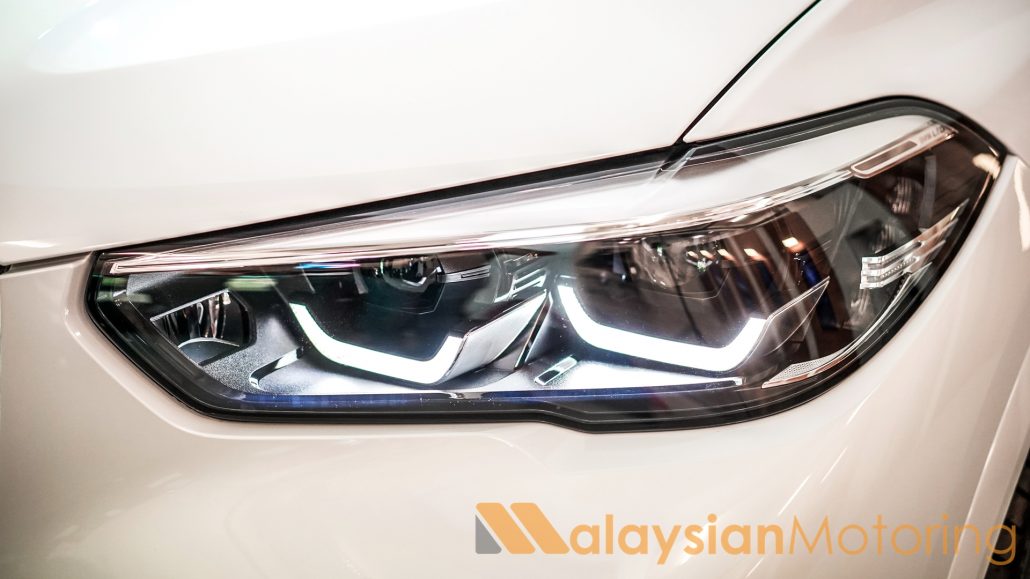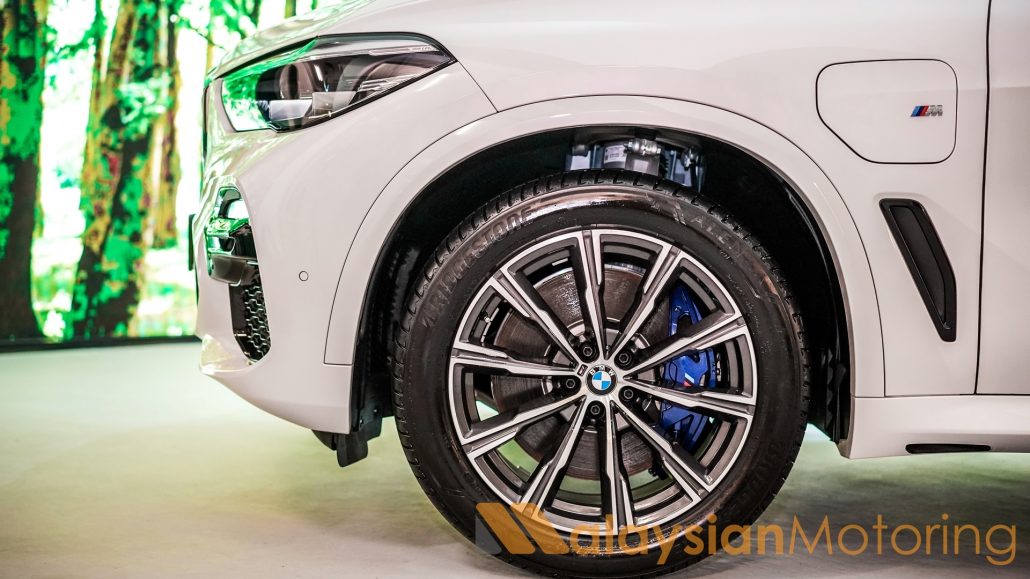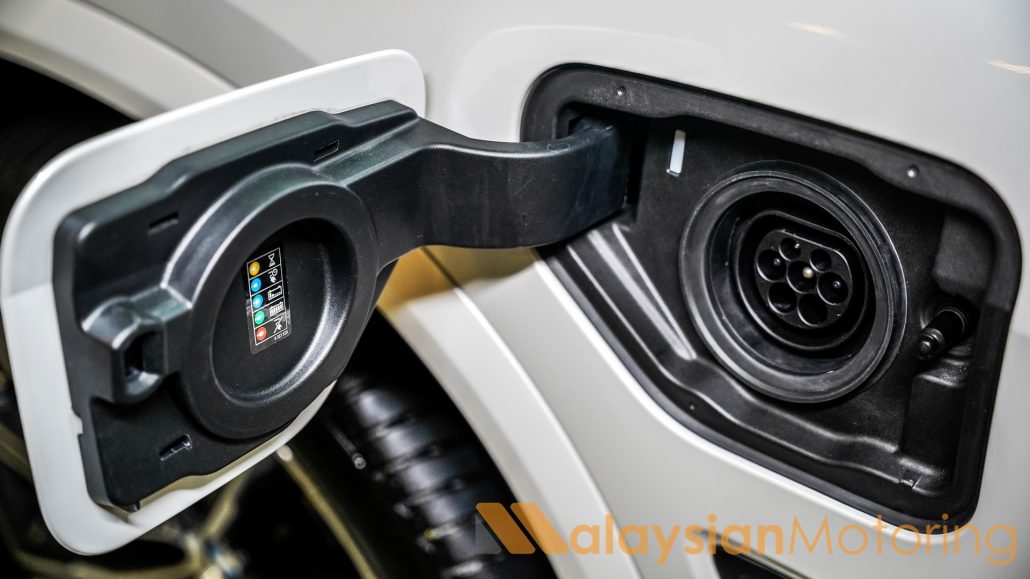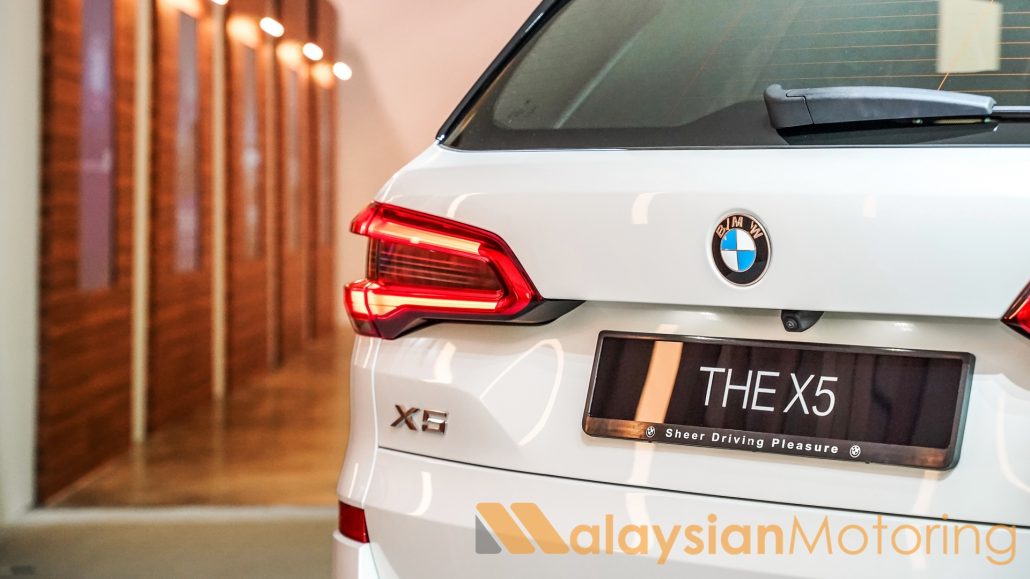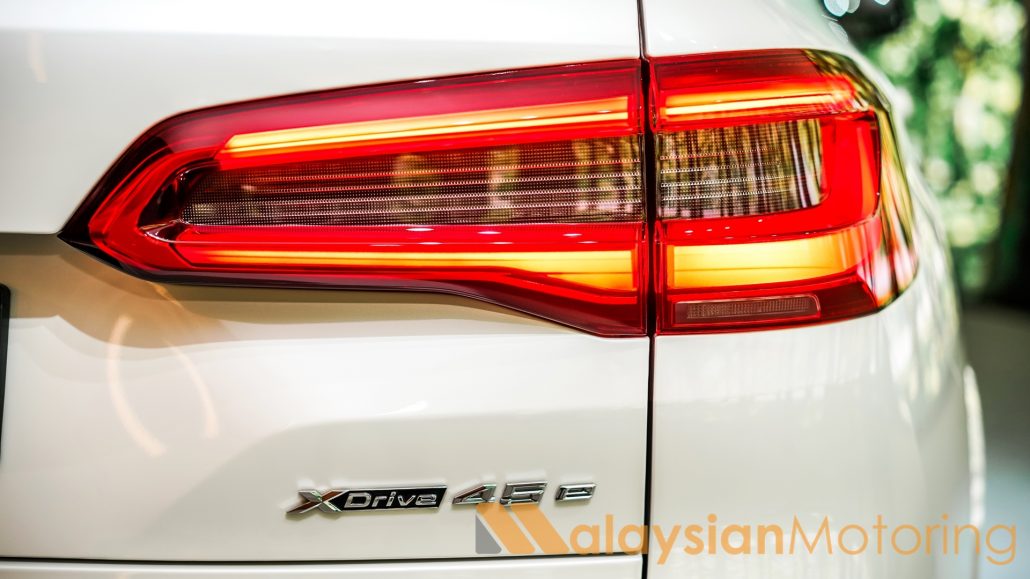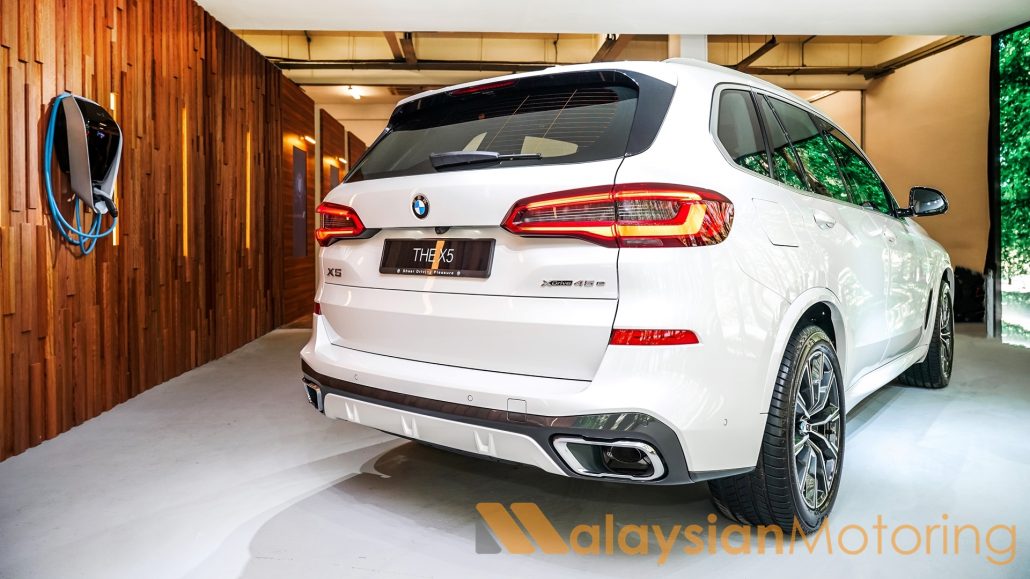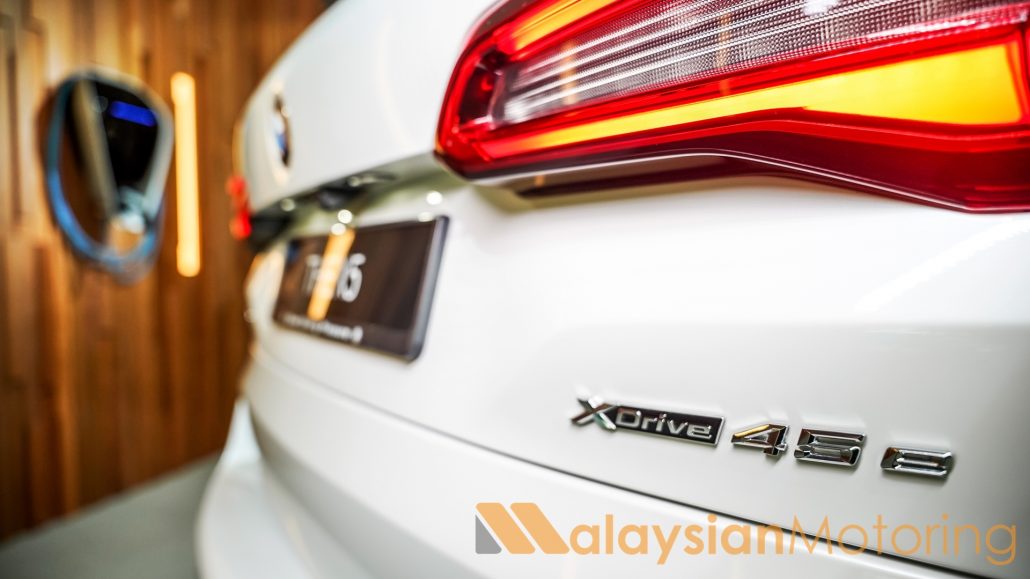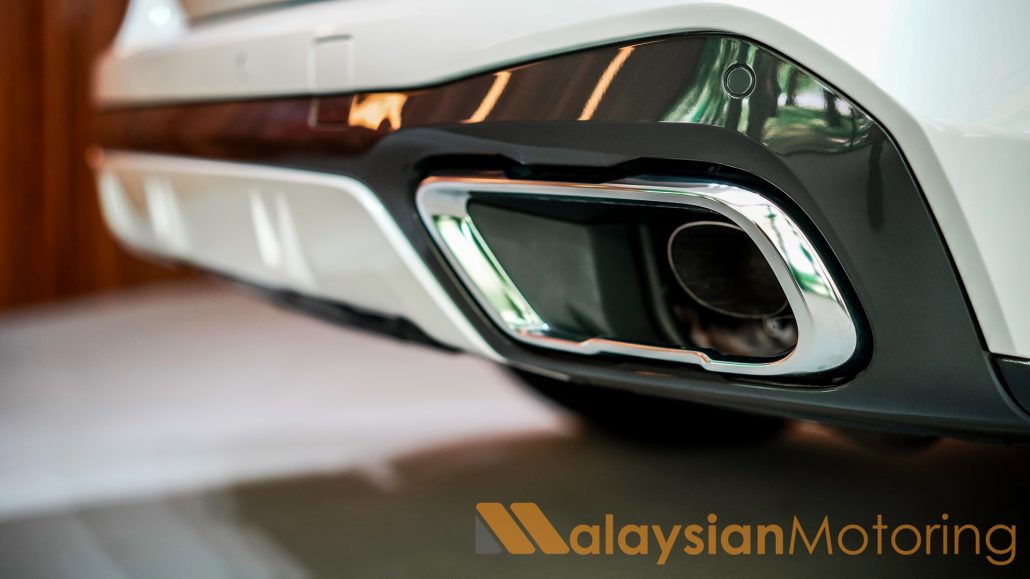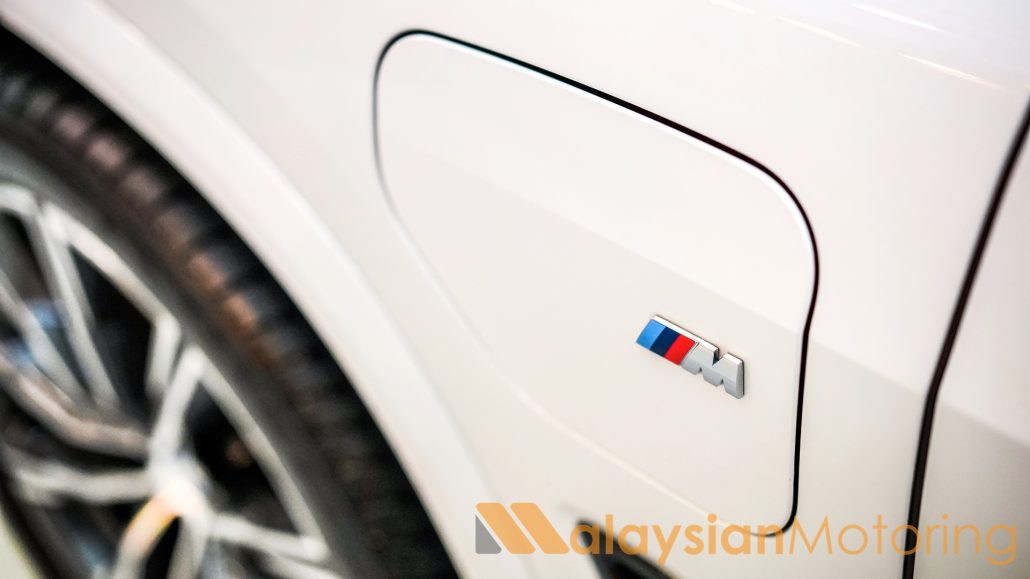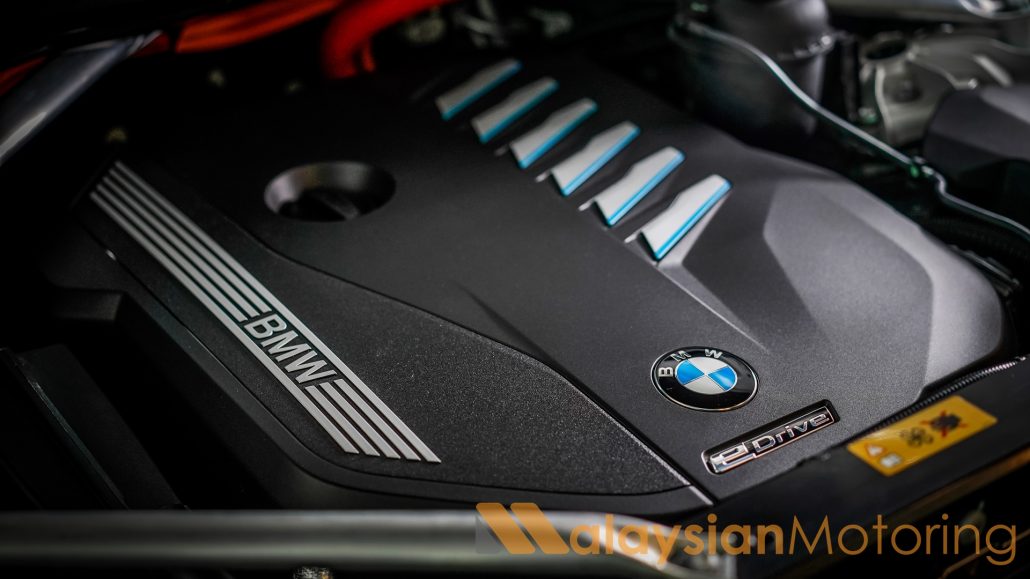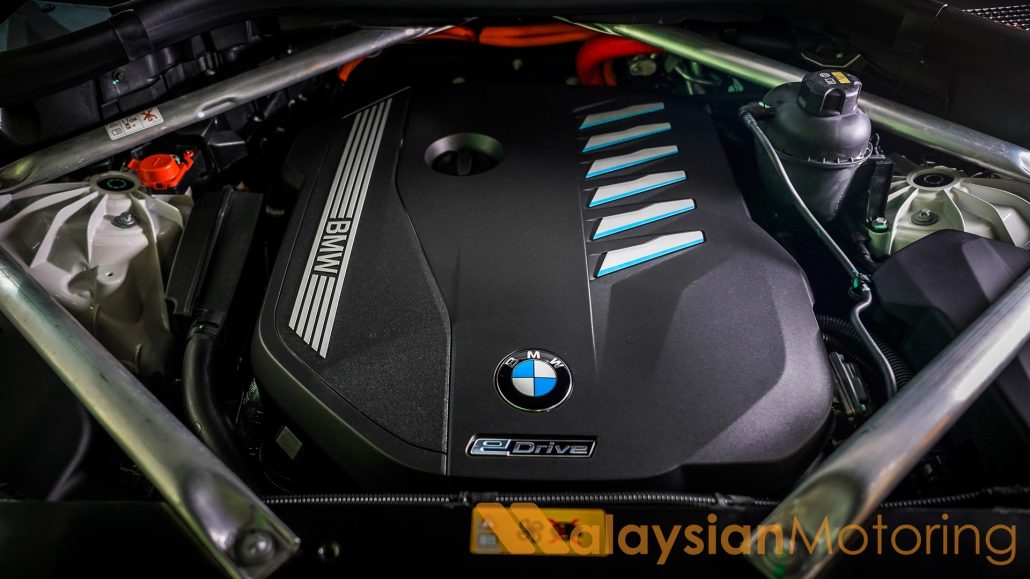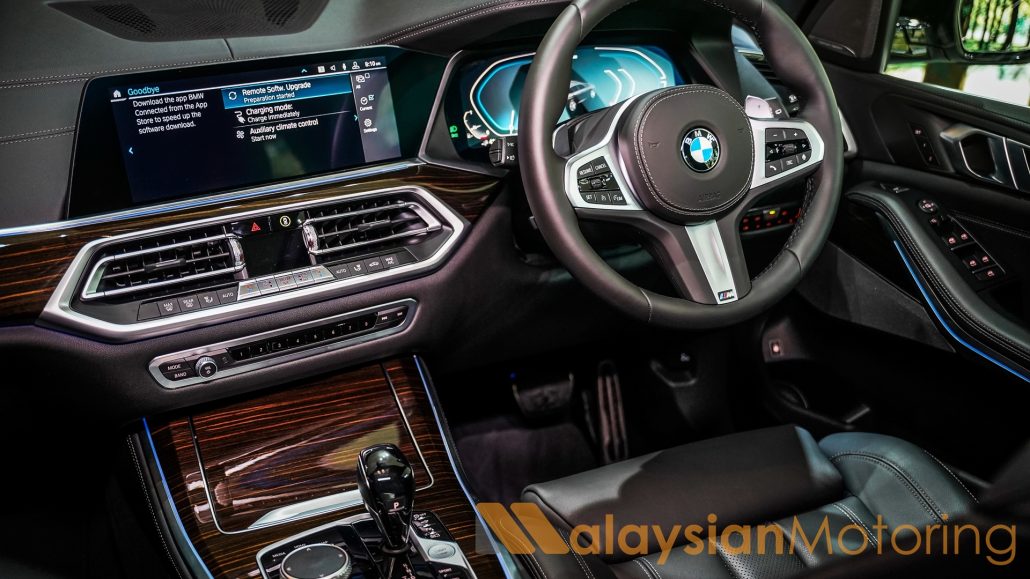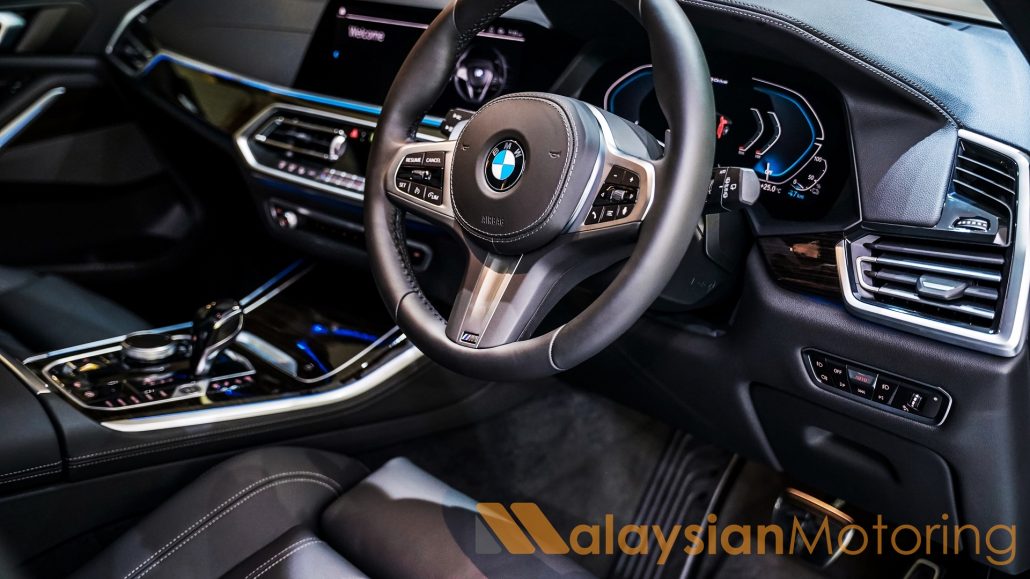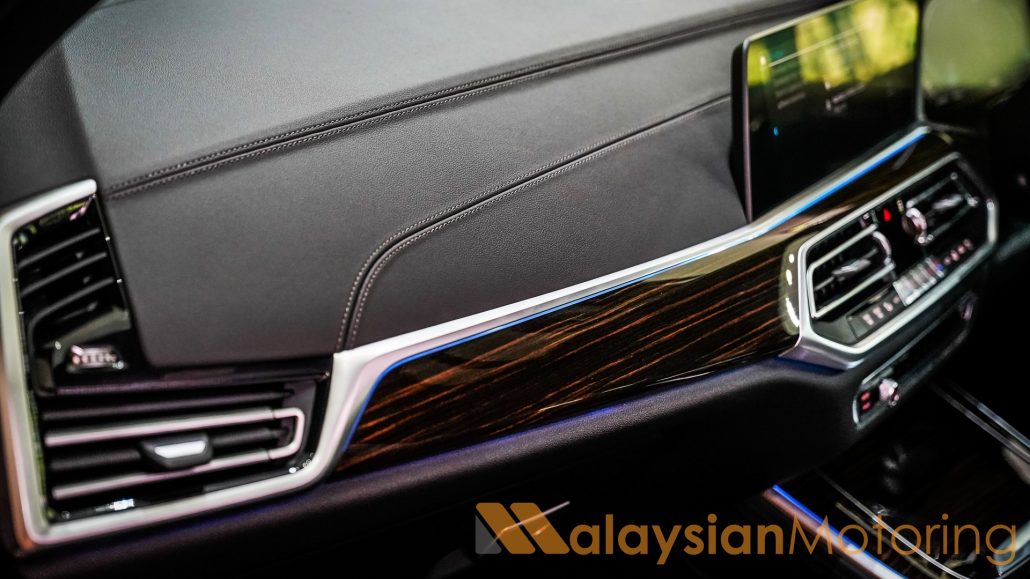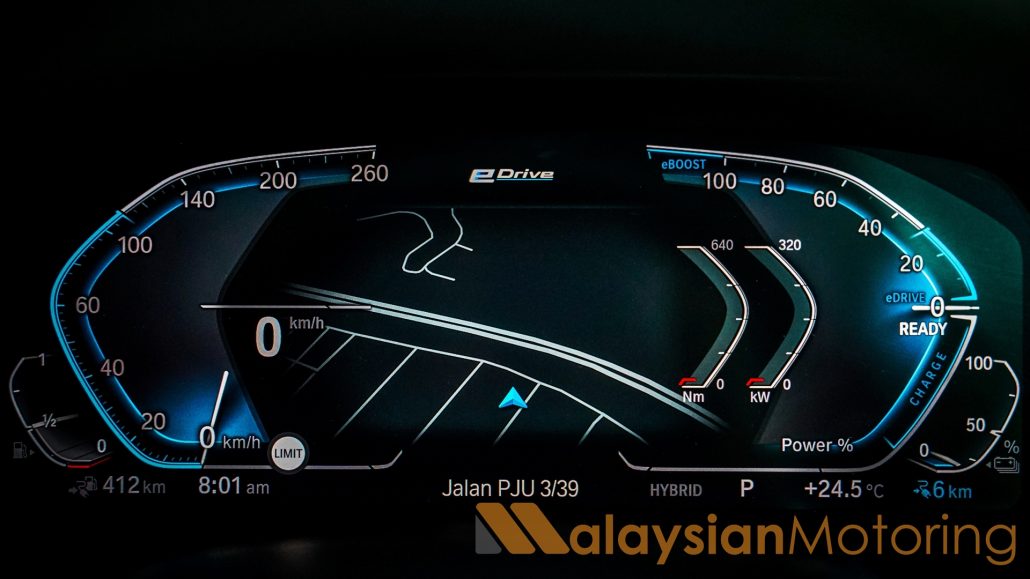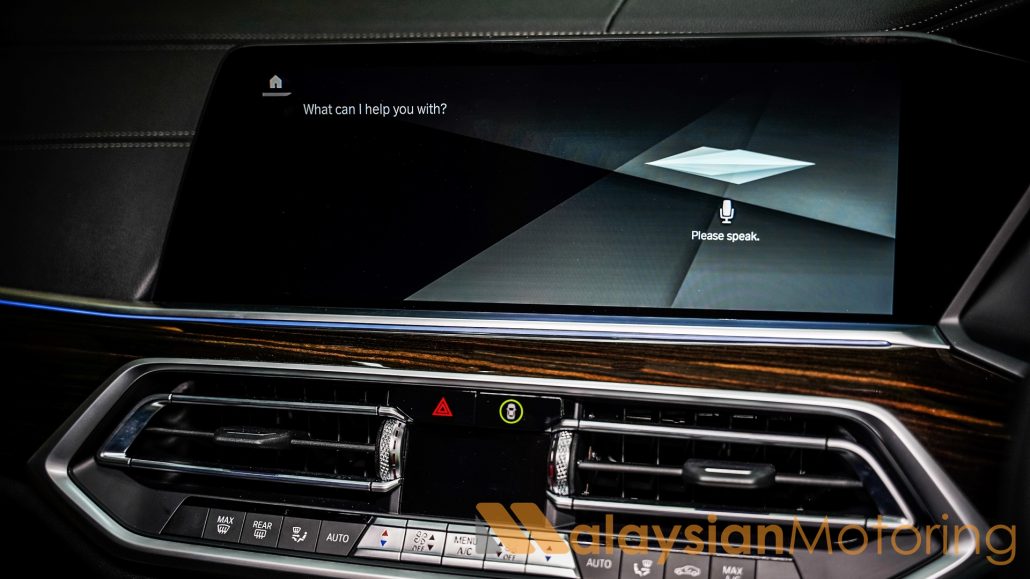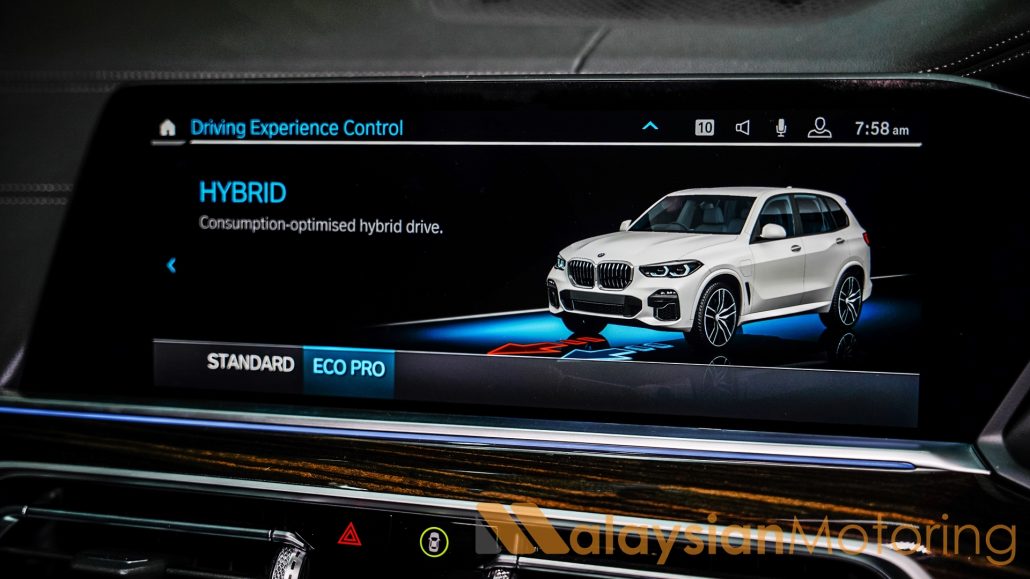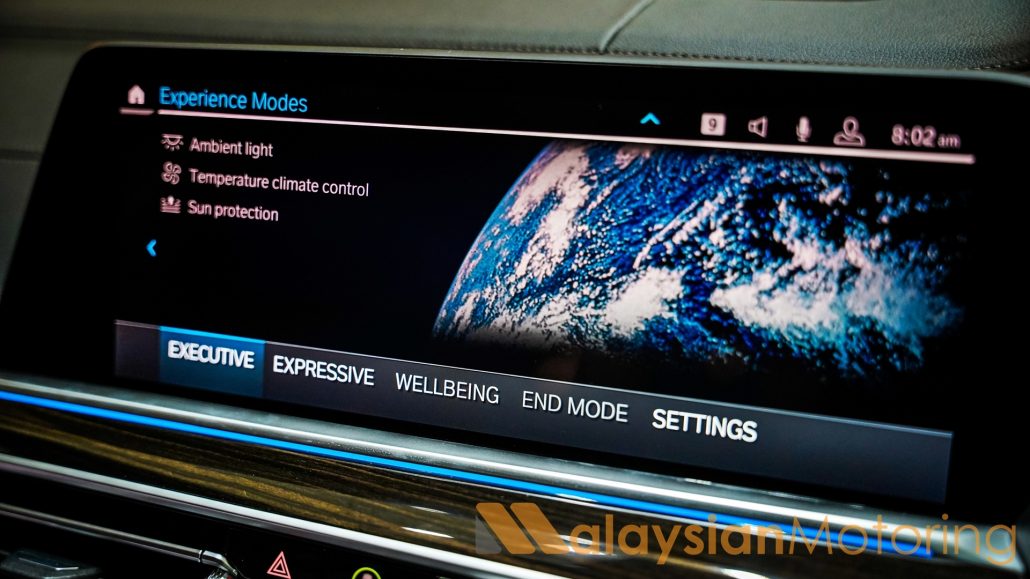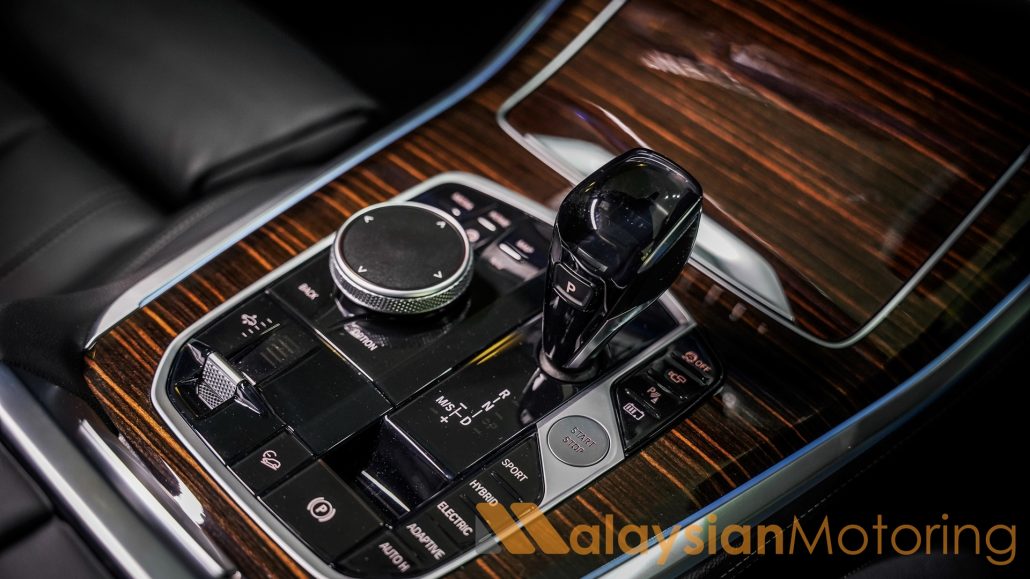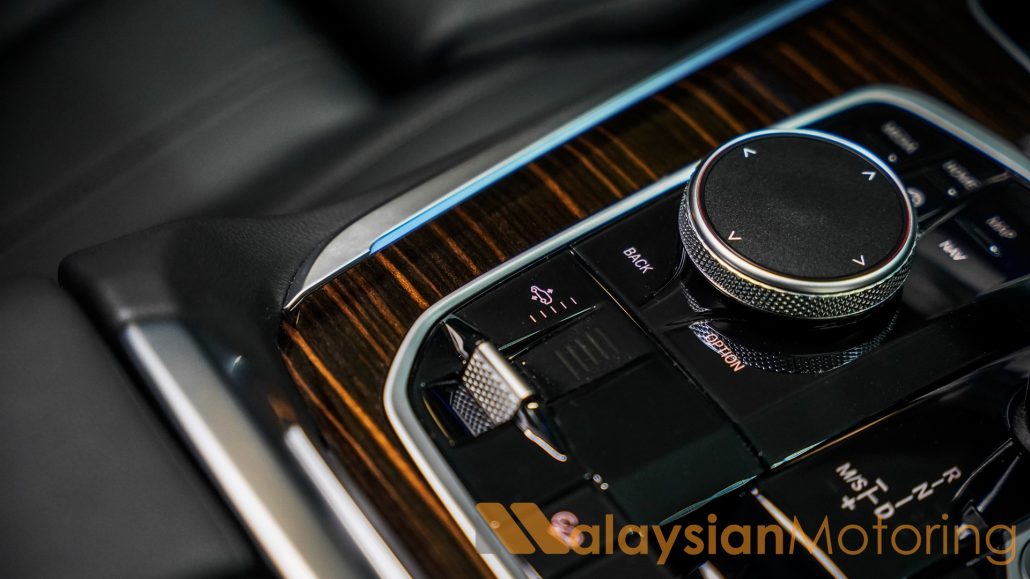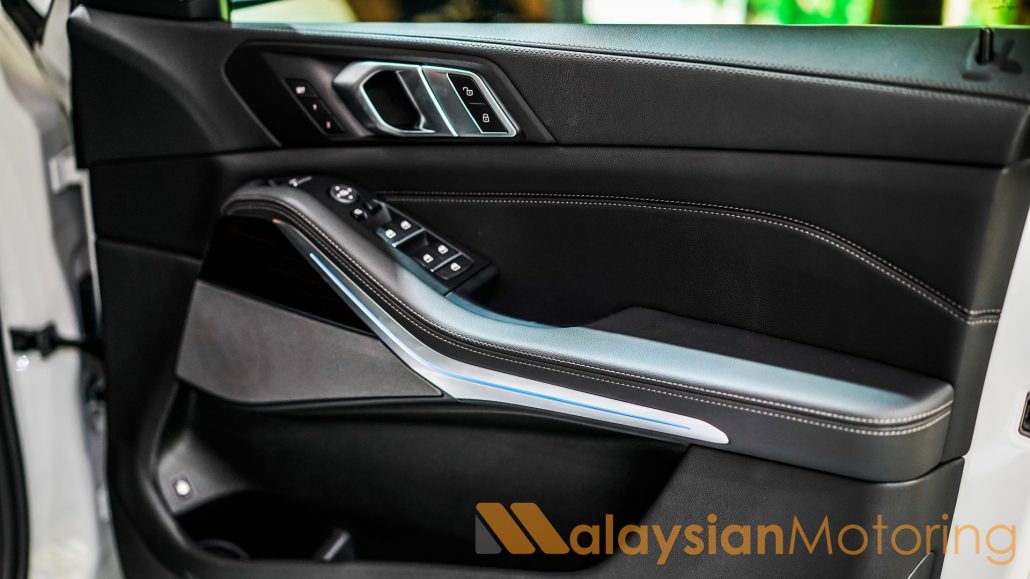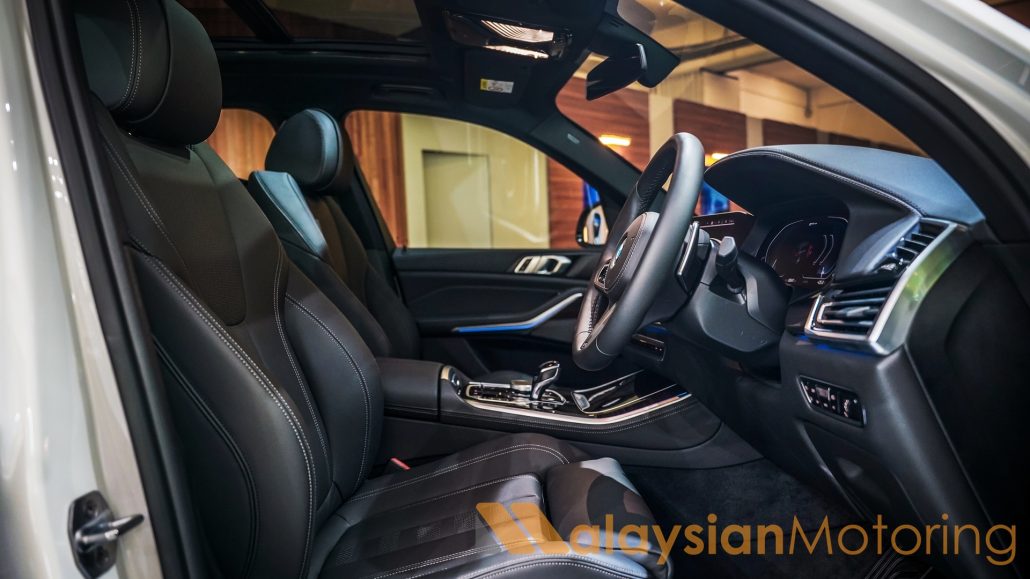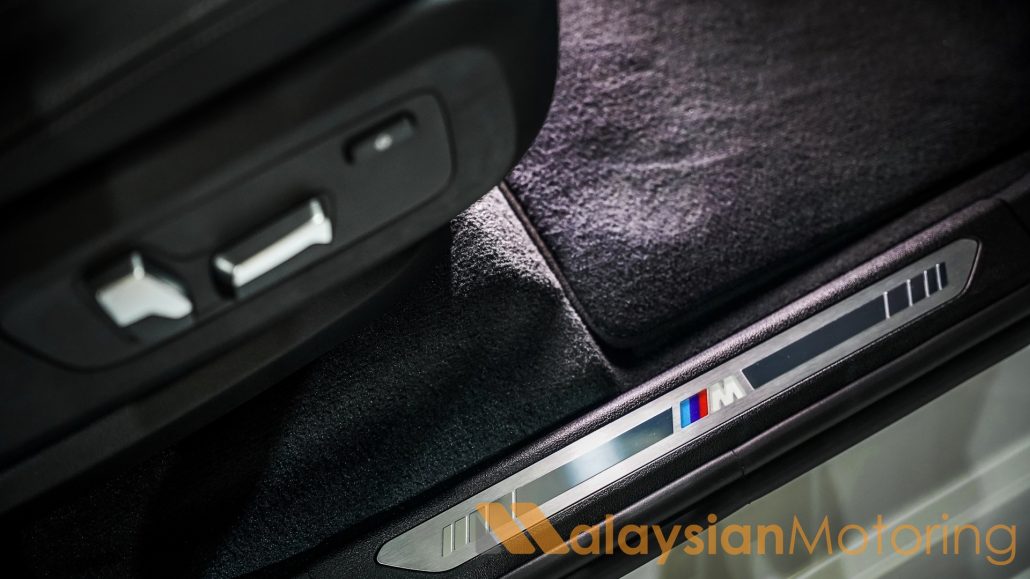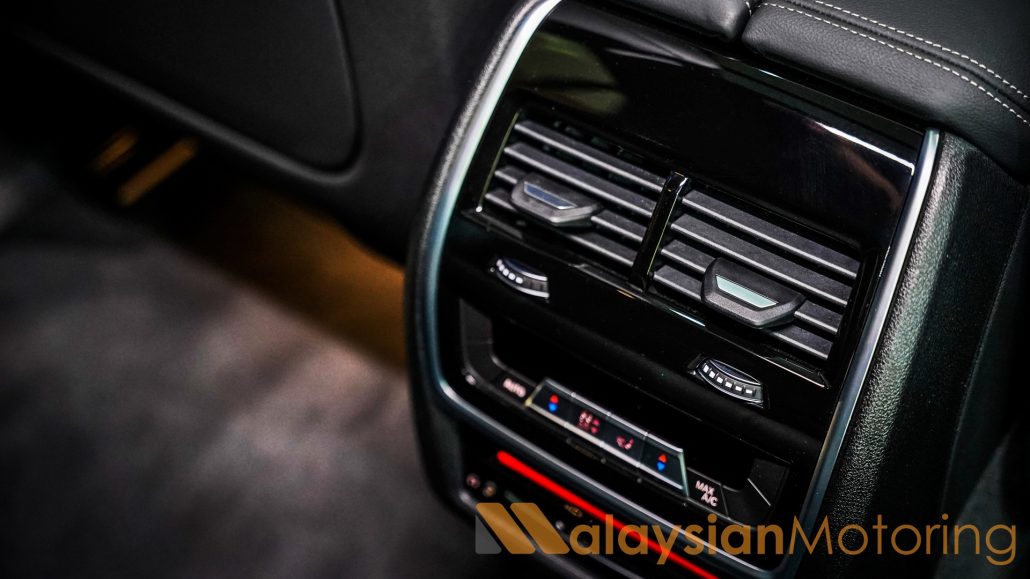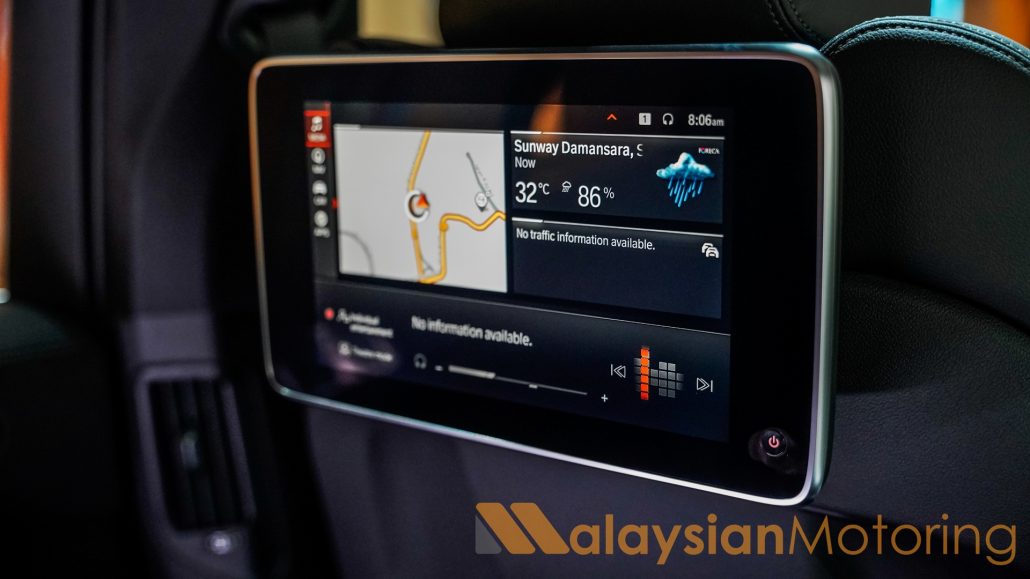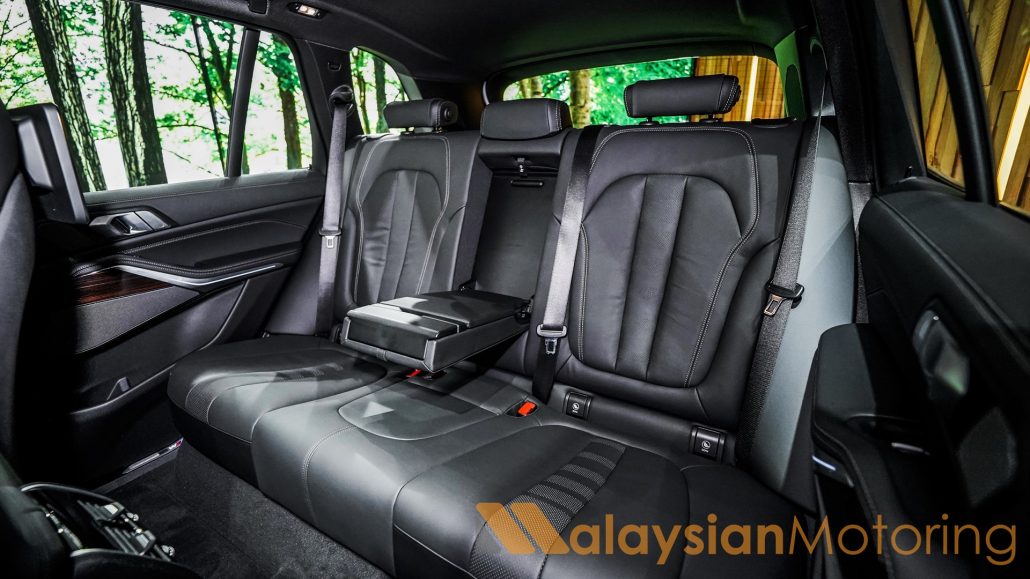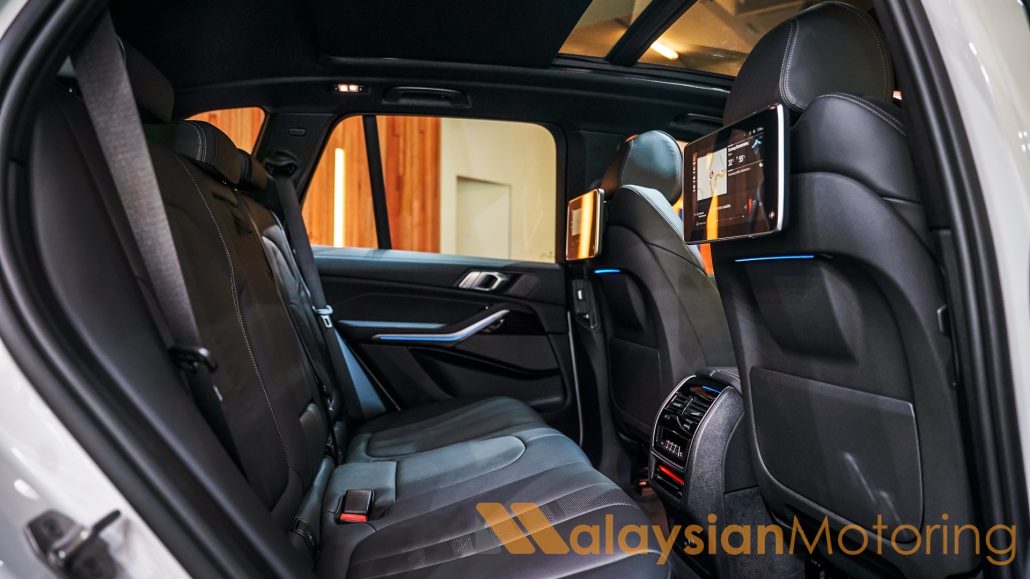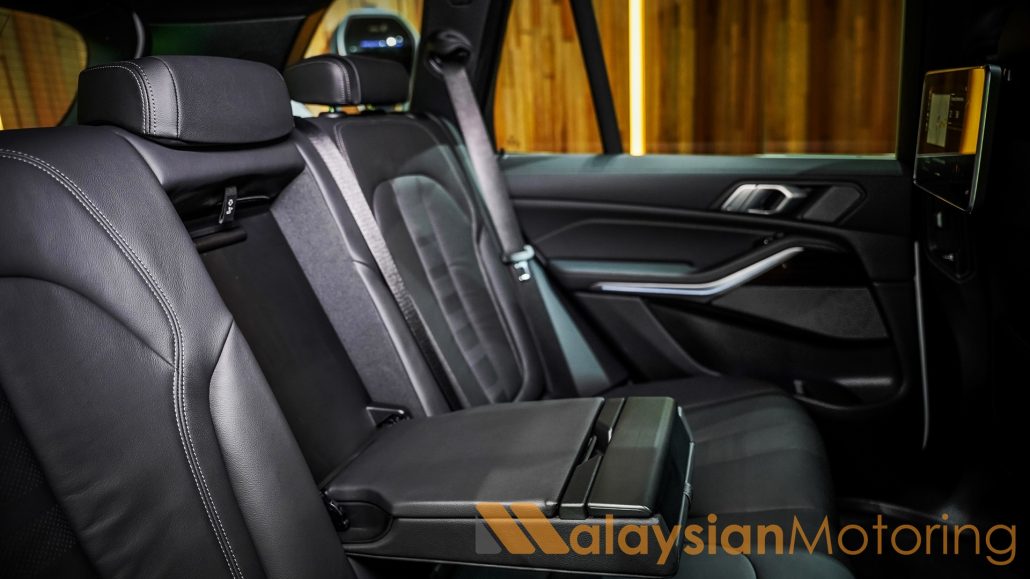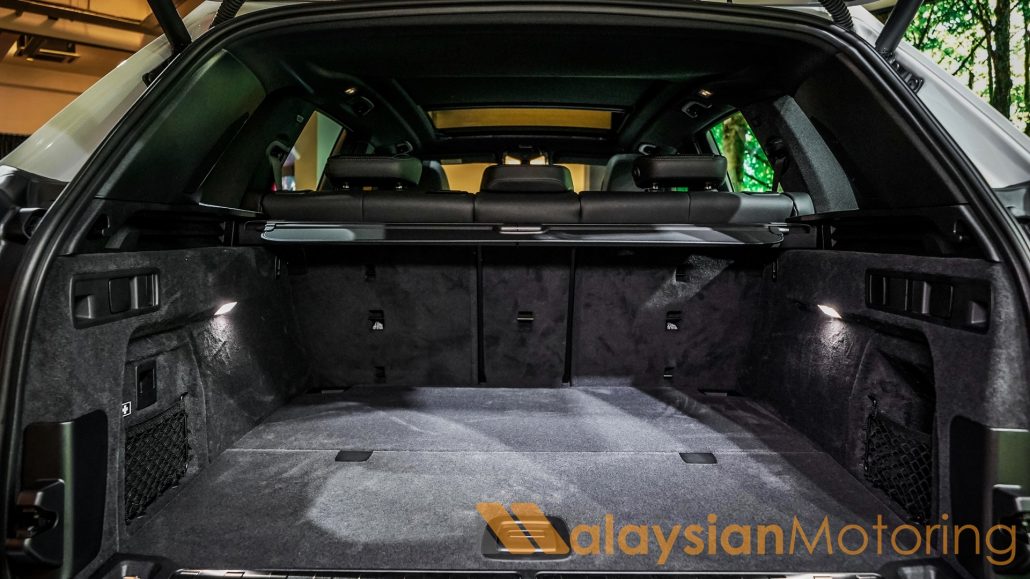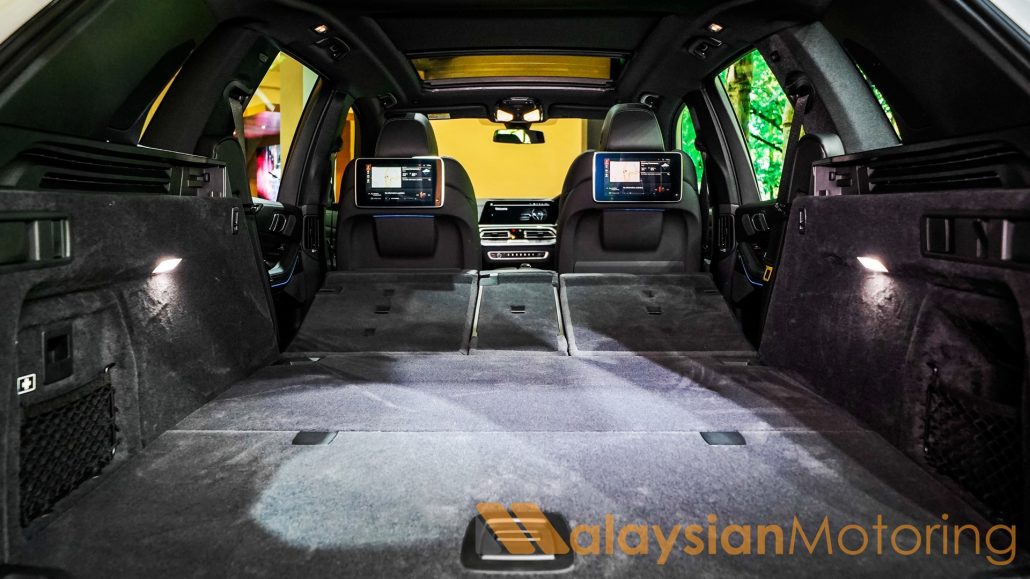Chery Tiggo 8 Pro Launched – 2.0 Turbo, 256hp/390Nm, RM160k
Chinese carmaker Chery, the country’s most successful exporting automotive brand, has made a big comeback in Malaysia with two of their most successful models. Those with a slightly better memory may recall Chery being offered in Malaysia previously, with lacklustre models like the Eastar and Maxime MPVs, the QQ supermini, and the Tiggo SUV.
Chery assures that things are different now – the brand has set up a local subsidiary to handle sales & distribution, unlike previously when it appointed a dealer instead. All that’s retained is the ‘Tiggo’ name, which makes its return to Malaysia as a prefix to the Tiggo 8 Pro, the marque’s flagship D-segment SUV, priced at RM159,800.
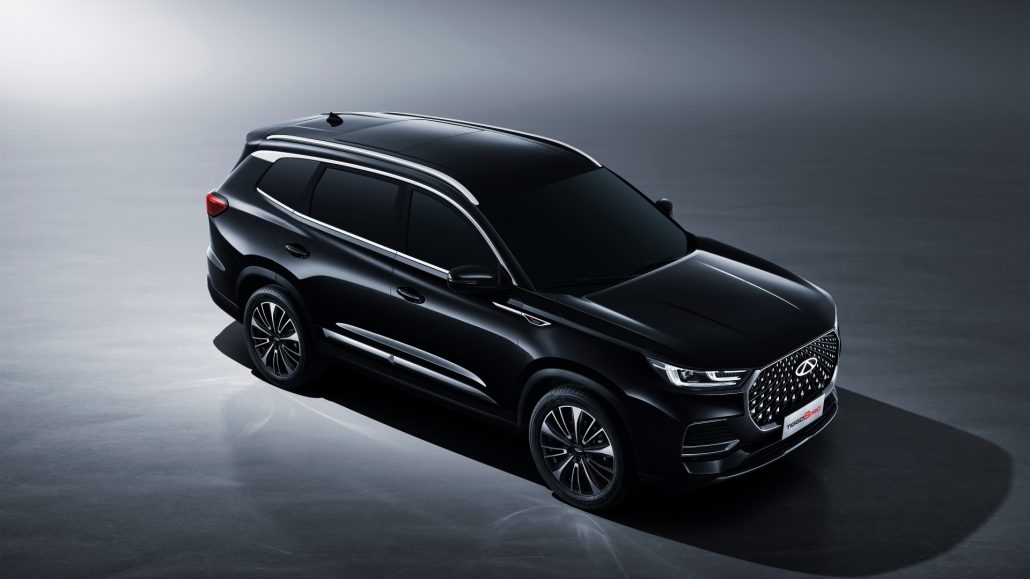
Measuring 4,722mm long and 1,860mm wide and riding on a 2,710mm wheelbase, the Tiggo 8 Pro is only slightly smaller than the recently-launched PROTON X90, though you wouldn’t guess it. The Tiggo 8 Pro’s bold and assertive design makes sure of that, with plenty of presence no matter which angle you take it in from.
Power in the Tiggo 8 Pro comes from a 2.0-litre turbocharged 4-cylinder petrol engine. Outputs are rated at 256hp and 390Nm, with power going to the front wheels via a 7-speed dual clutch automatic gearbox. Eco, Normal and Sport drive modes are available, but no paddle shifters. This eclipses the 190PS & 300Nm on offer from PROTON’s 48V MHEV system – Chery says this is the “most powerful vehicle in the segment,” though we suspect they’ve overlooked the 2.5-litre turbocharged Mazda CX-8.
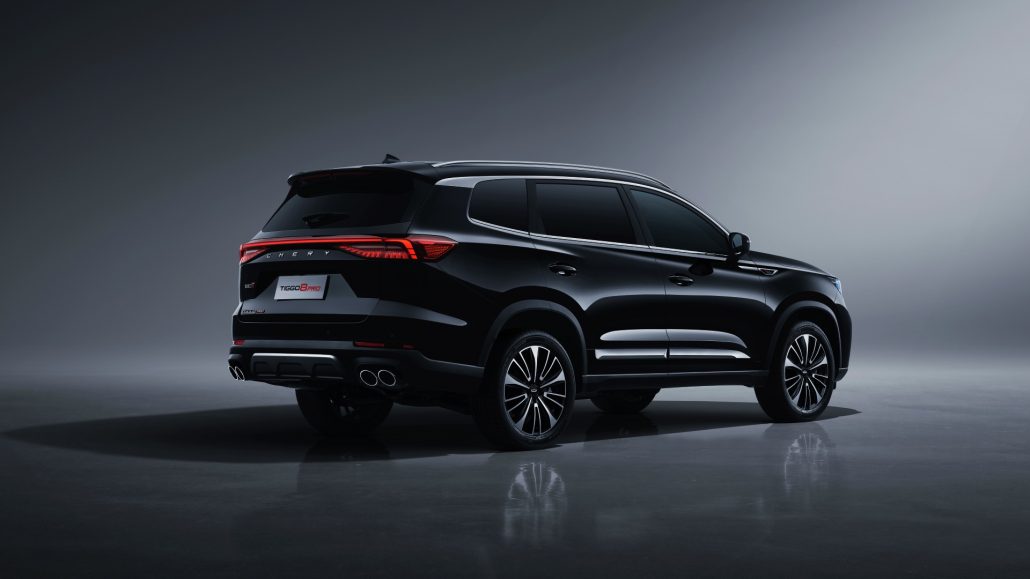
The face of the Tiggo 8 Pro is highlighted by the large ‘galaxy grille,’ replete with diamond-shaped chrome pins that expand from an illuminated badge. On the latter, the Chery logo illuminates when the car unlocks and syncs with the headlights (and taillights) as an element of the car’s ‘welcome’ function. On either side sits full LED headlights, which include a scrolling indicator function and automatic high-beam.
Rolling stock is handled by 19-inch multi-tone alloys, wrapped in 235/55 section tyres. The rear is crowned by a light-bar that stretches across the tailgate, beneath which you’ll find quad exhaust pipes. It’s a very elegant-looking machine, as befits its D-segment SUV positioning – competitors like Mazda’s CX-8 and PROTON’s X90 also go the same route.
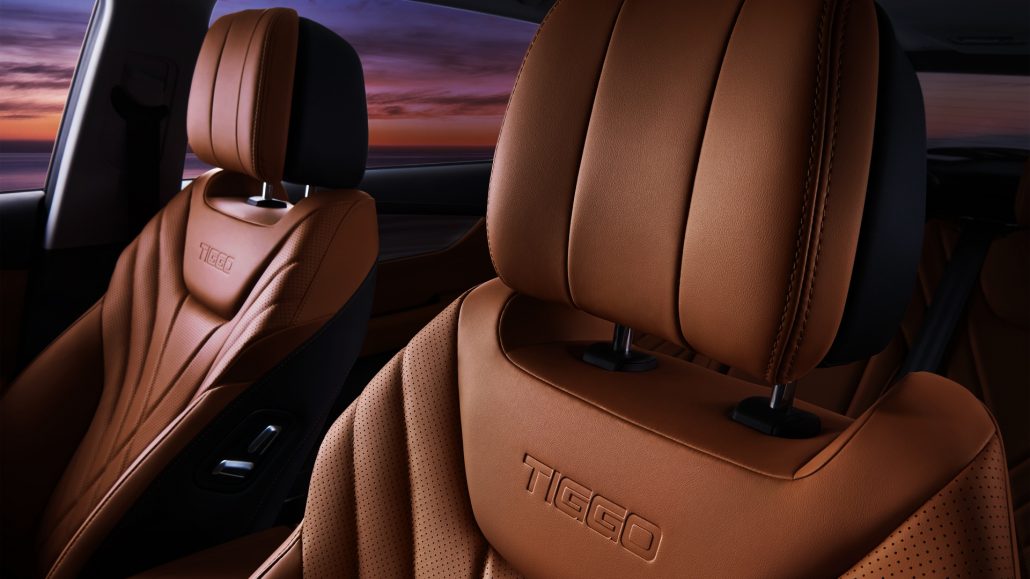
But it’s the interior of the Tiggo 8 Pro that really sets it apart. Emphasising the width of the interior is a broad dash design that incorporates full-spanning elements to make it all feel expansive. At the top you’ll find a pair of 10.25-inch screens, handling driver information and infotainment duties. Graphics are clean and progress is smooth, and features (wired) Apple Carplay & Android Auto as standard. Sound duties are handled by an 8-speaker Sony audio system as standard, hiding behind Burmeister-eque speaker grilles.
Chery has resisted the urge to incorporate everything into the screen by positioning the HVAC controls on a separate (touch-sensitive) panel beneath the centre screen. Ergonomics is a key factor for the marque, as evident by the relatively generous use of tactile buttons and switches to control major functions. We’re made to understand that Chery has engineered the switchgear to provide a “positive sensation” during use according to one of their executives, but we’ll have to refrain from comment until we review the Tiggo 8 Pro properly.
A quick aside on the HVAC system, you’ll find a dual-zone climate control system here, as well as heated and cooled front seats. This should ensure that even with the sun beating down through the panoramic sunroof, everyone should remain comfortable.
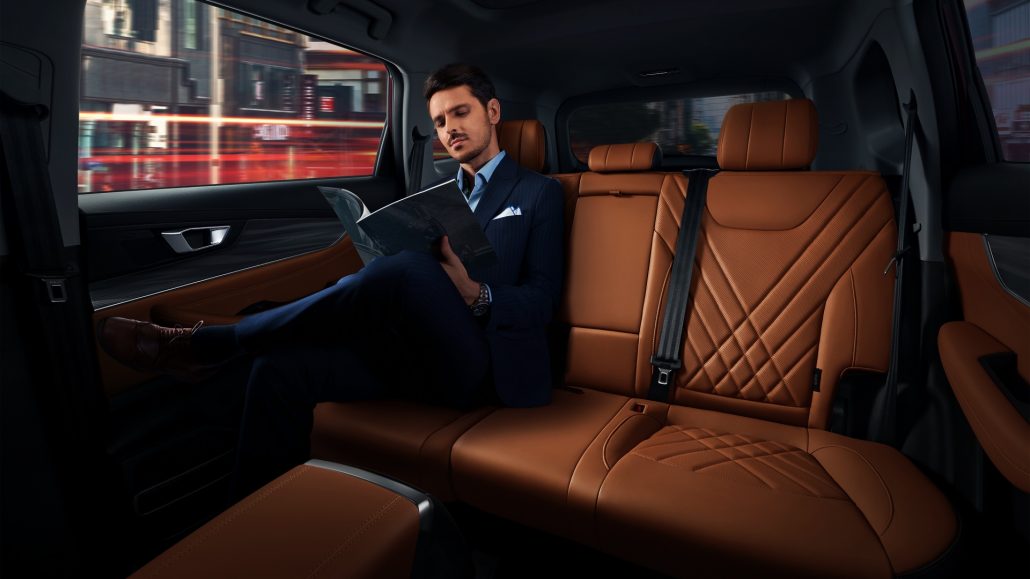
The seating layout is in a 2-3-2 setup, with Chery themselves describing the Tiggo 8 Pro as a 5+2. Indeed the third row is a little cramped compared to the PROTON X90 and Mazda CX-8, but if they’re for occasional use only (as tends to be the case with SUVs in this class), all should remain well.
Other standard features of the Tiggo 8 Pro include keyless entry and go (including a nifty walk-away lock), multi-colour ambient lighting, electric tailgate, wireless smartphone charging, an electronic parking brake, and a standard 360º camera.
Safety is managed by a generous list of active and passive safety systems. On the former, the Tiggo 8 Pro offers adaptive cruise control, autonomous emergency braking, lane departure alert & assist, blind-spot monitoring with door-open warning, and rear cross-traffic alert. And on the passive side, the Tiggo 8 Pro offers more airbags than any other competitor in the segment.
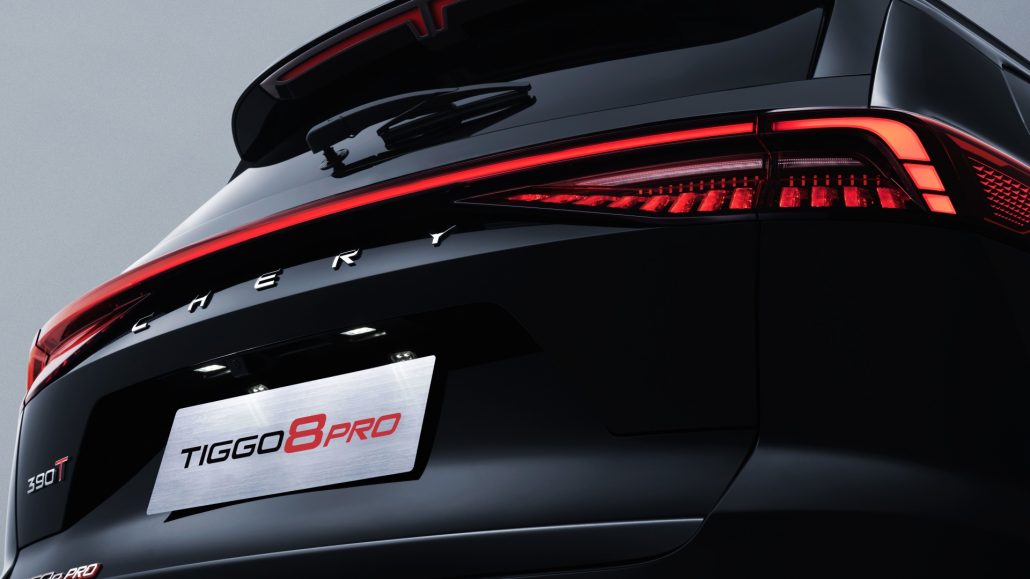
Chery is assuaging customer concerns about reliability and serviceability in two ways: First, it has announced 31 operating showrooms nationwide that can handle sales & aftersales from point of launch, with more expected to open in the near future. Second, all new Chery models will come as standard with a 7-year/150,000km warranty and 5-years free service (with free labour for every alternate service). The first 3,000 Chery customers will also benefit from an industry-leading 10-year/1,000,000km powertrain warranty – for the 3,001st customer onwards, this coverage will set them back an additional RM2,000.
It’s very clear that Chery, like many Chinese brands, have big ambitions. Malaysia will be a key market for them, having invested in assembly facilities in Kulim, Kedah and rolling out not just the Tiggo 8 Pro but the smaller Omoda 5 in CKD-form from the get-go. Brand bosses have committed to Malaysia as their right-hand drive assembly and R&D hub too, eager to add value to the mature Malaysian automotive economy and to create high-value jobs in the sector.
GALLERY – 2023 CHERY TIGGO 8 PRO LUXURY
